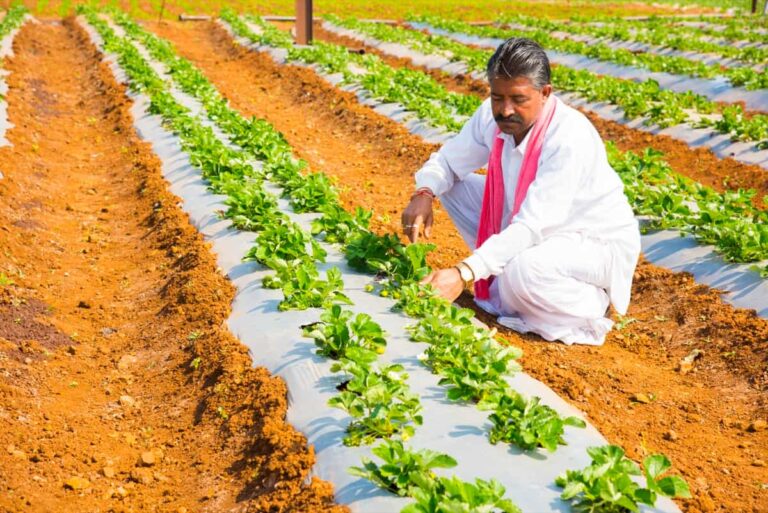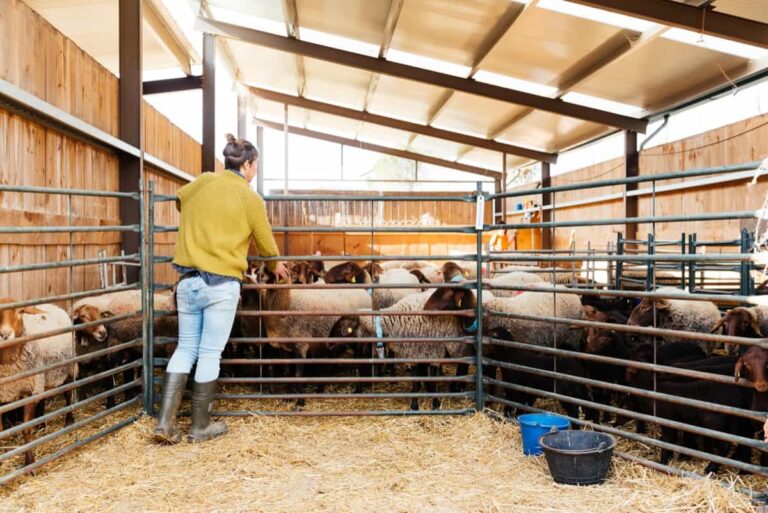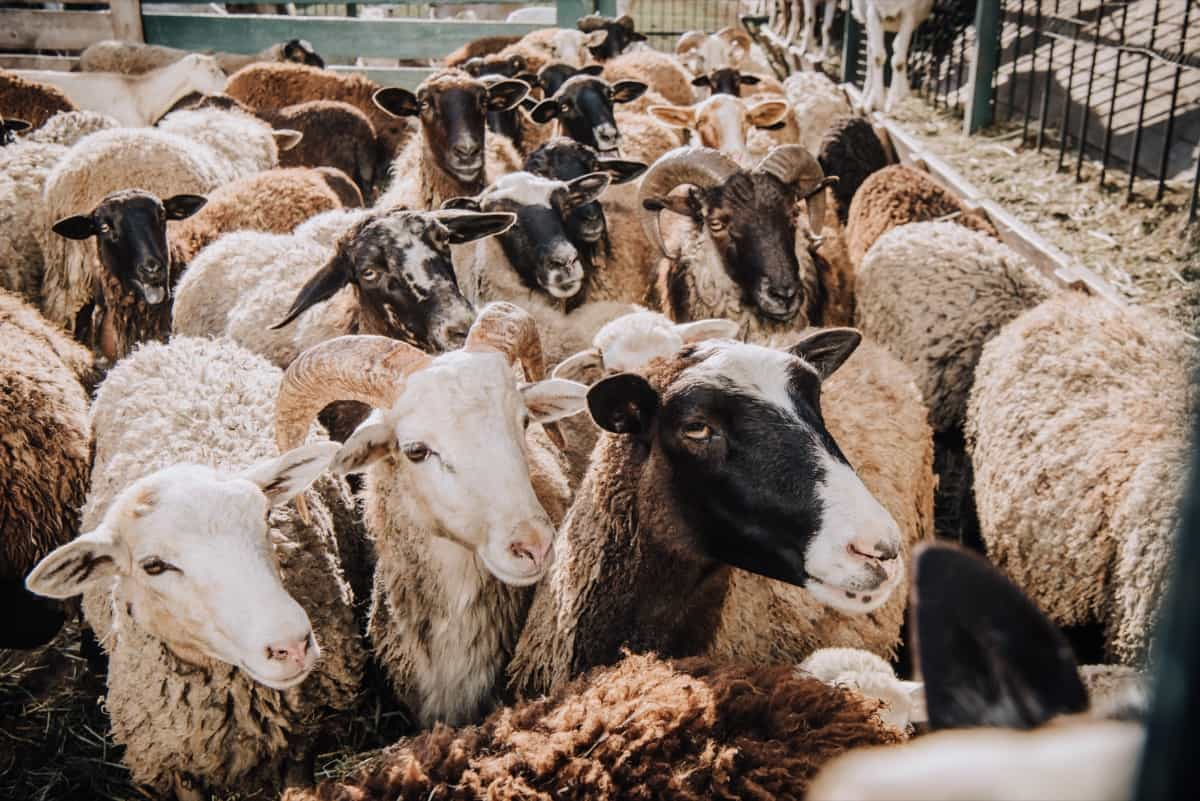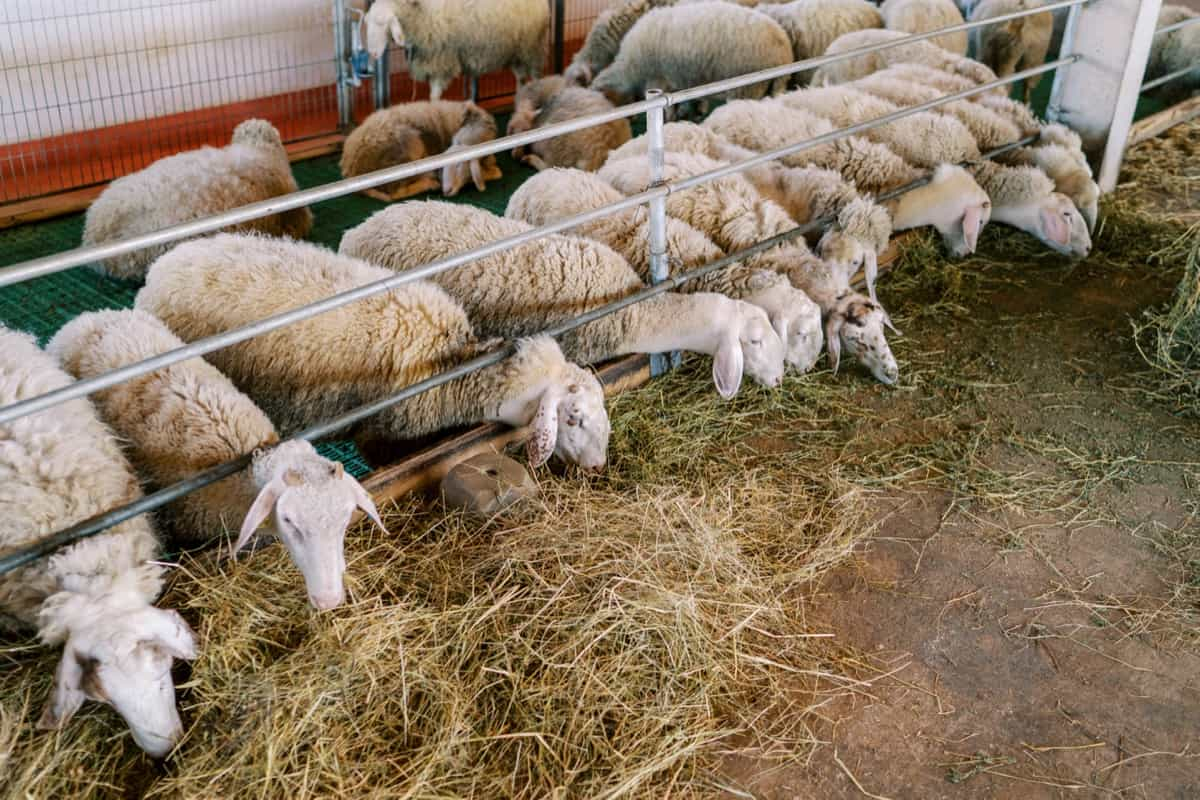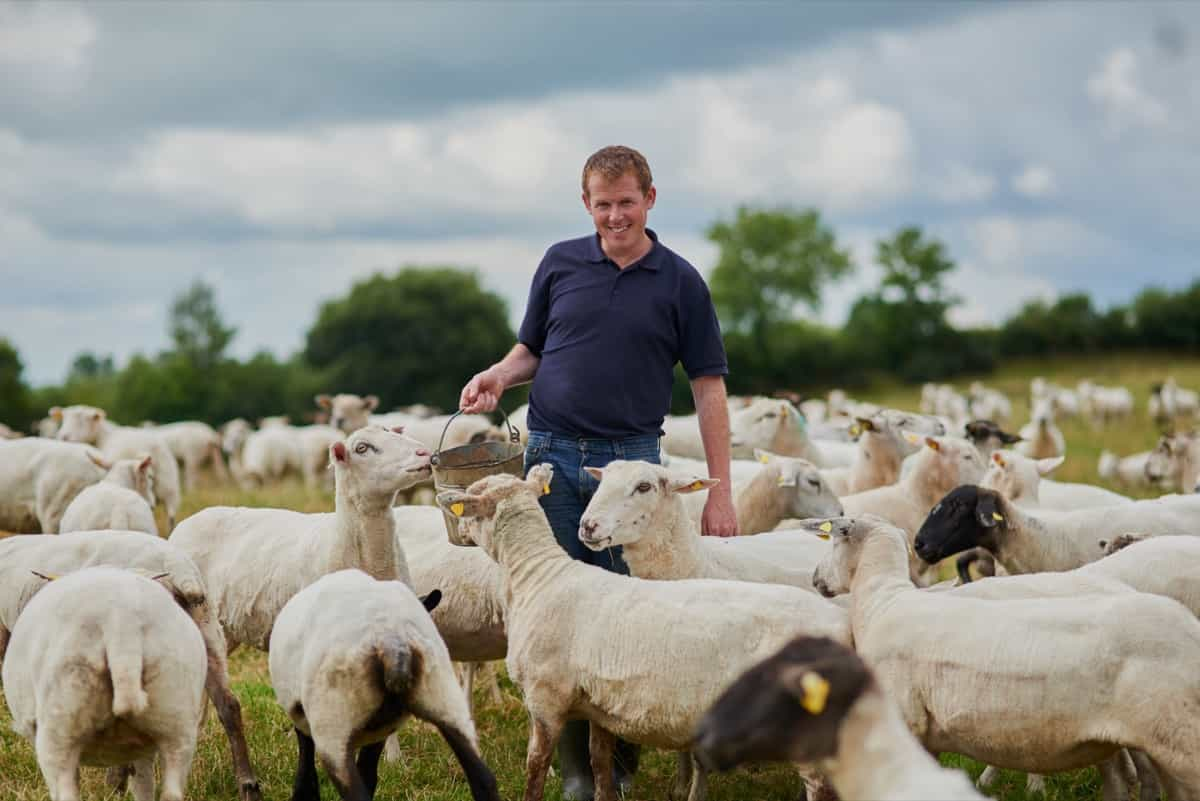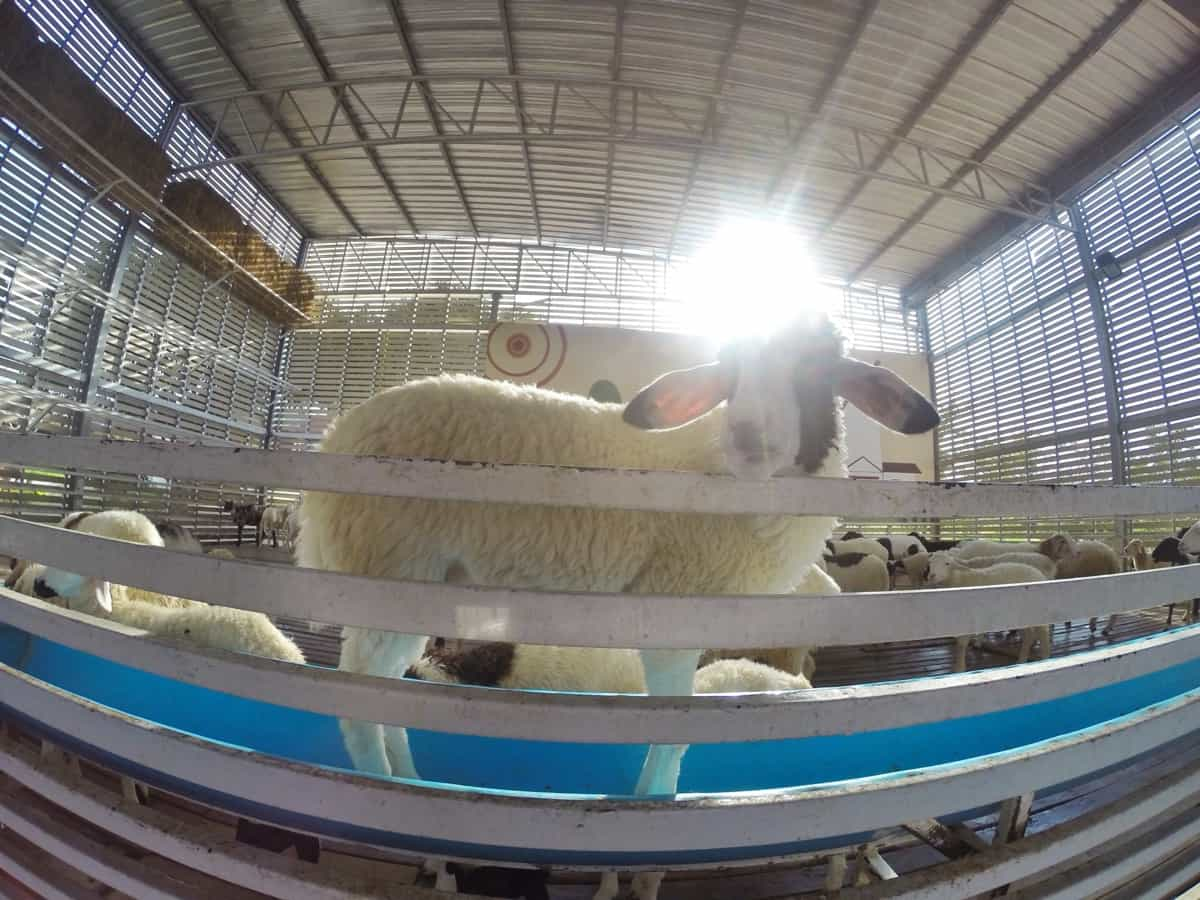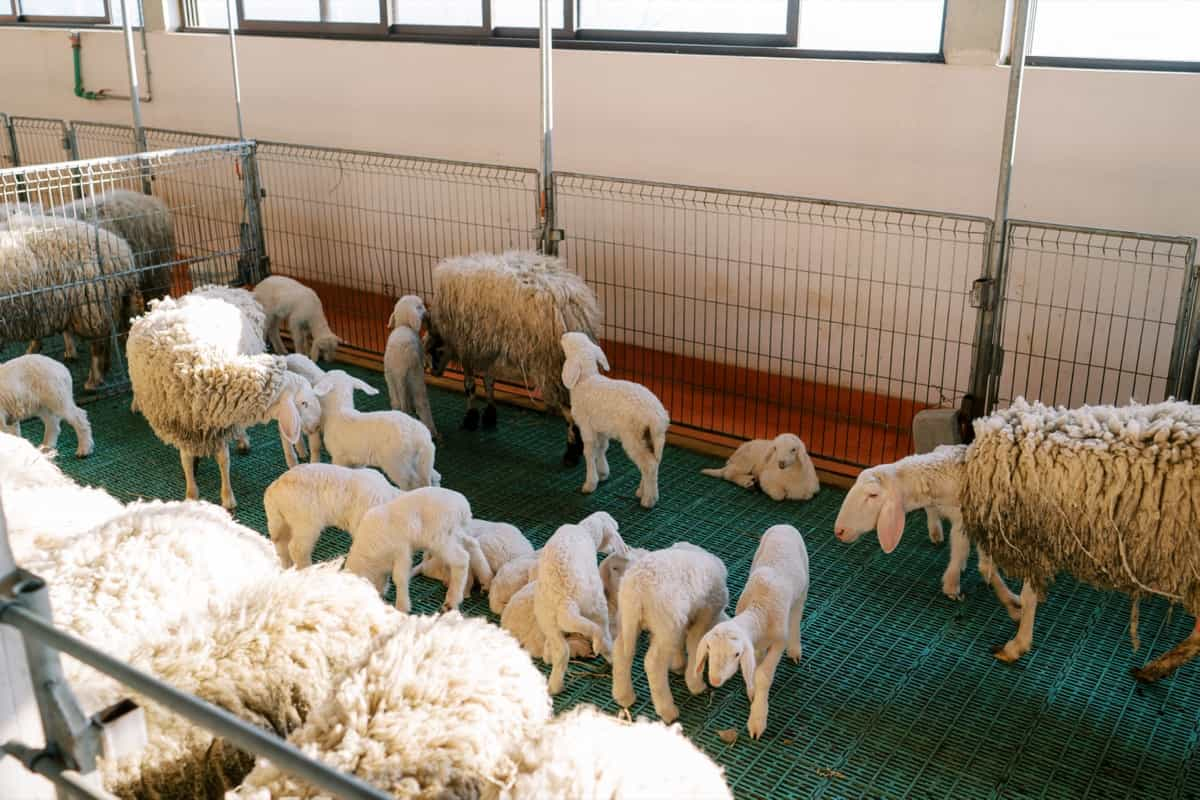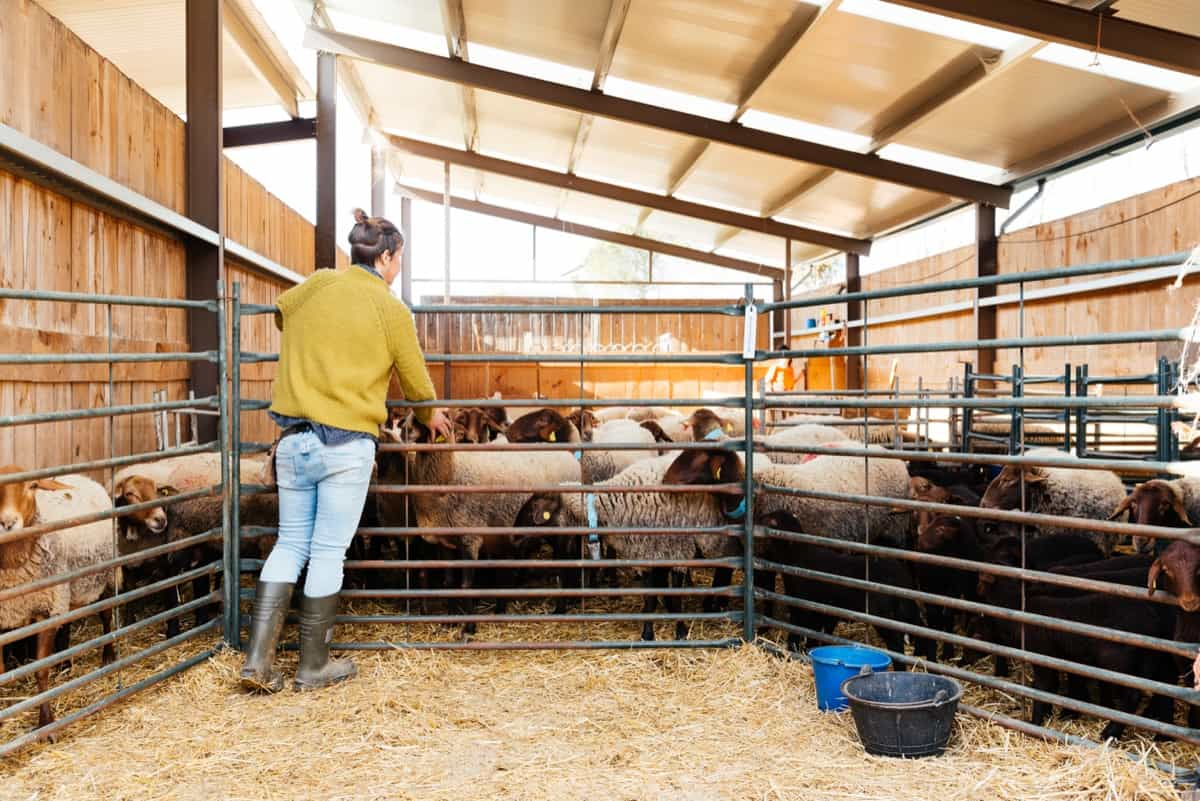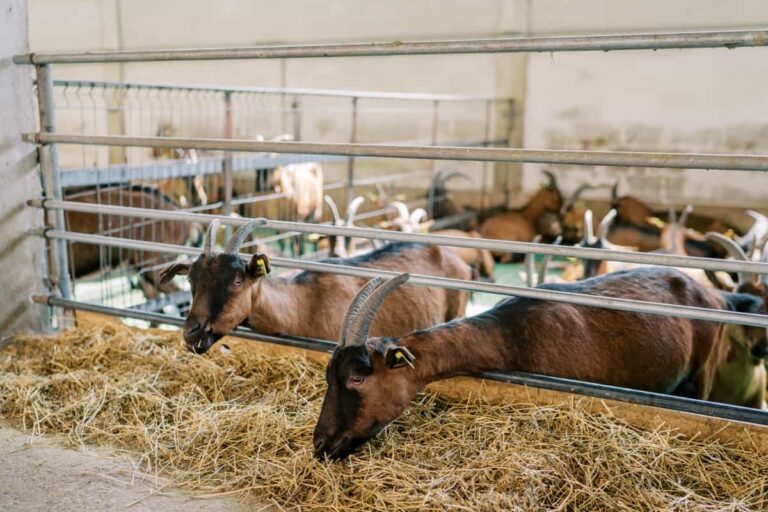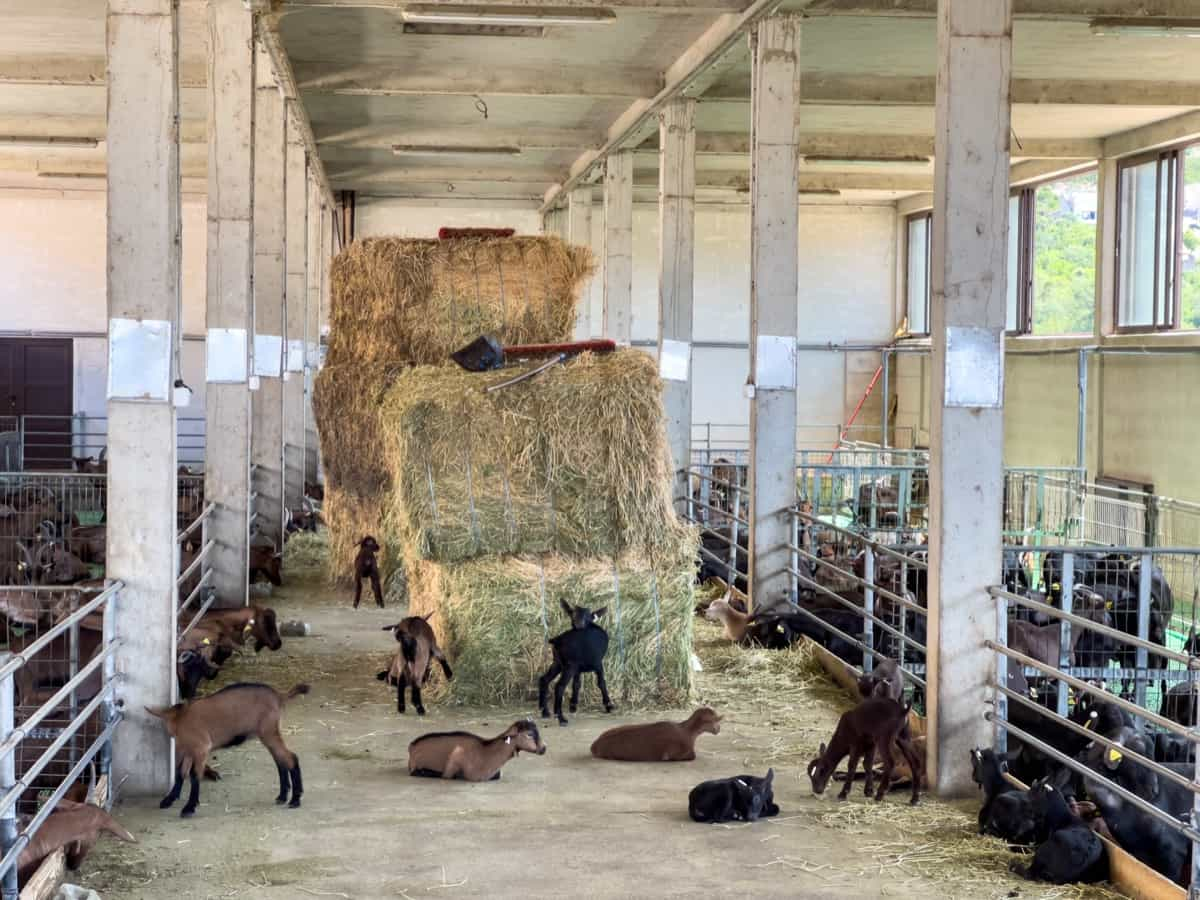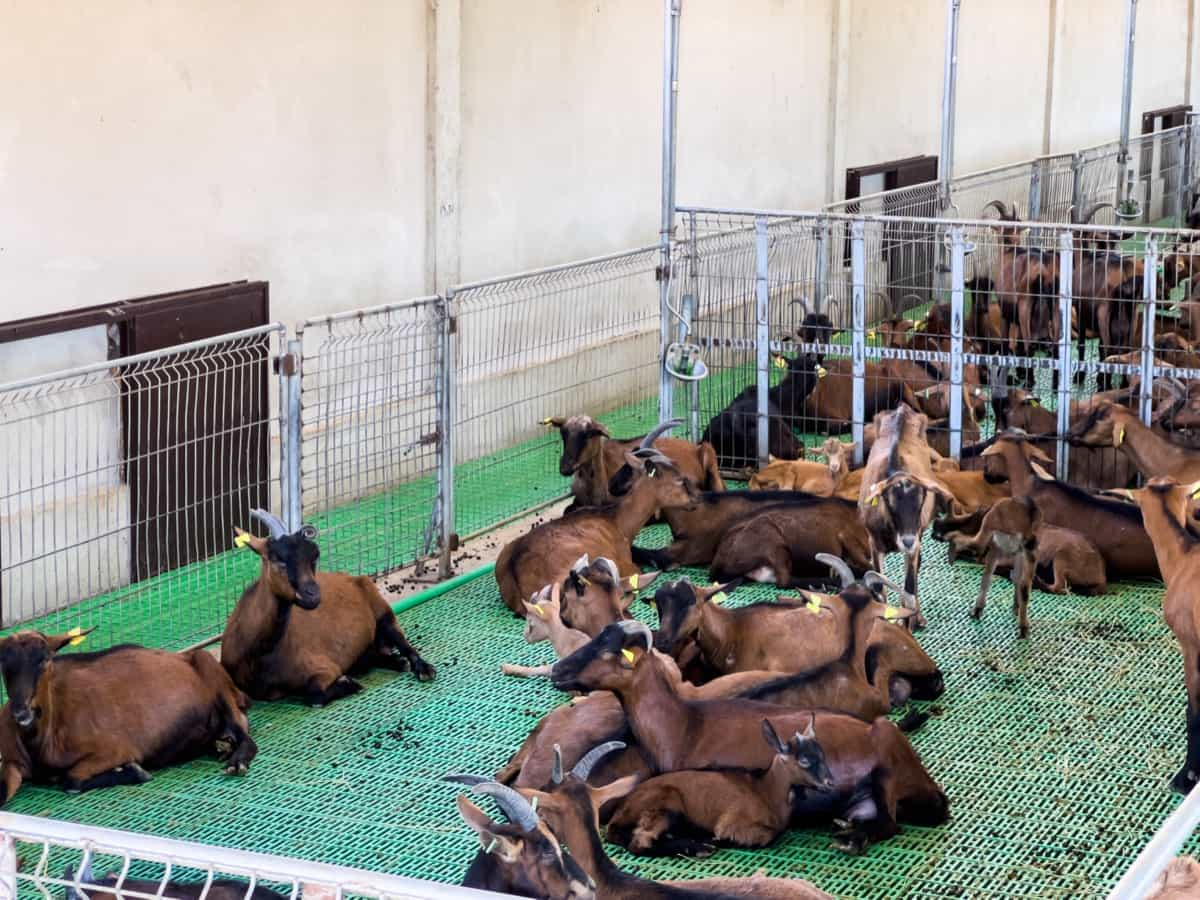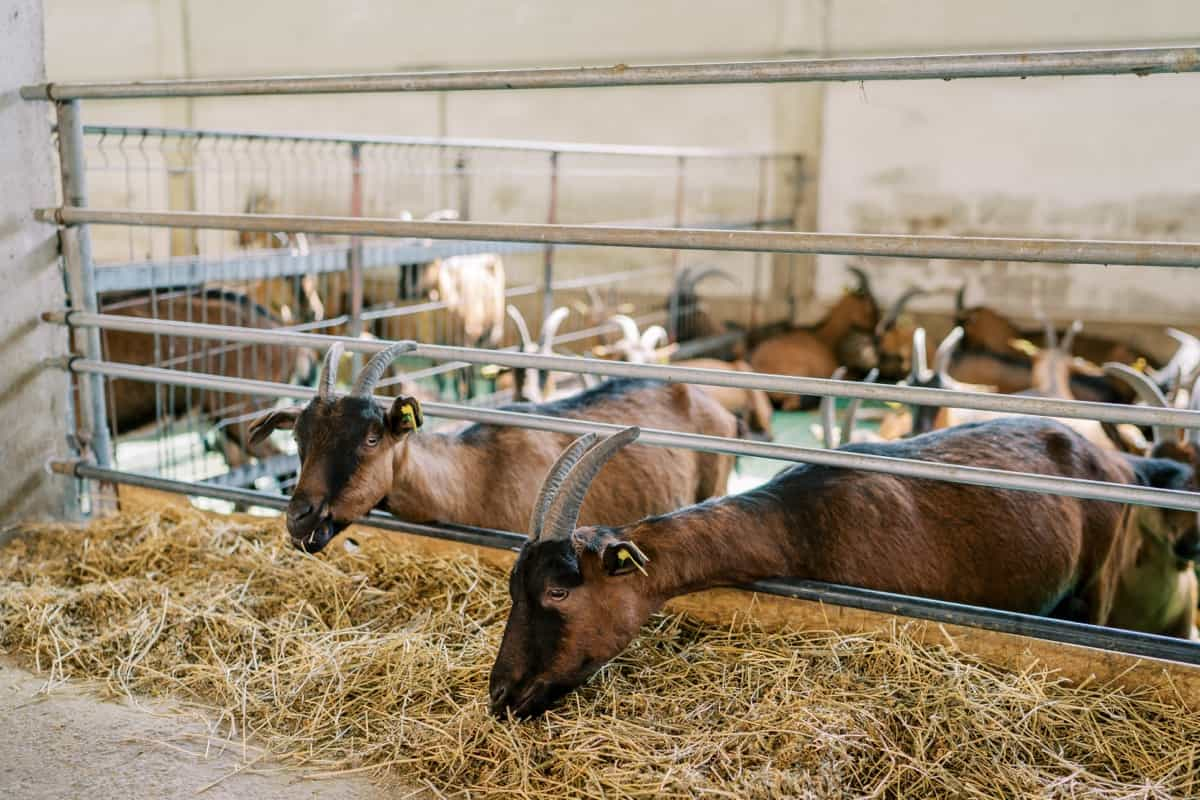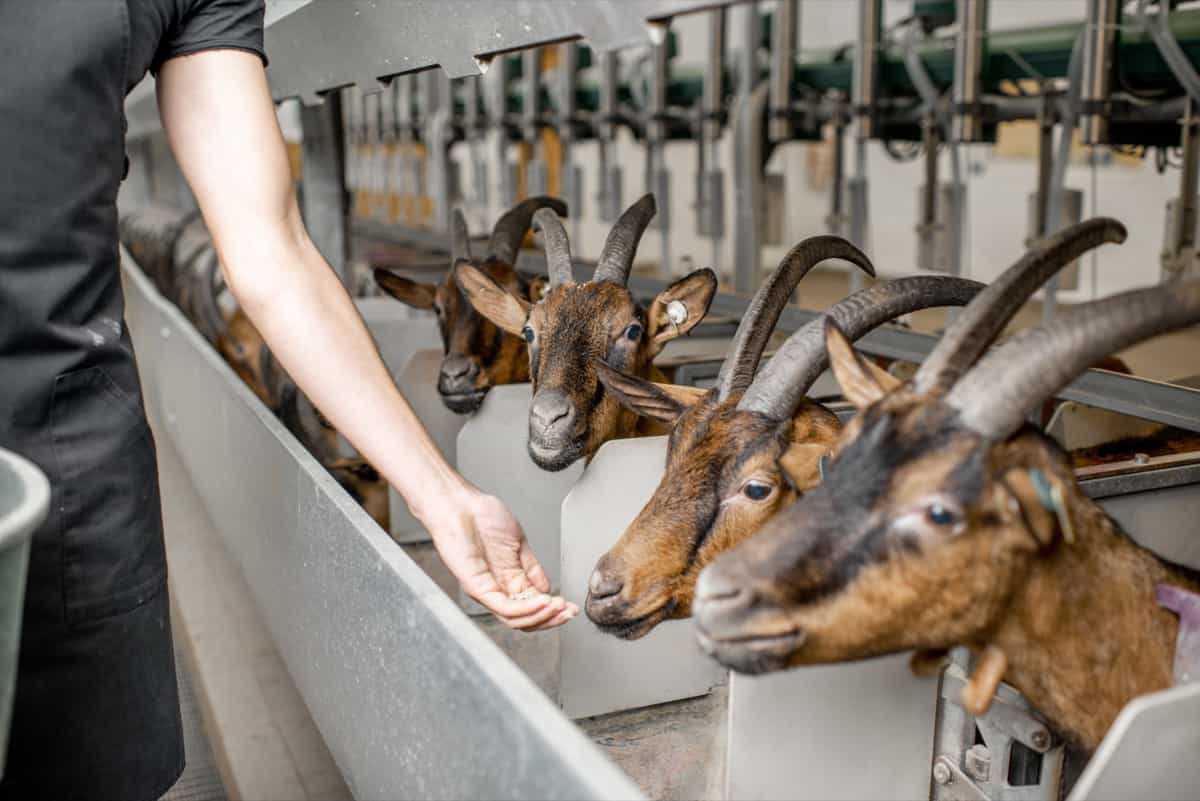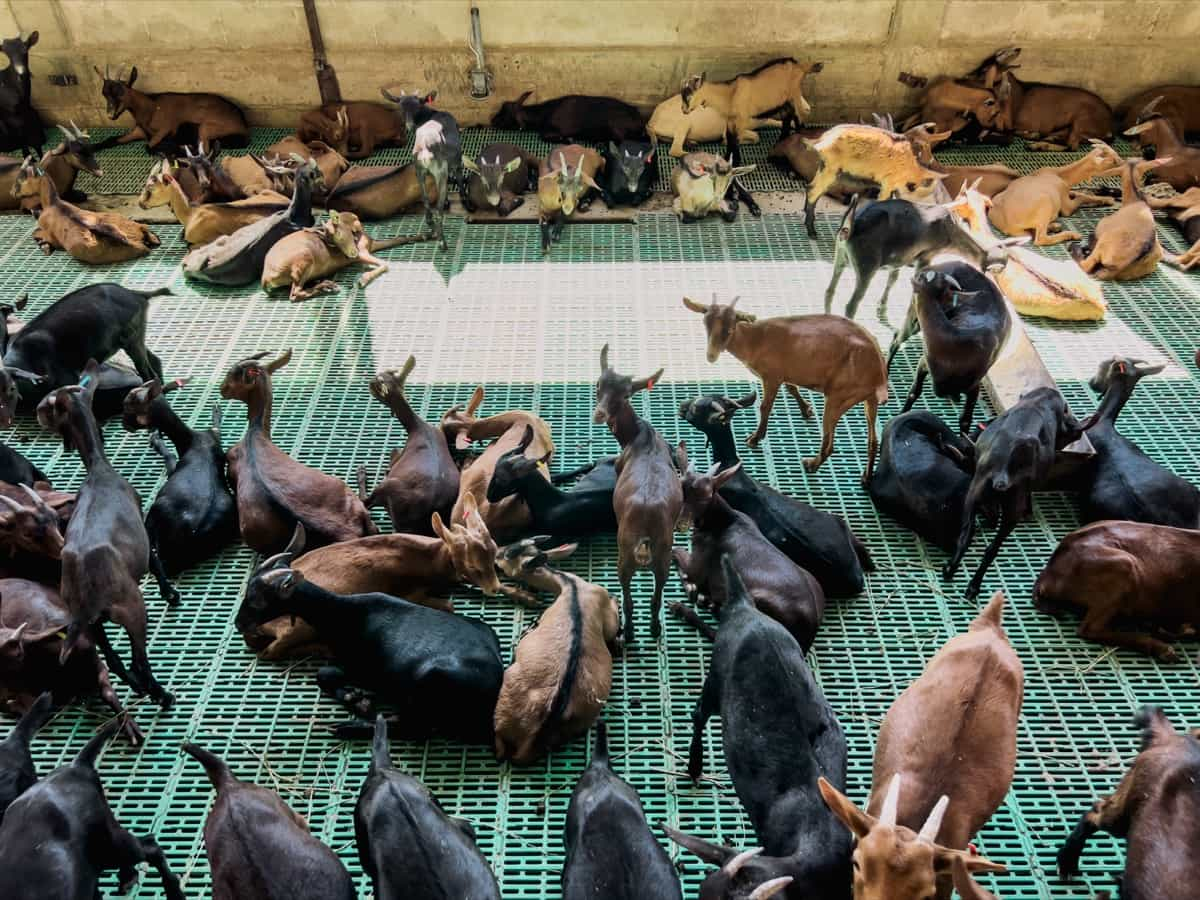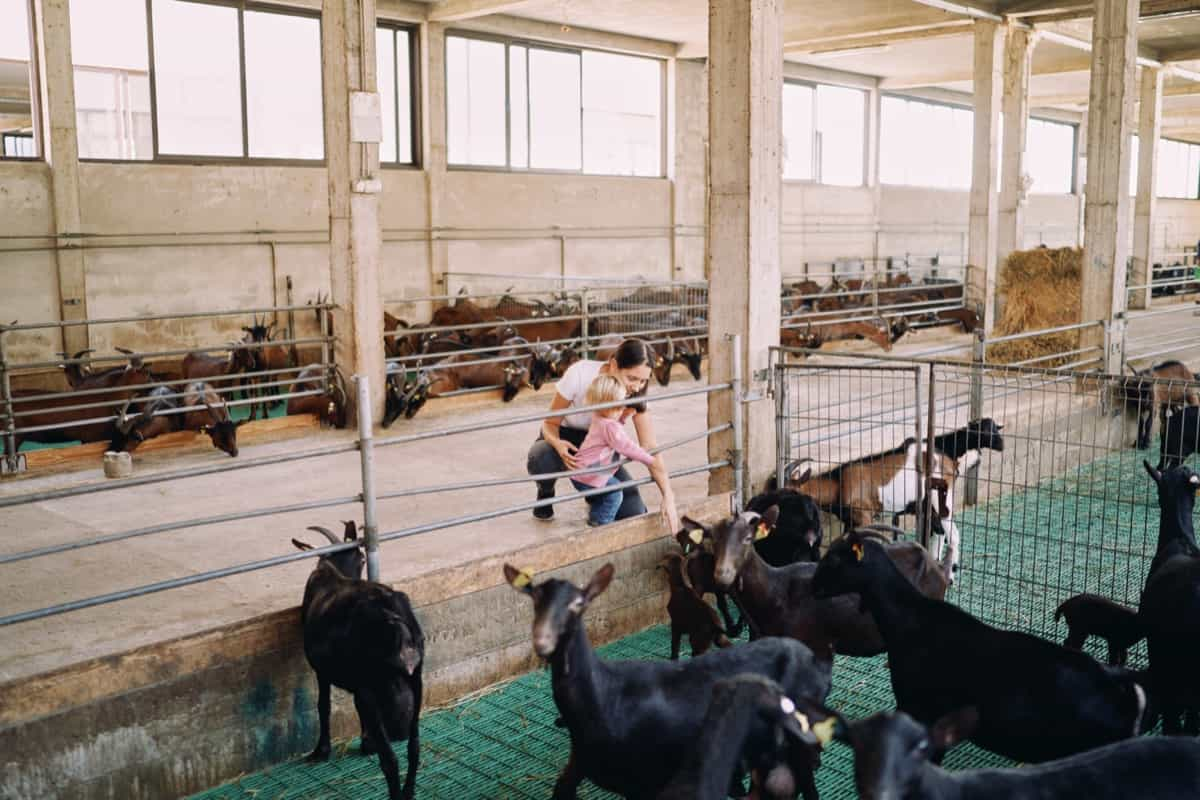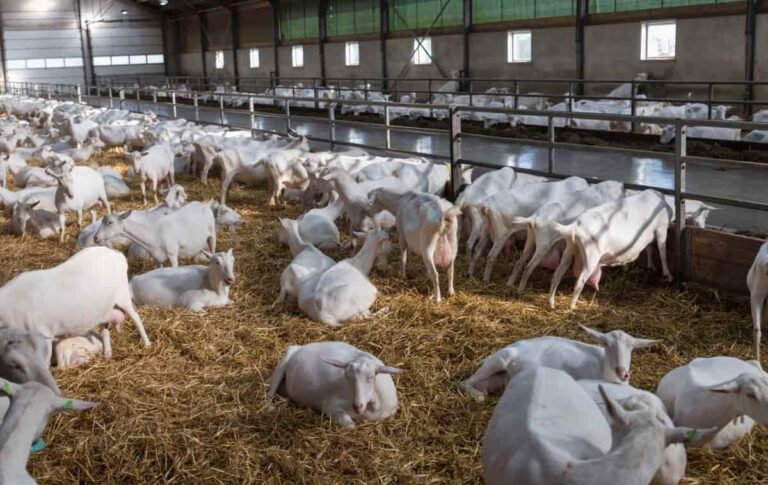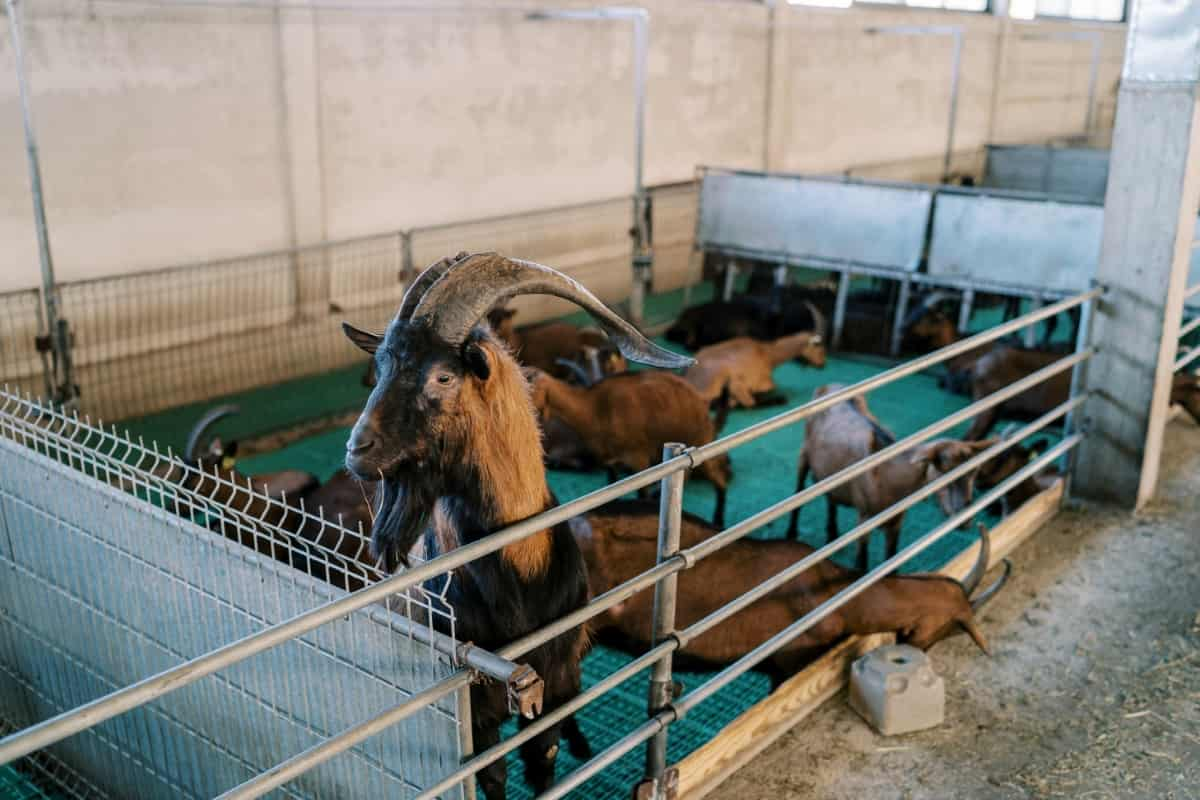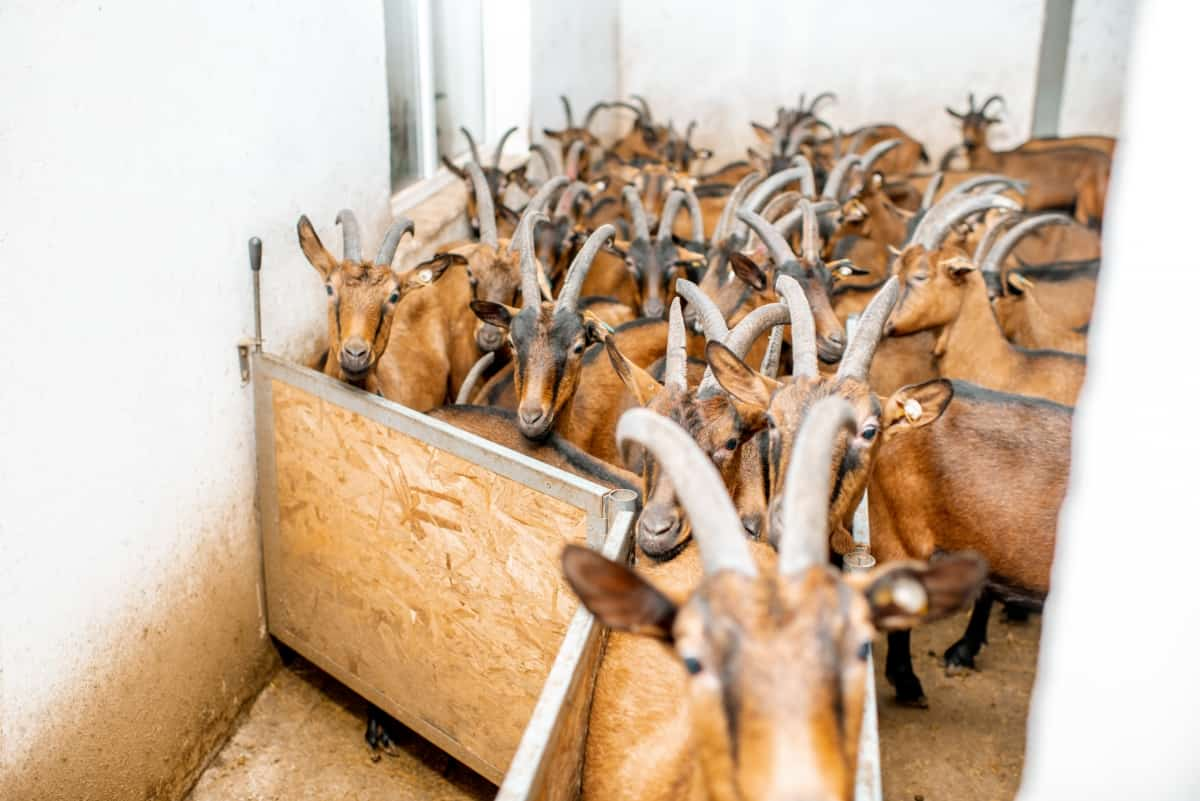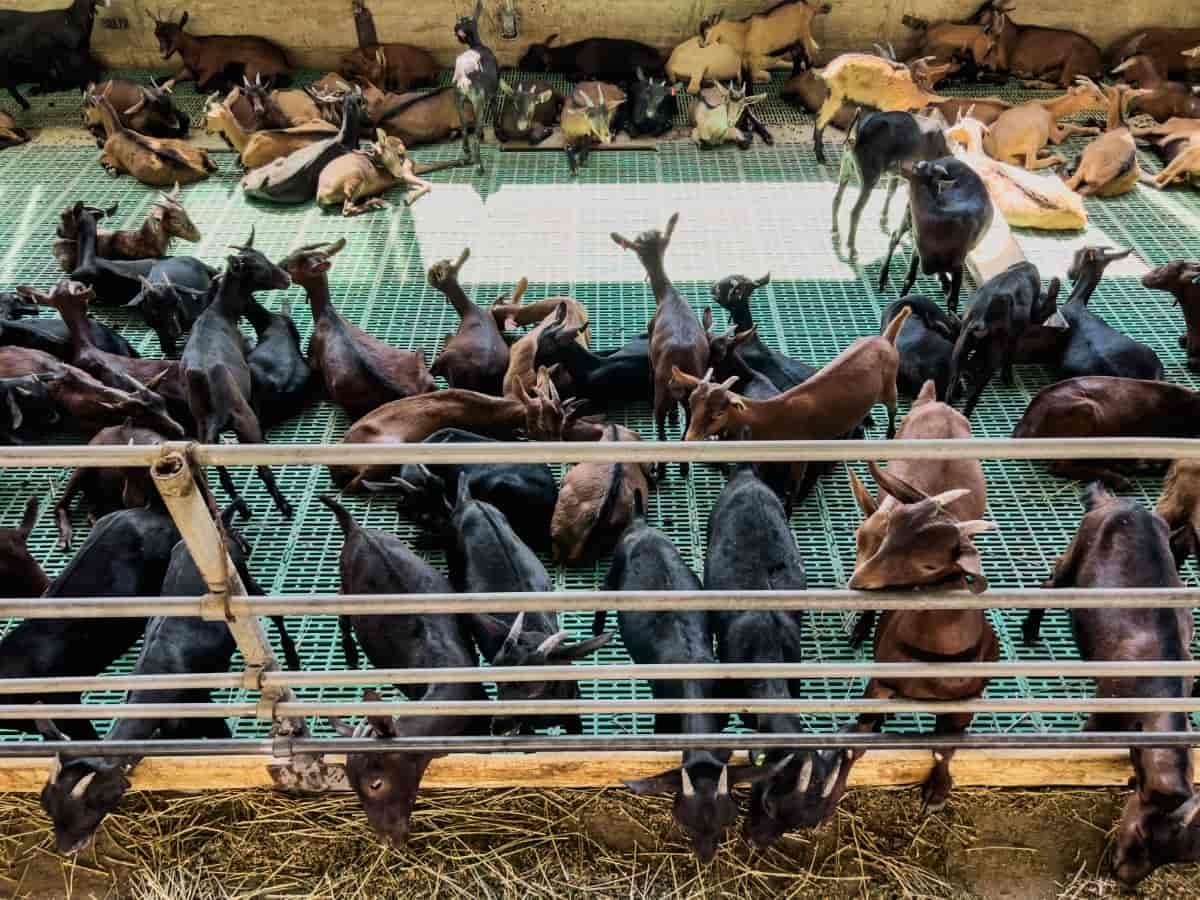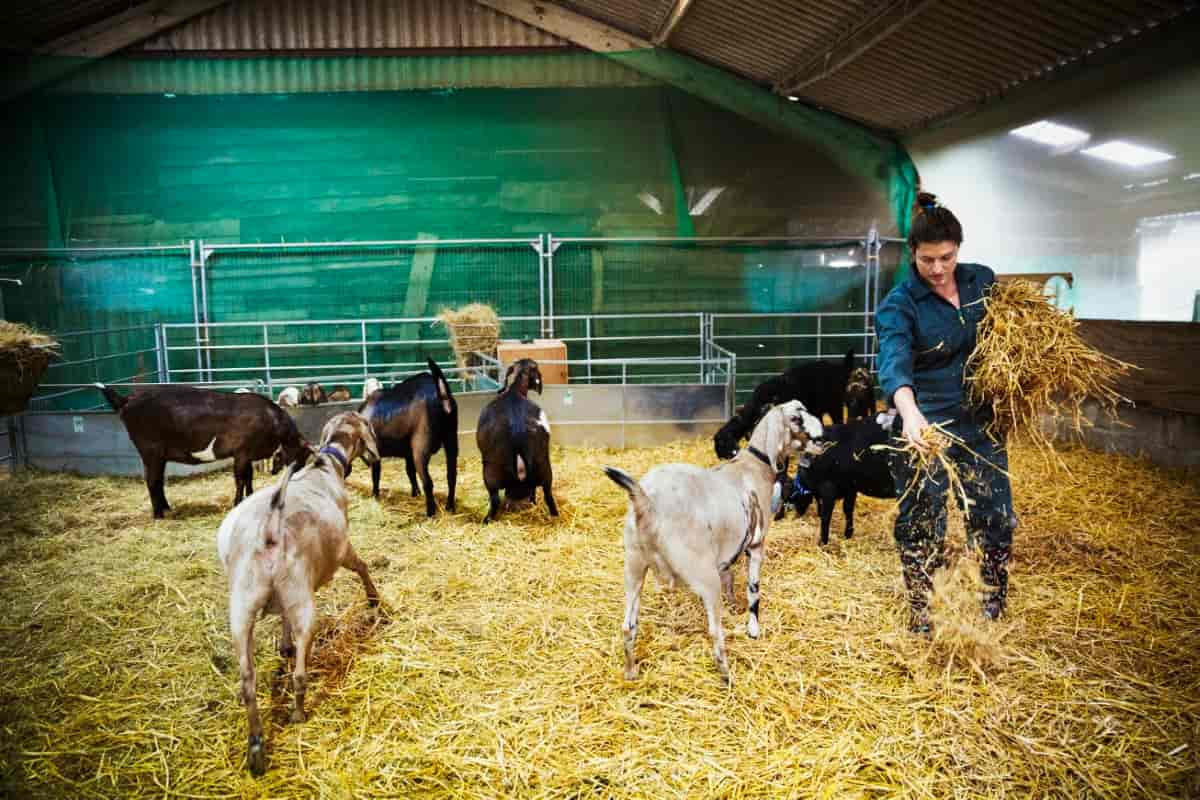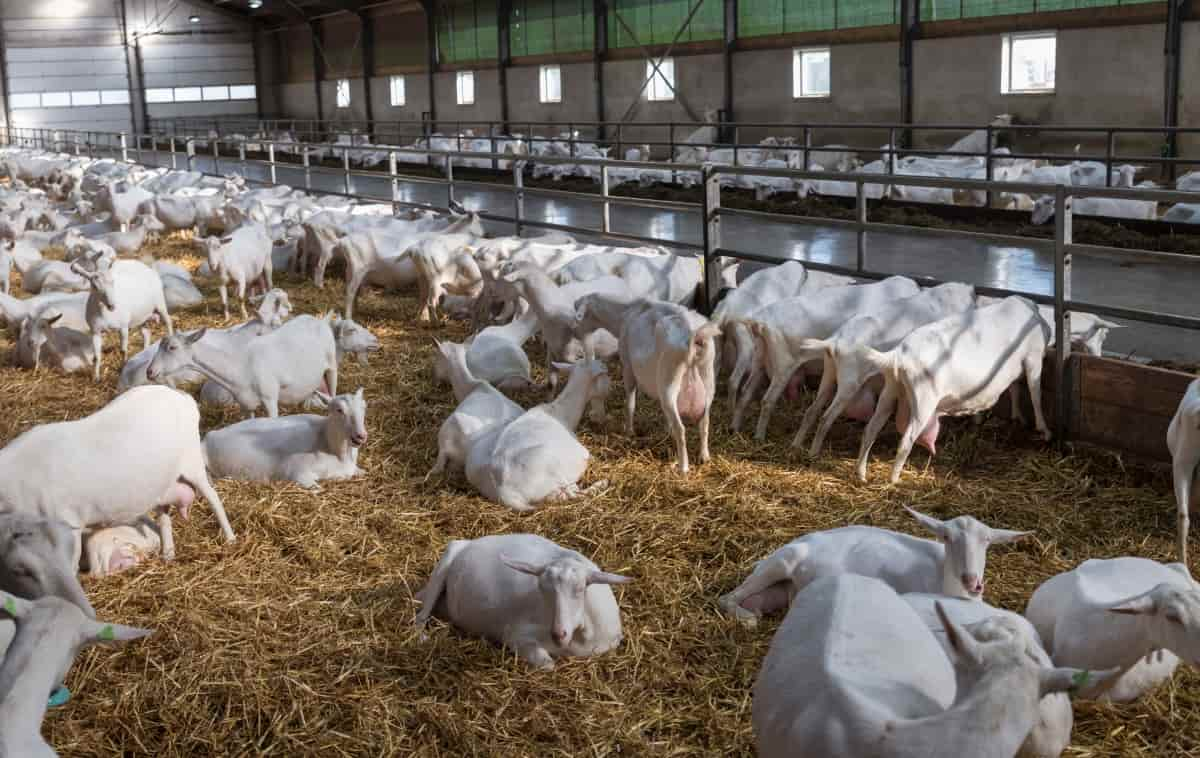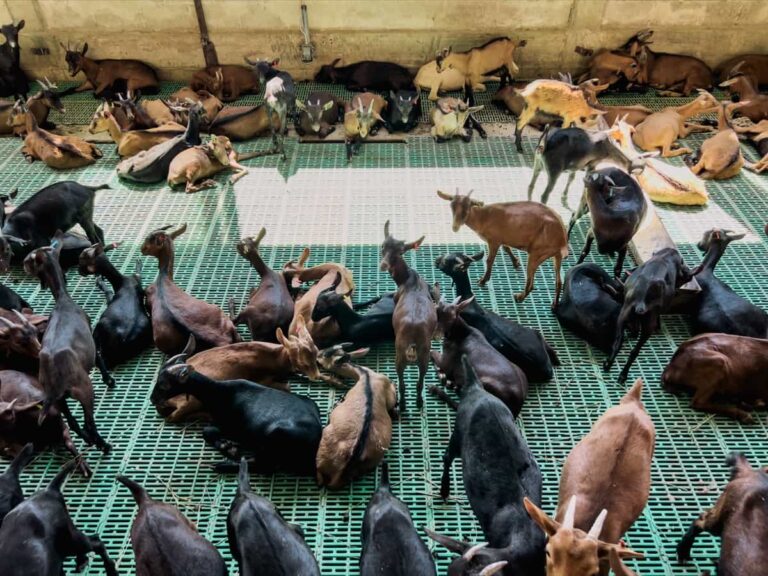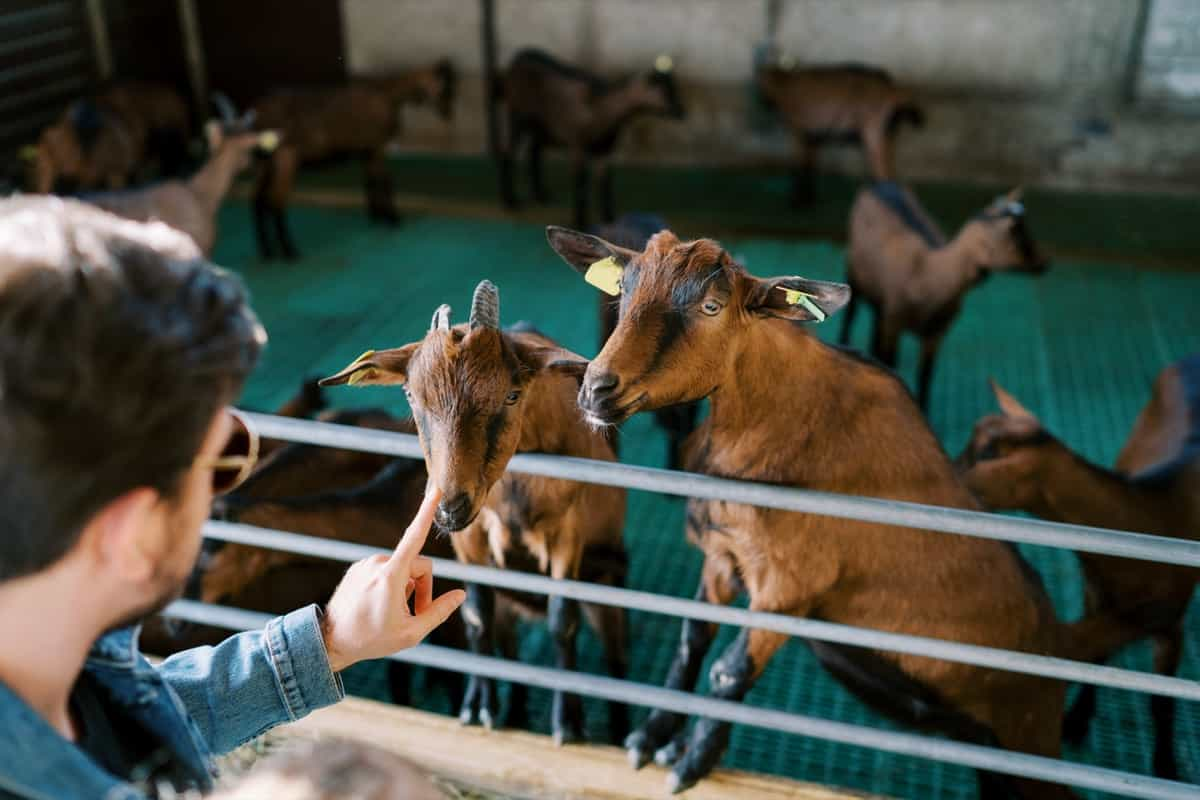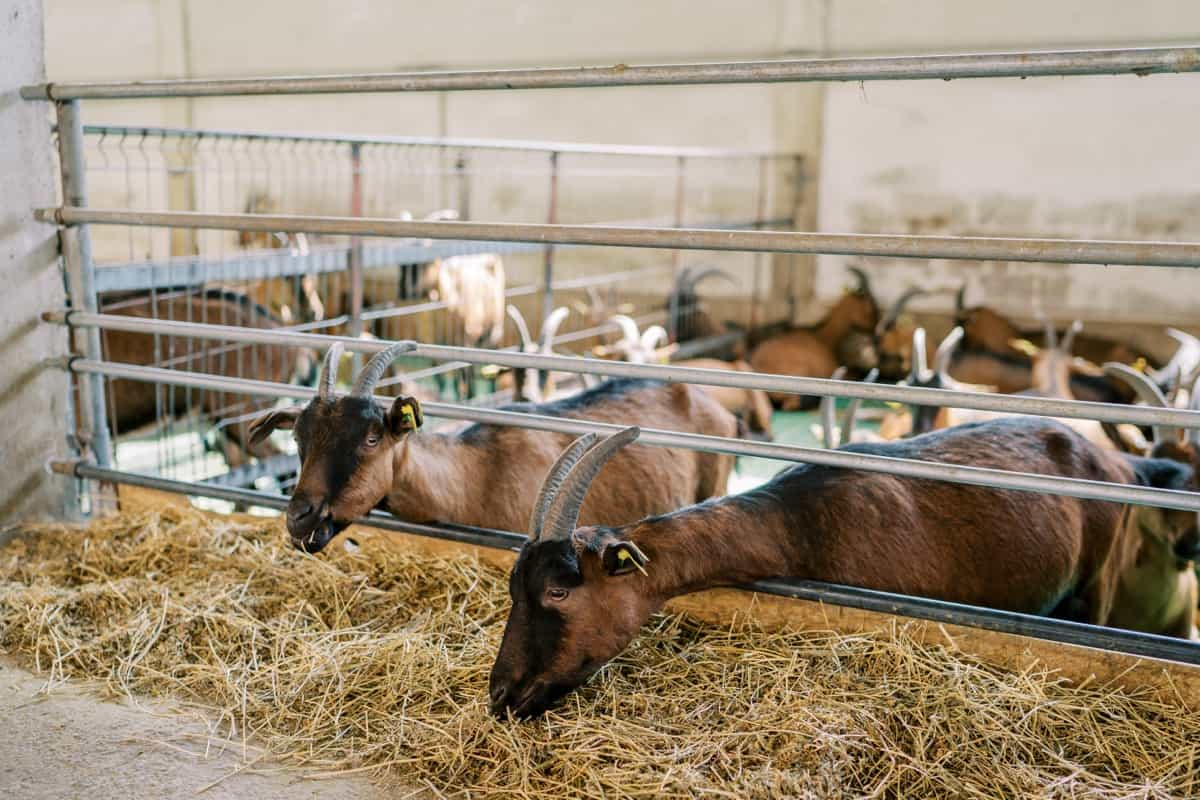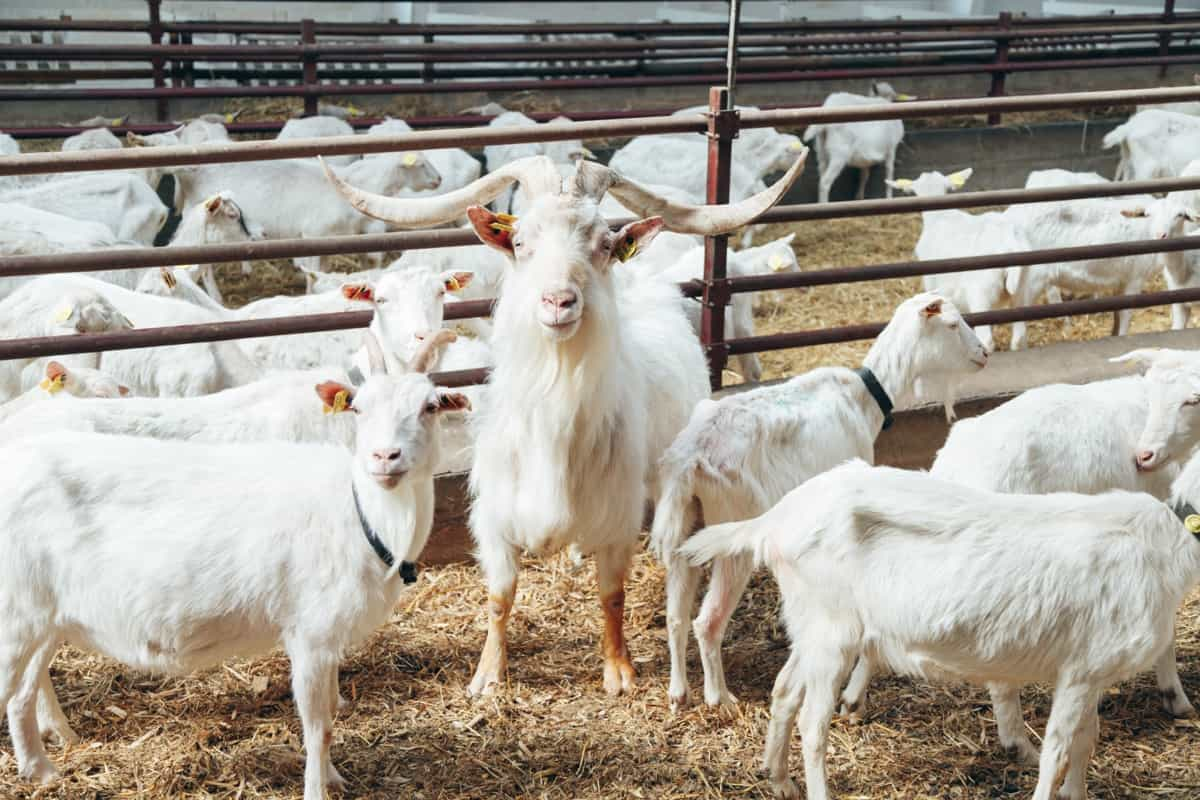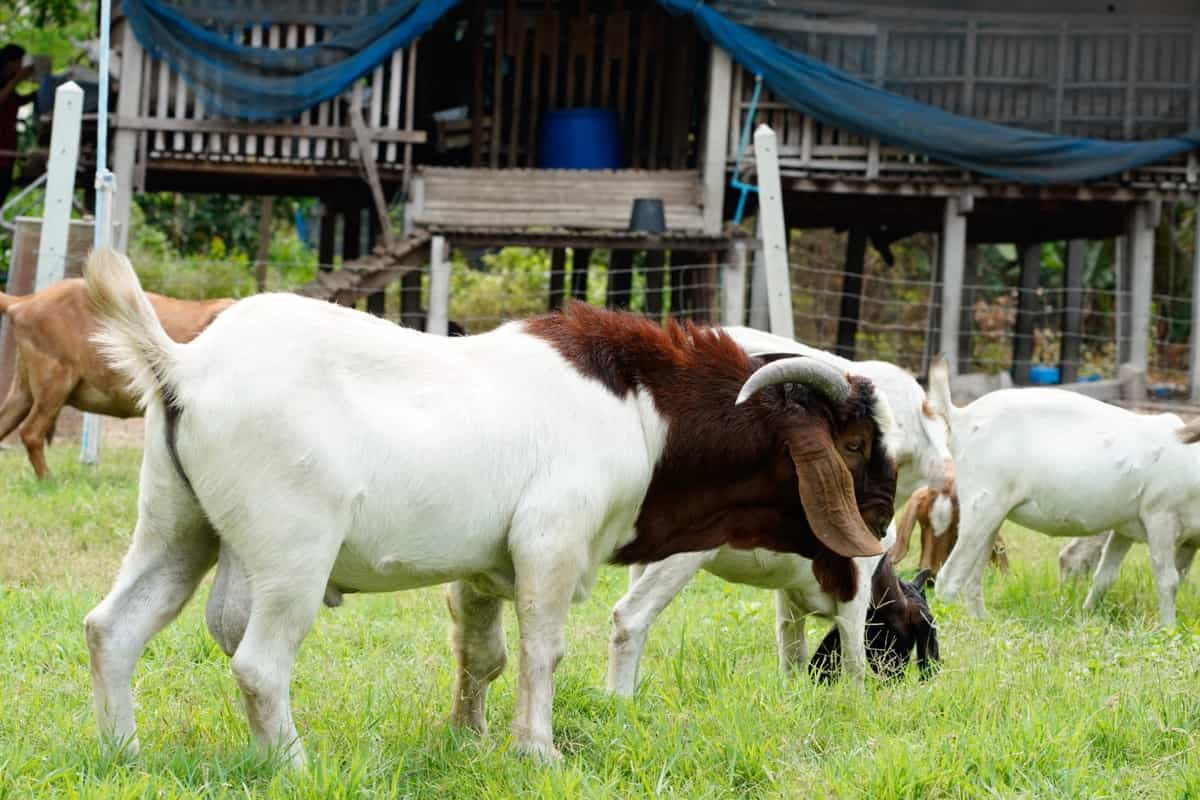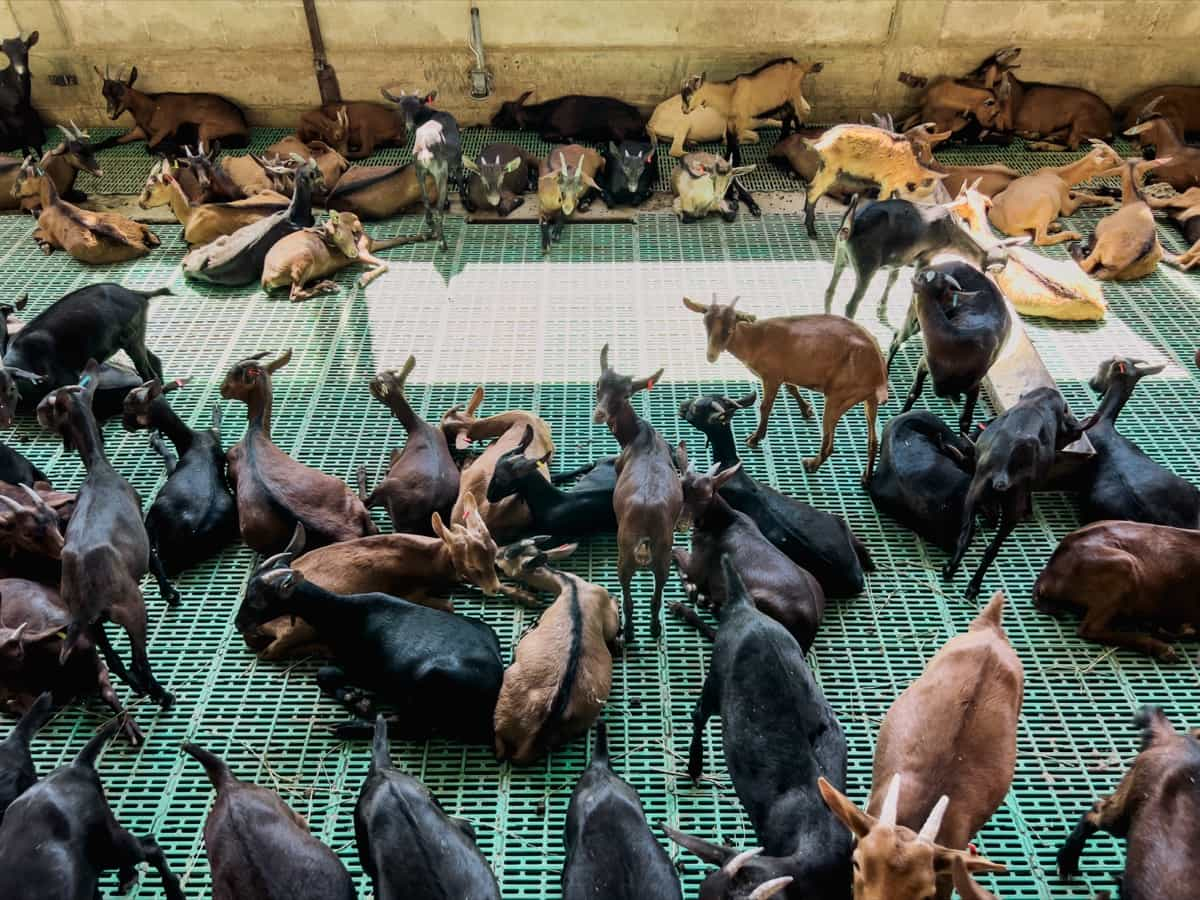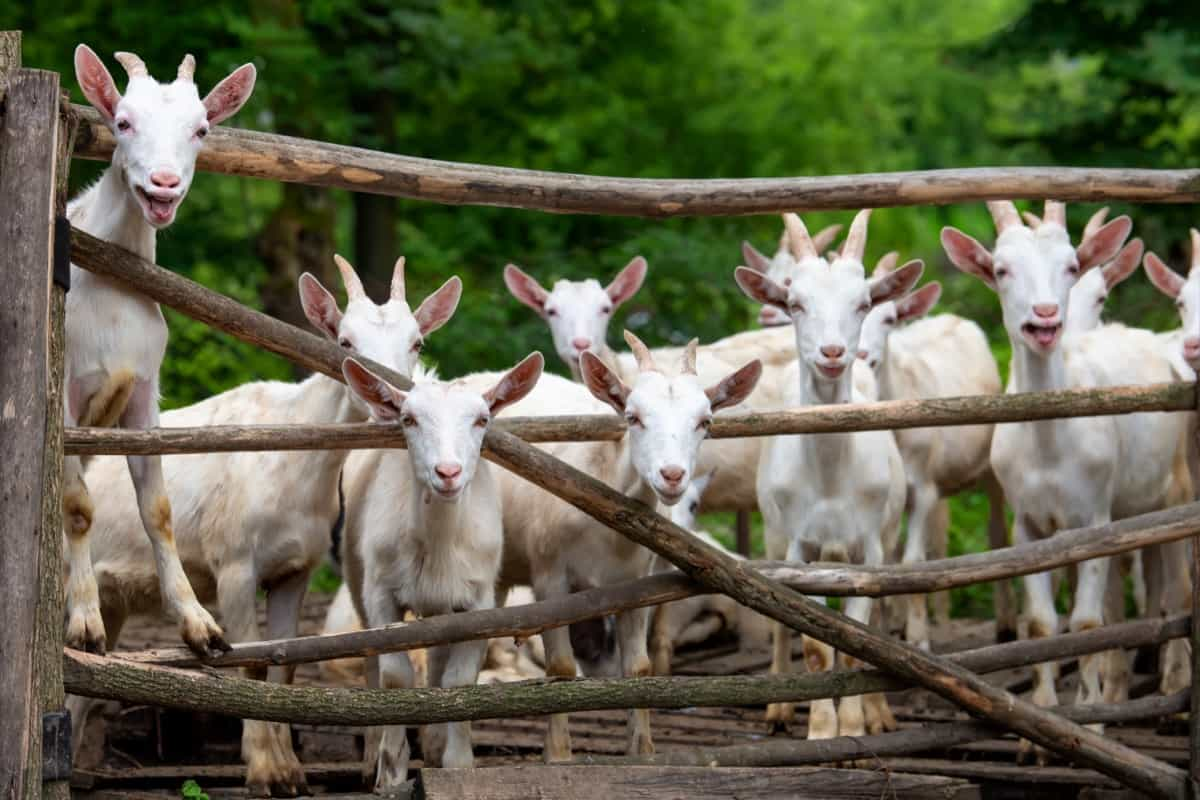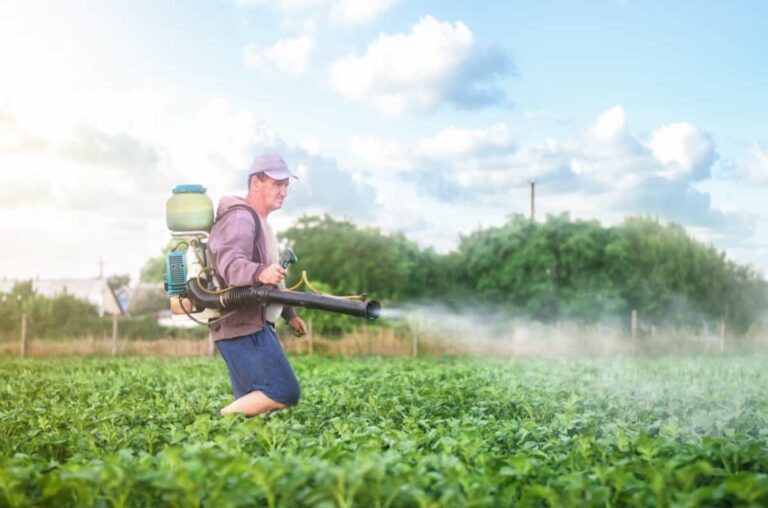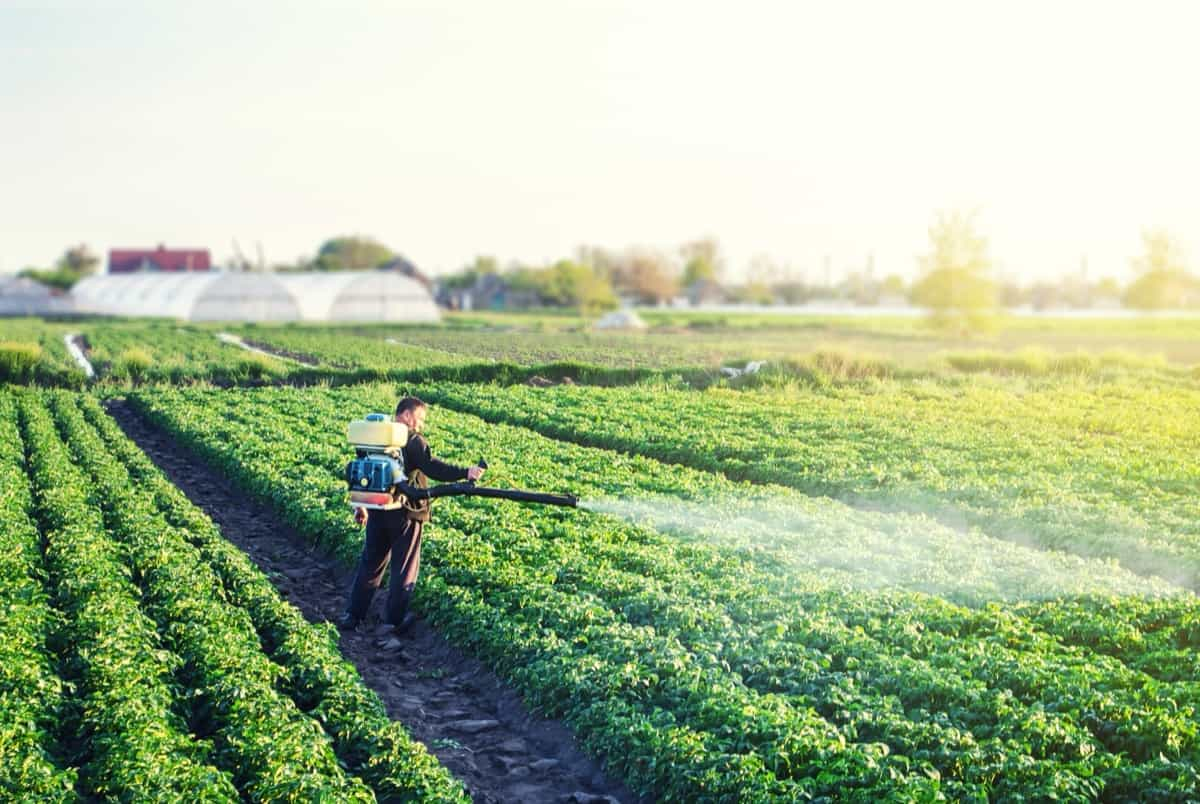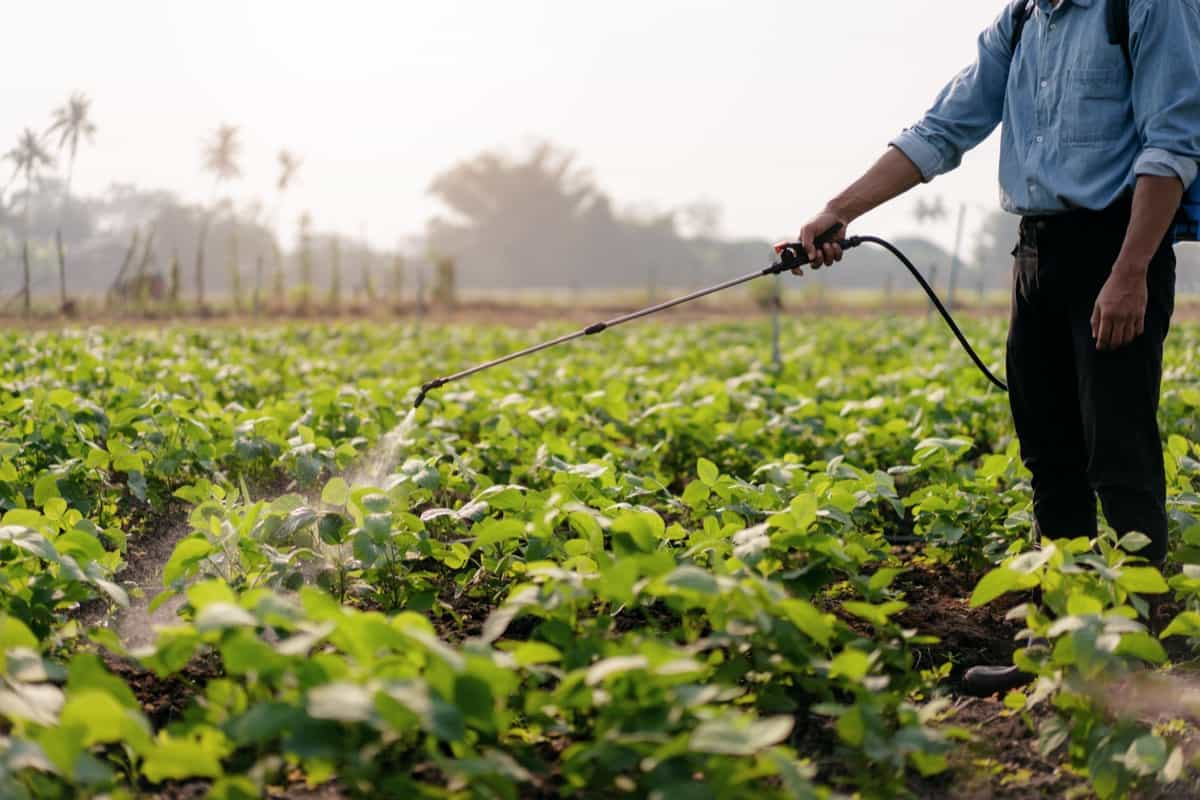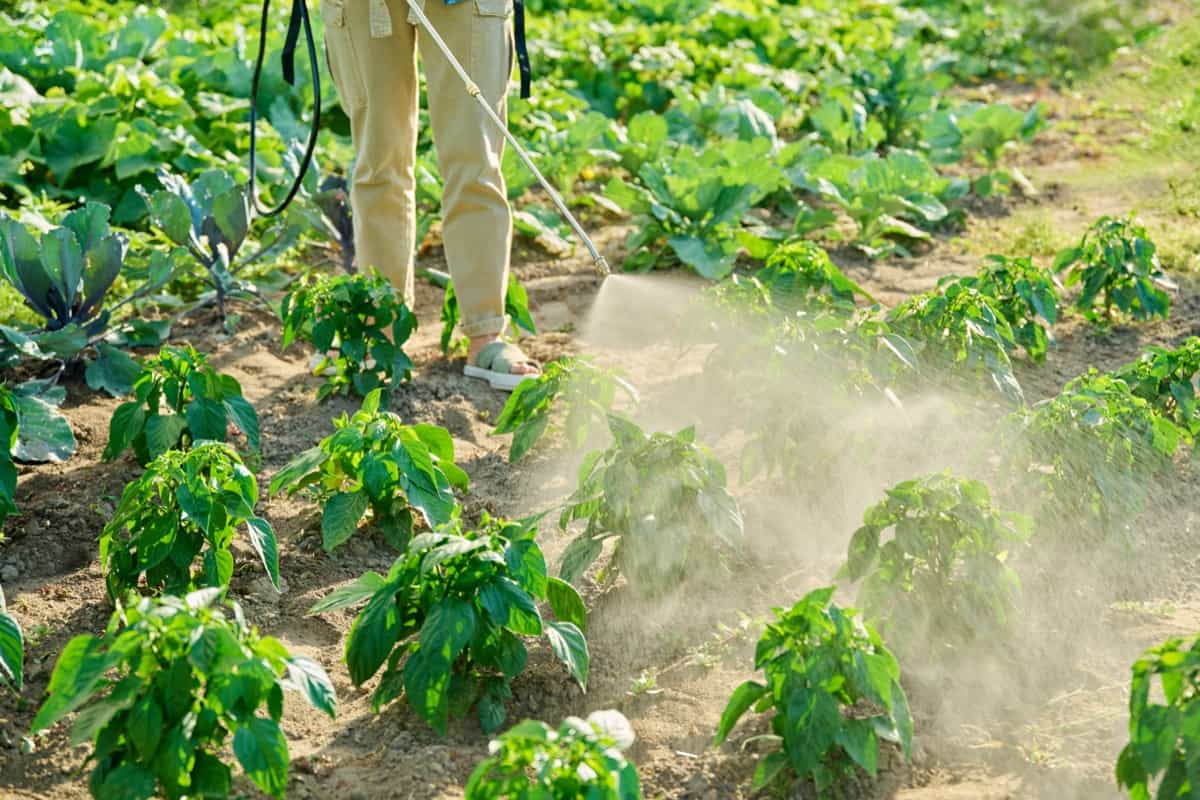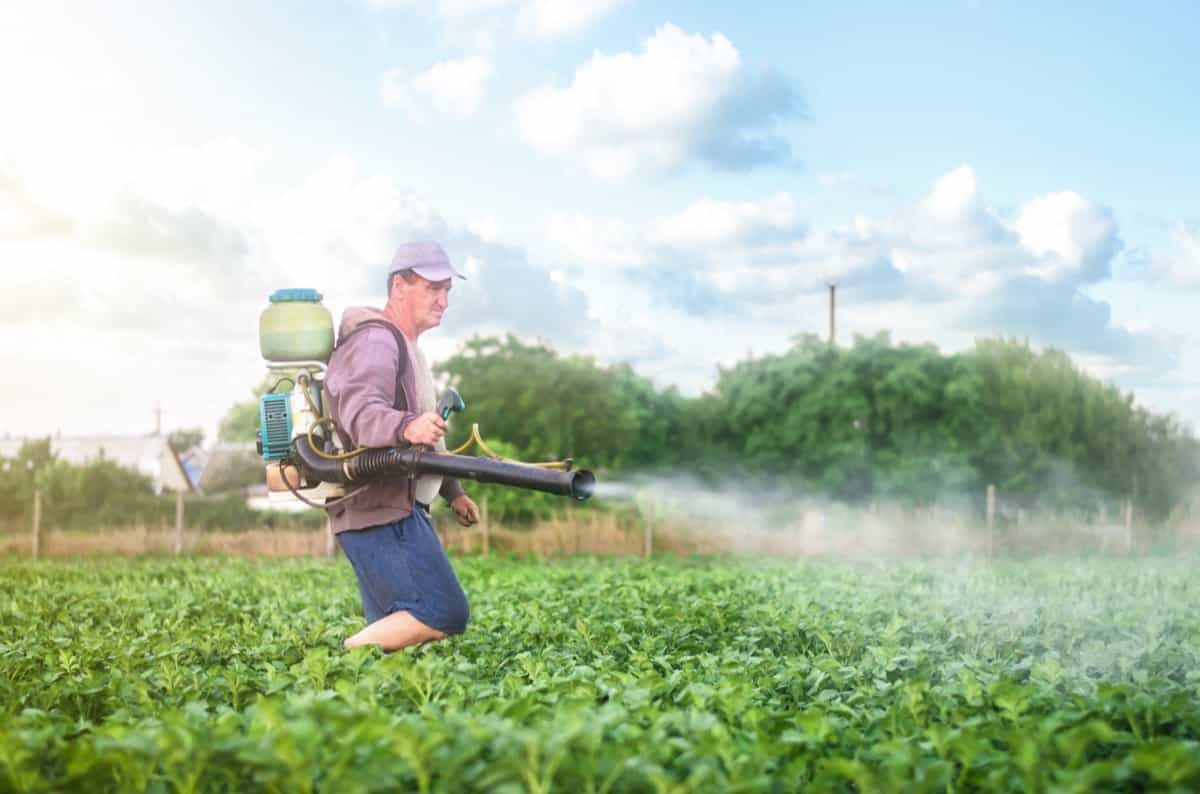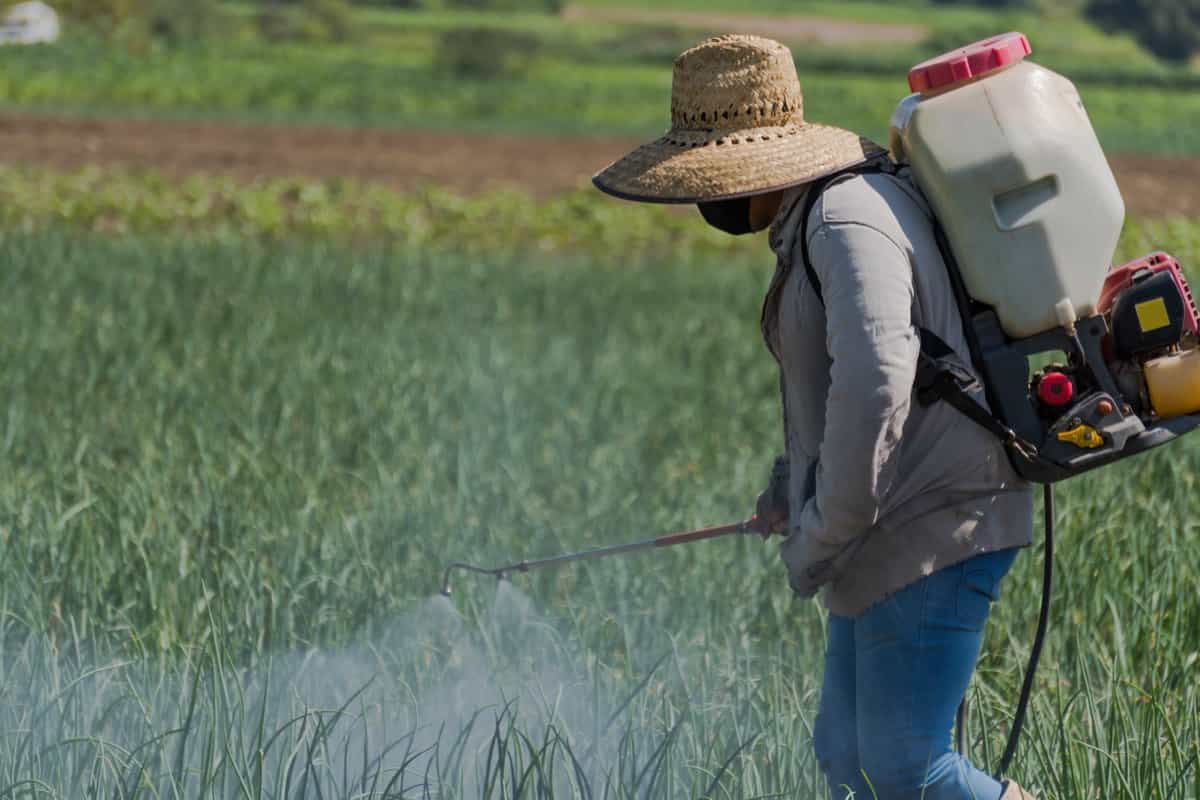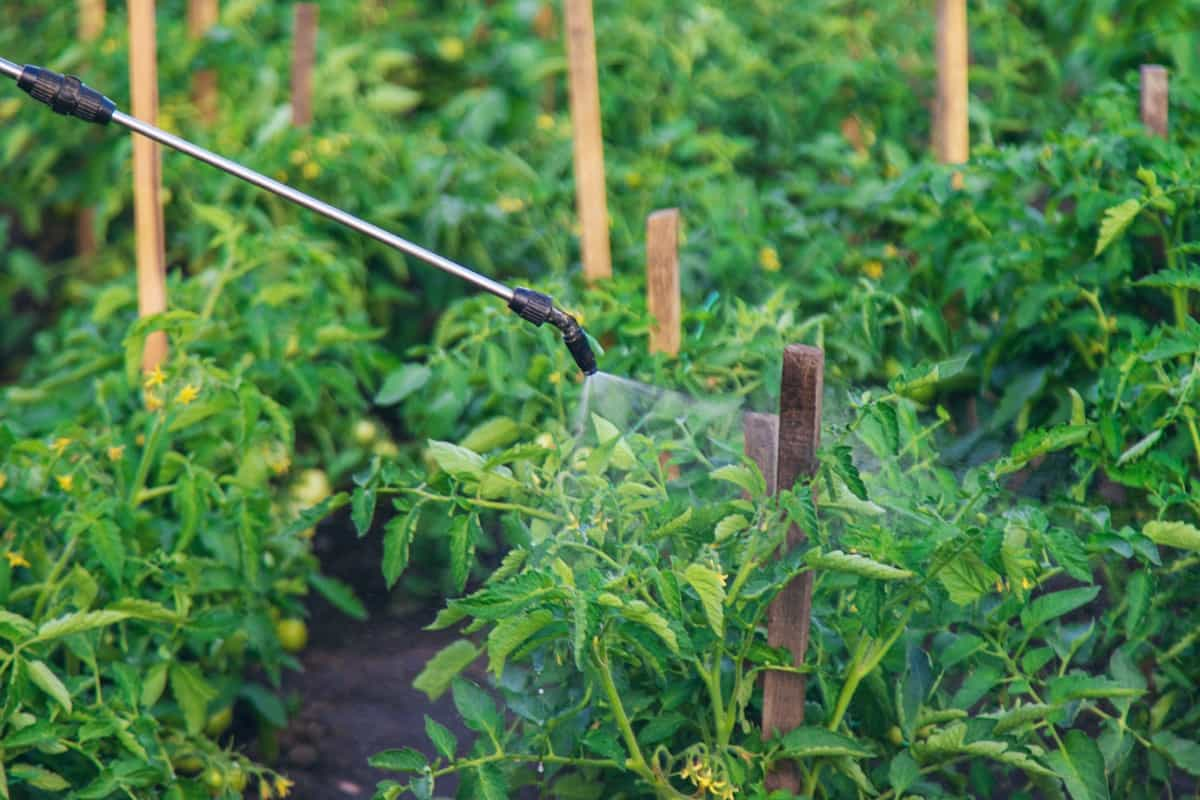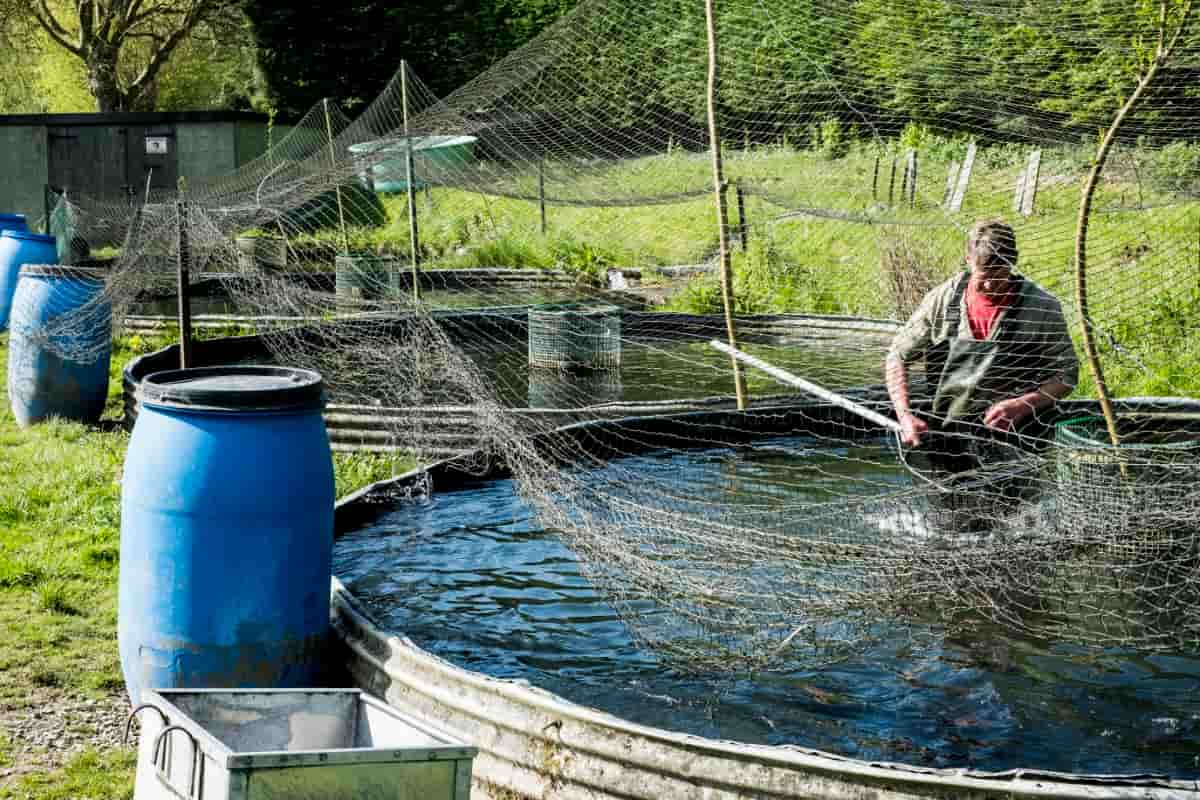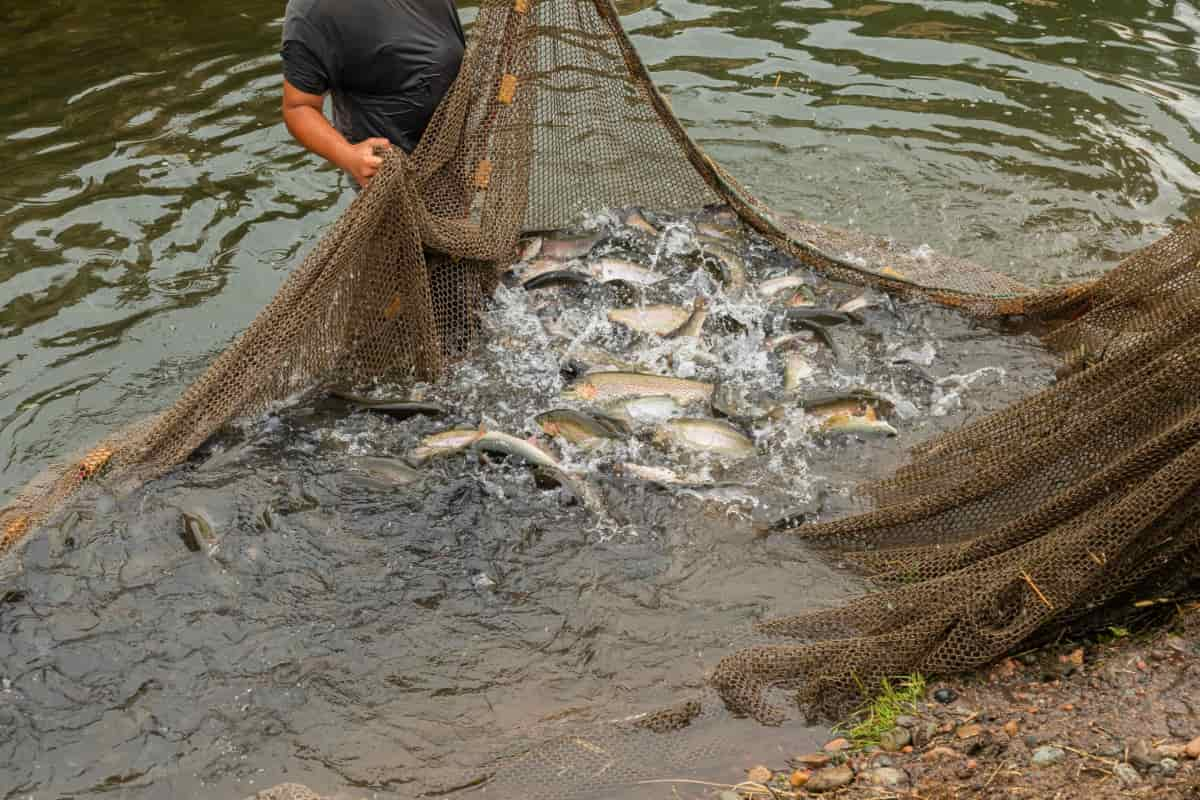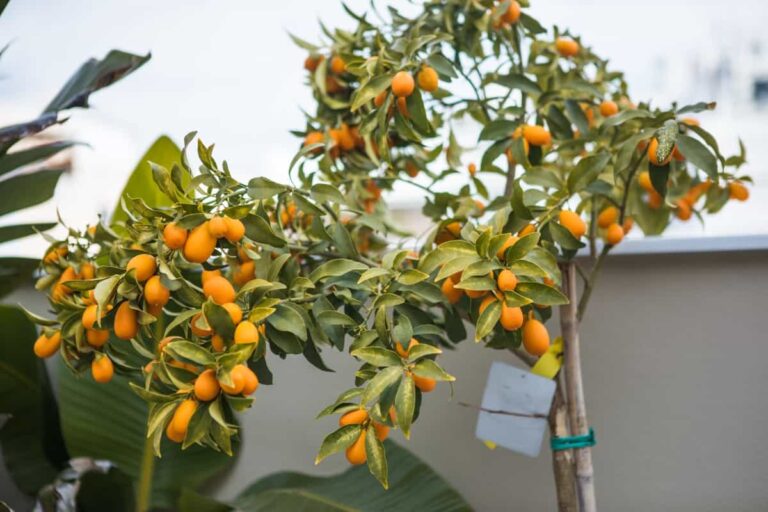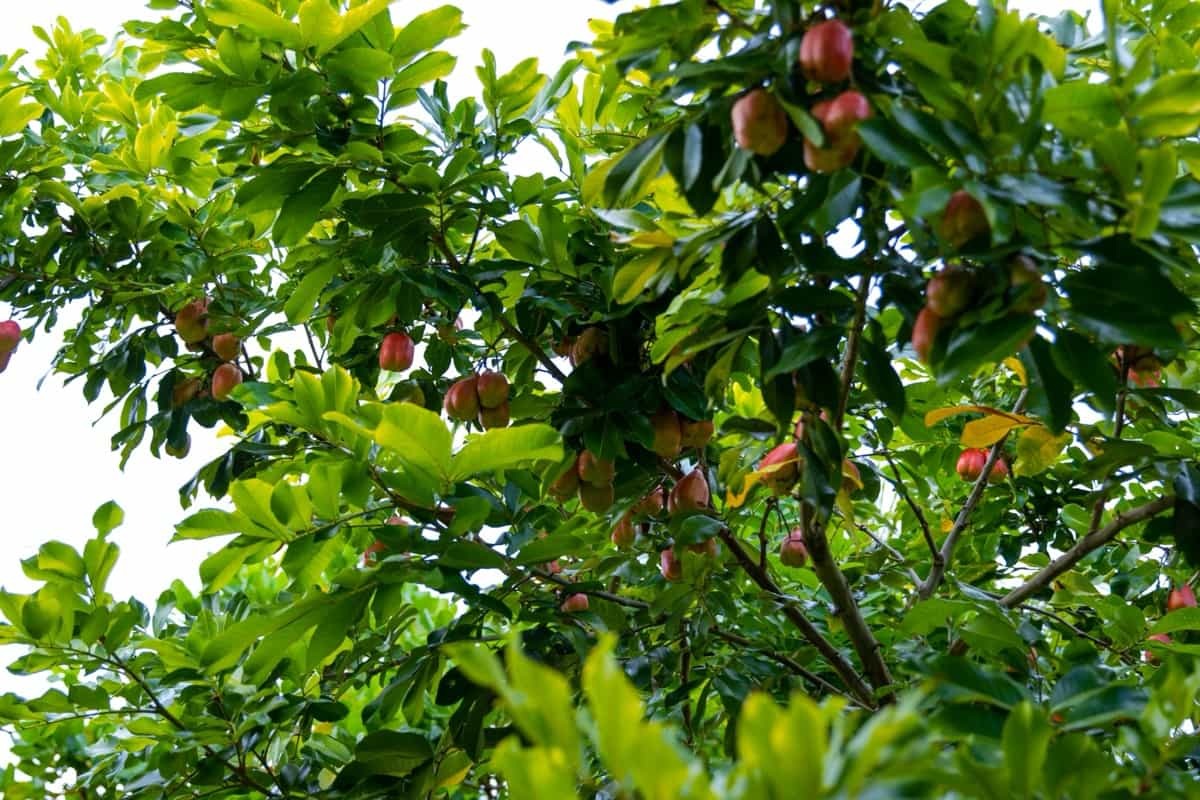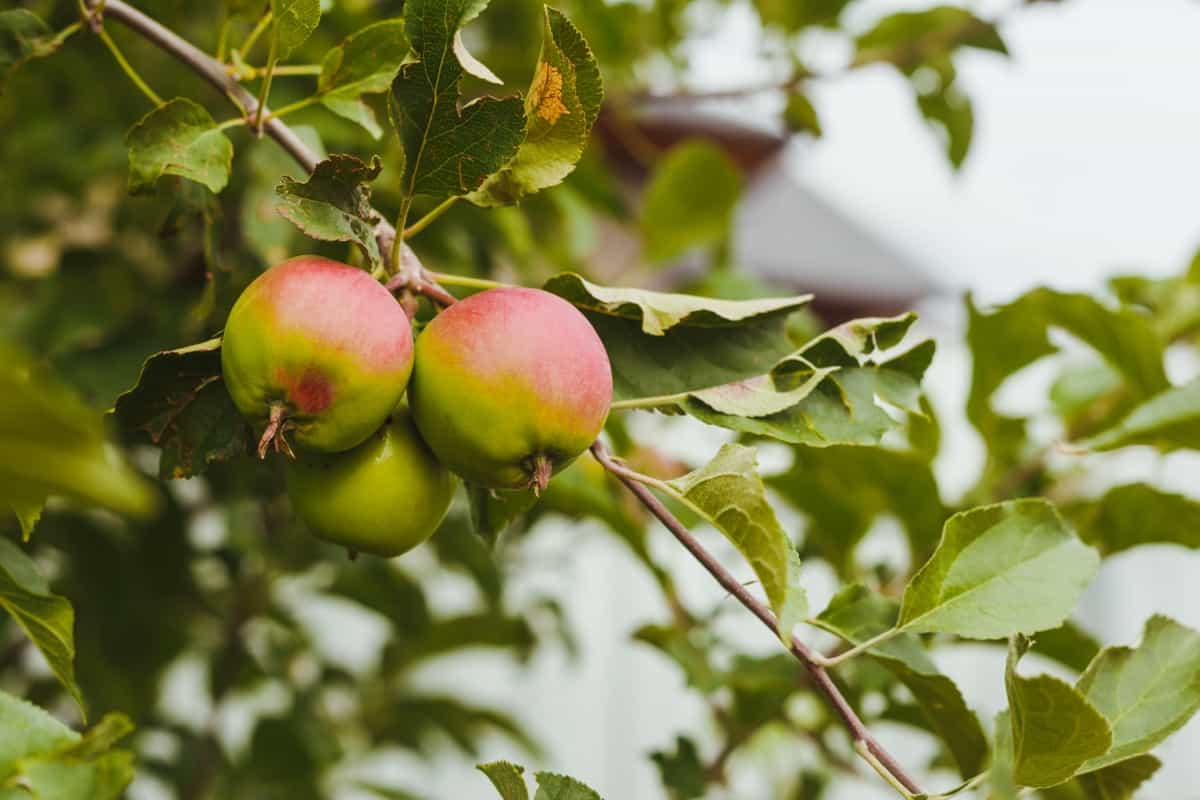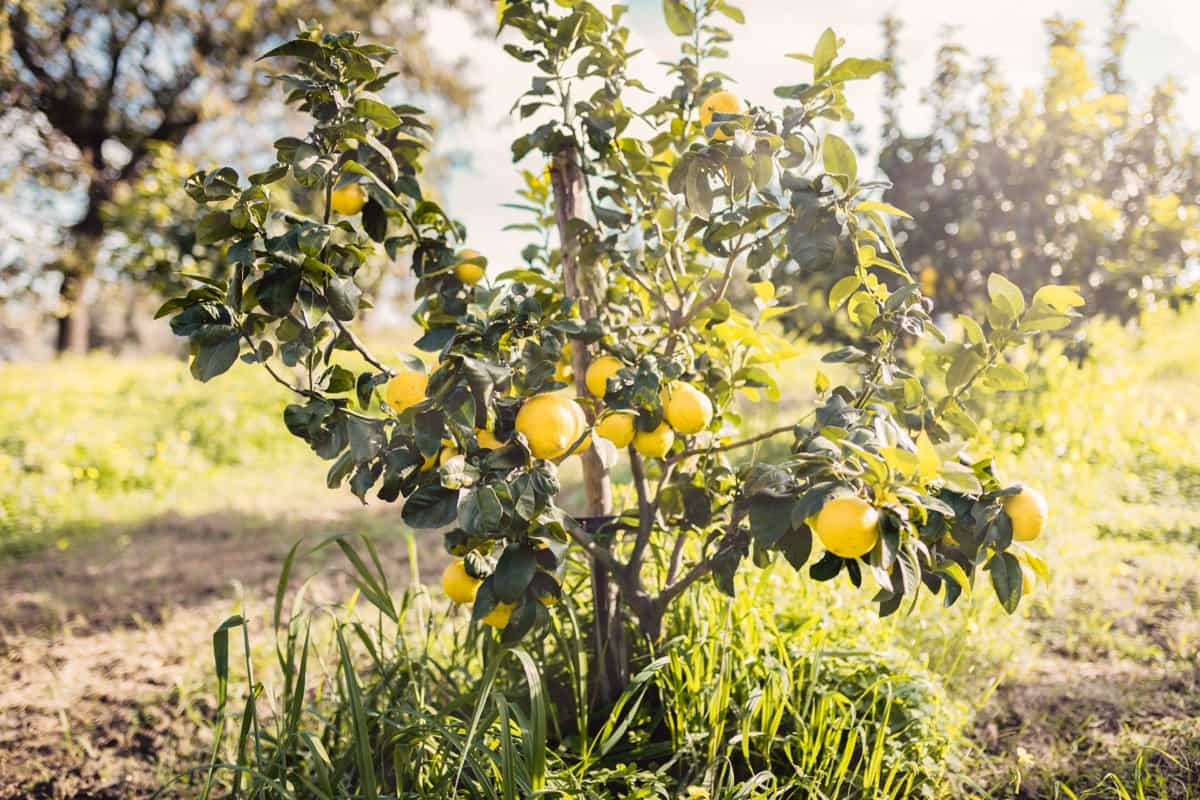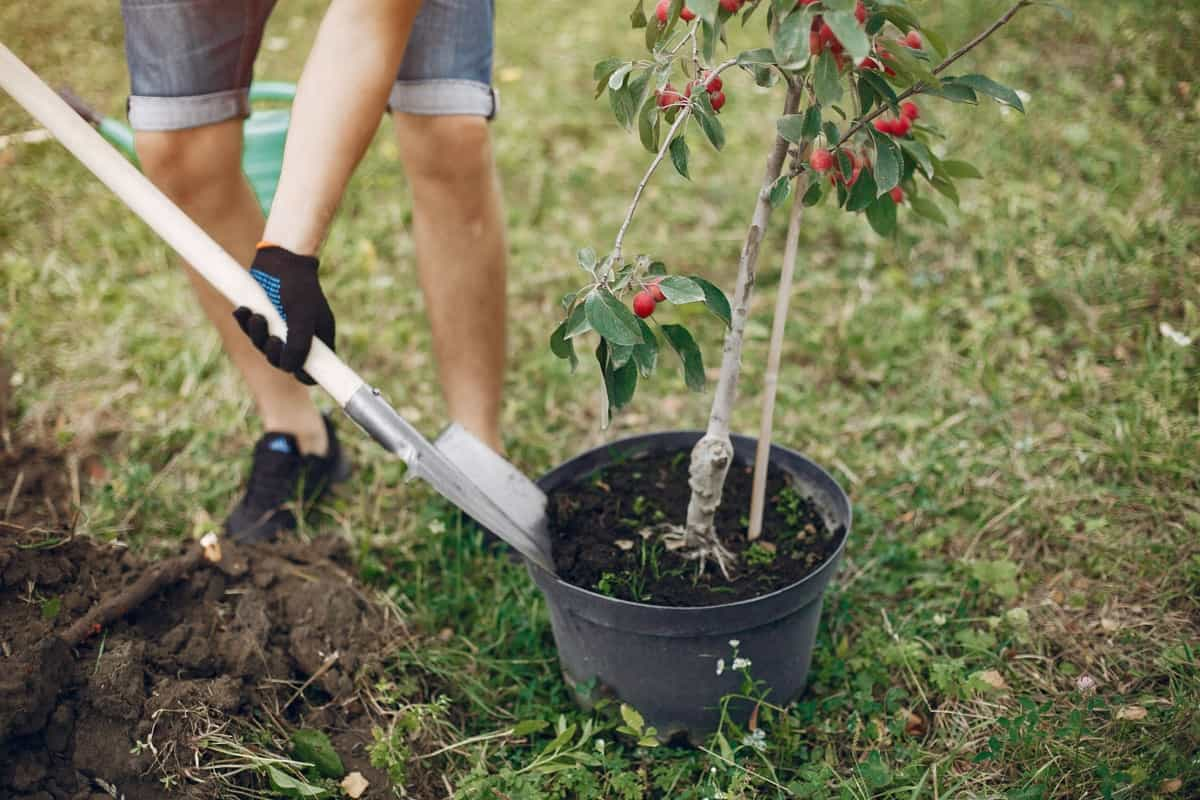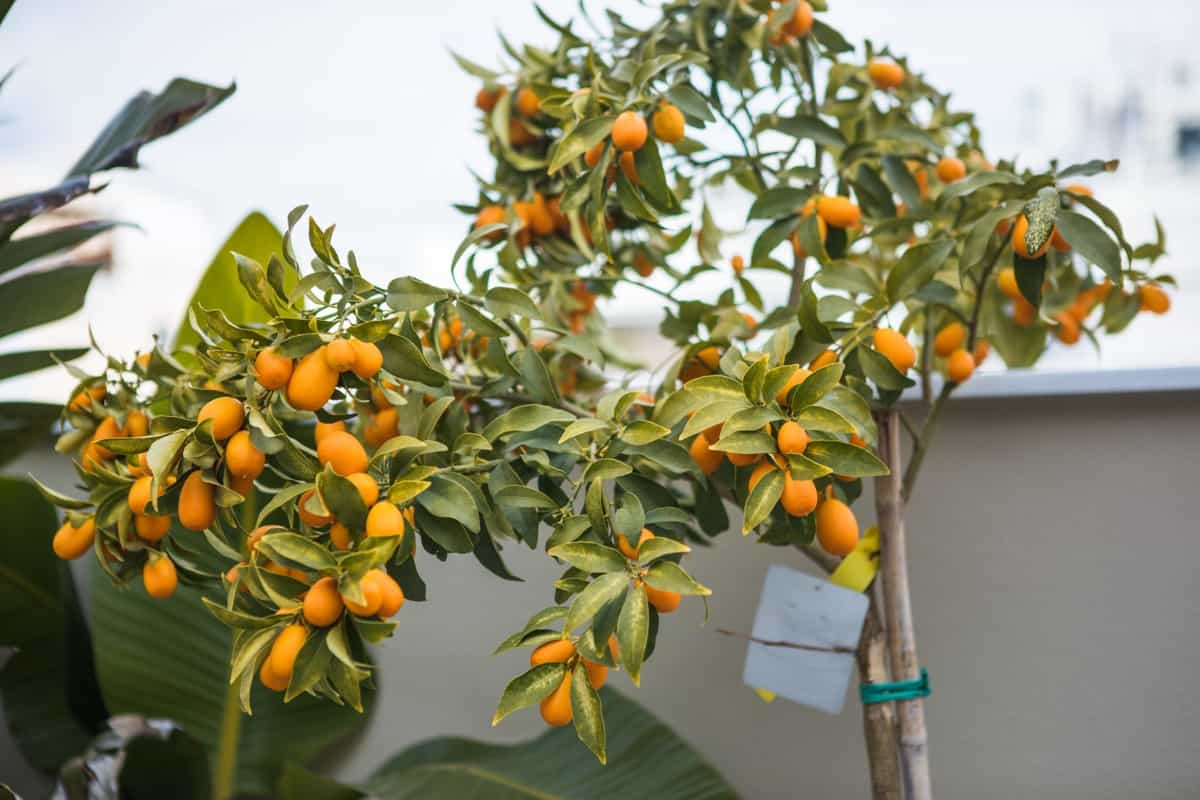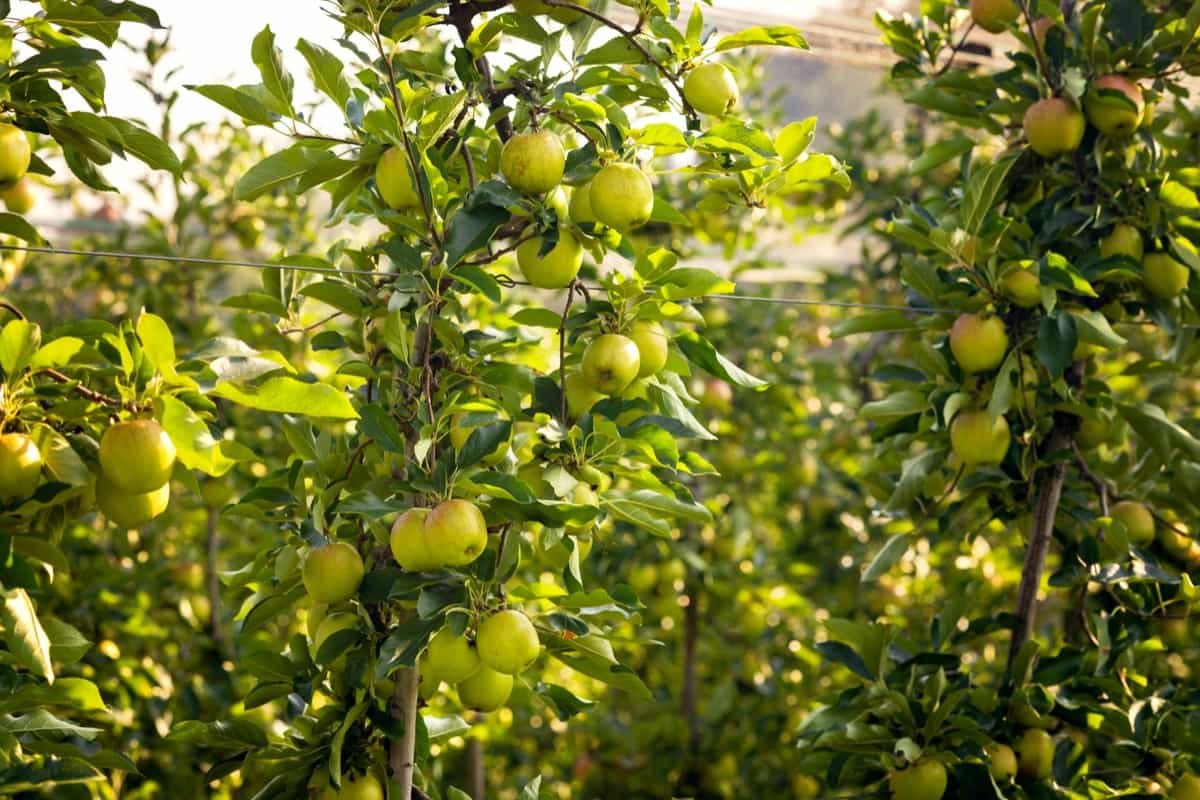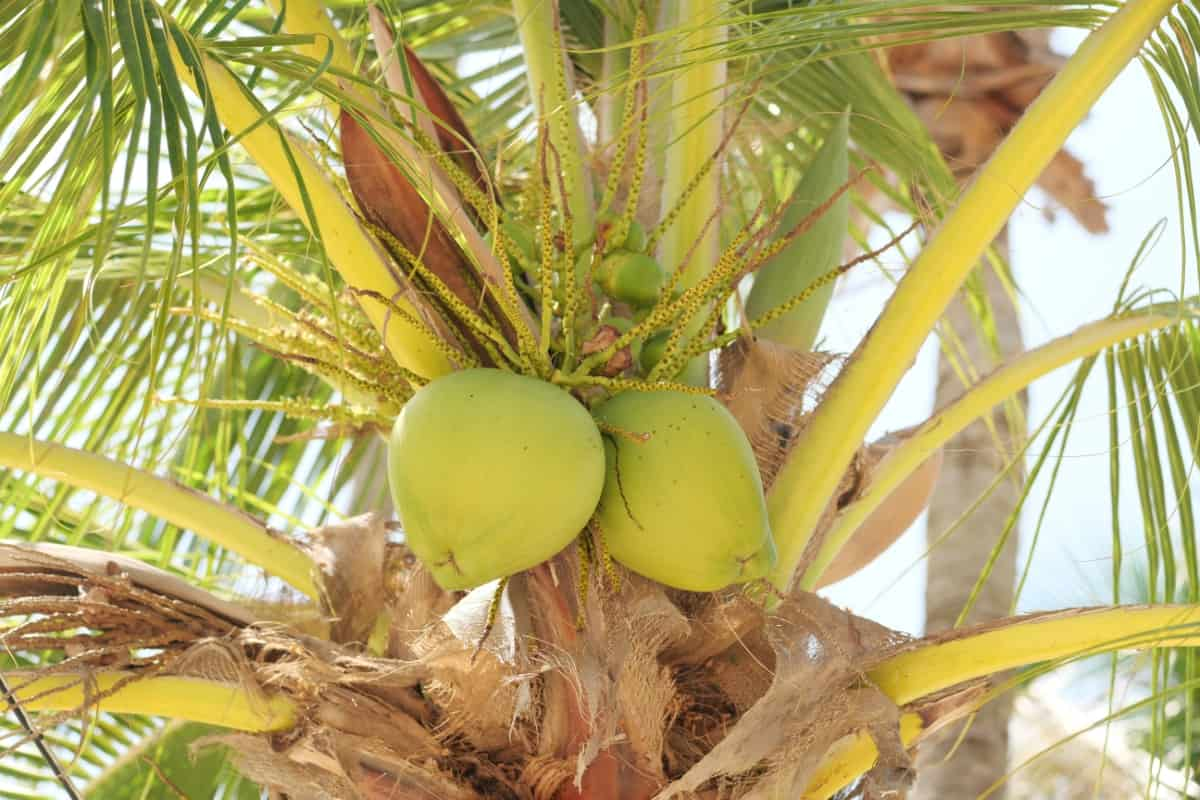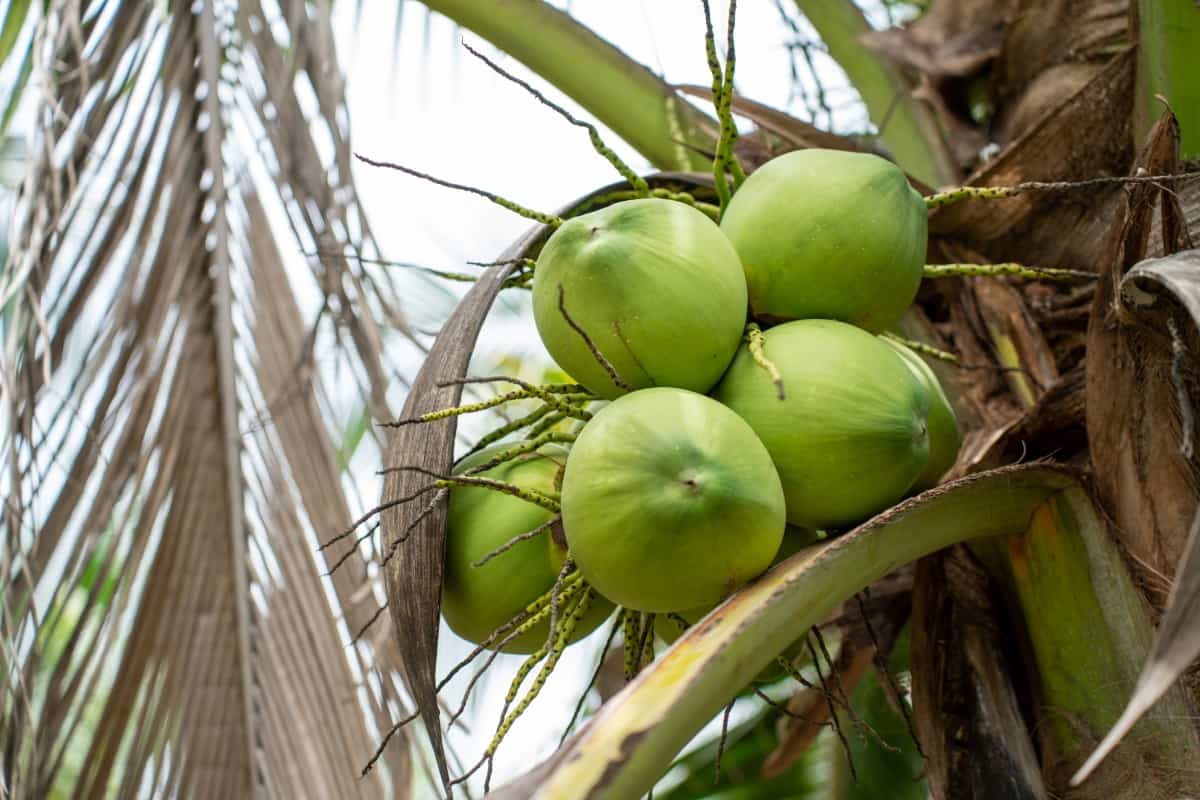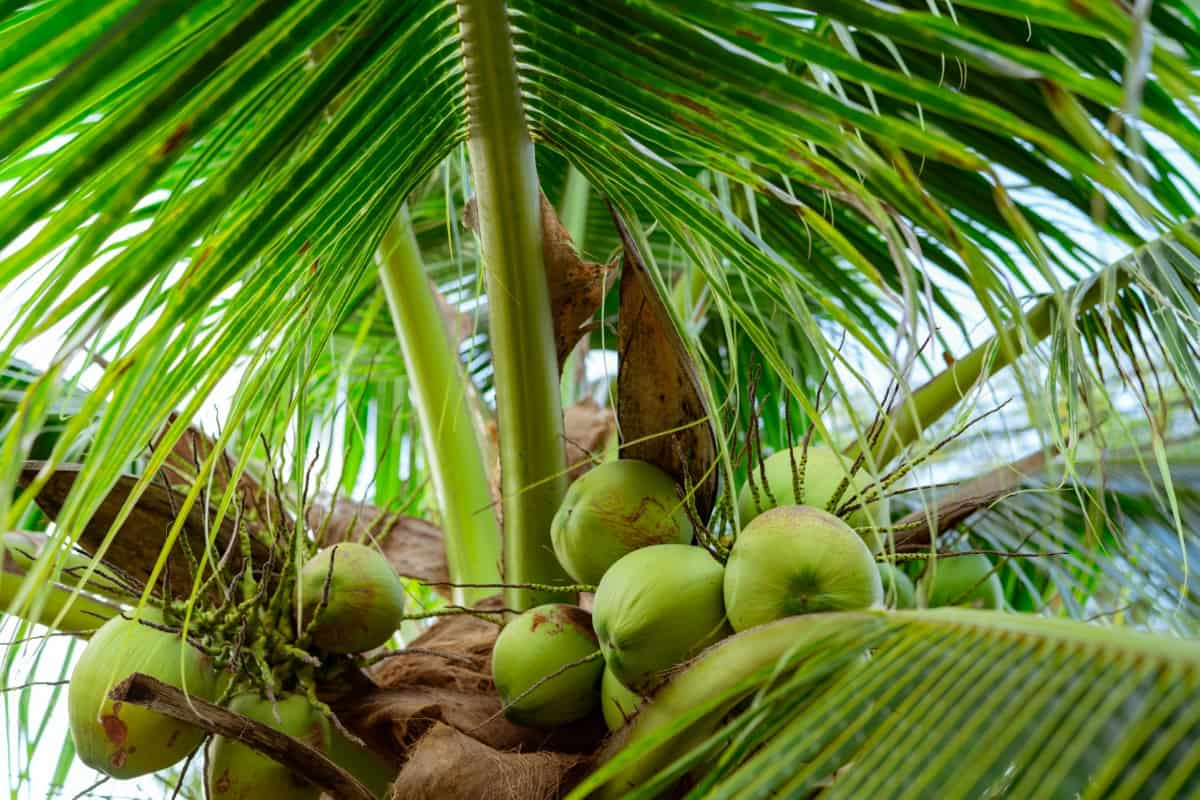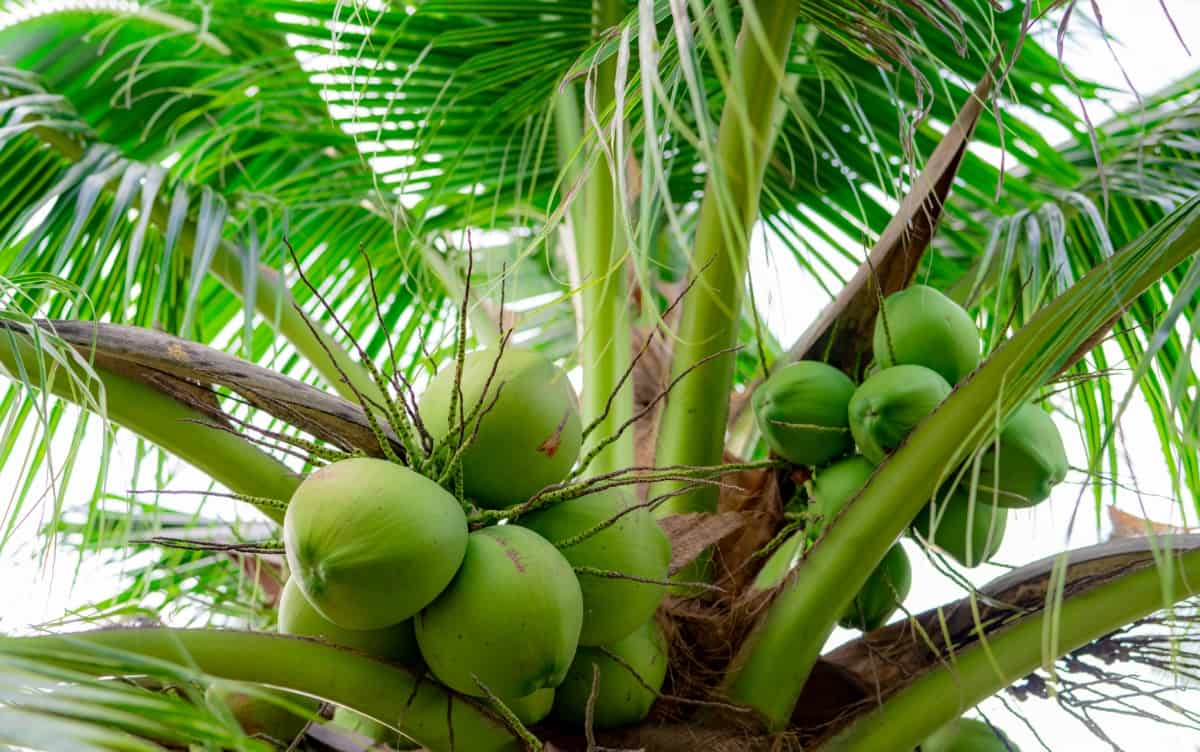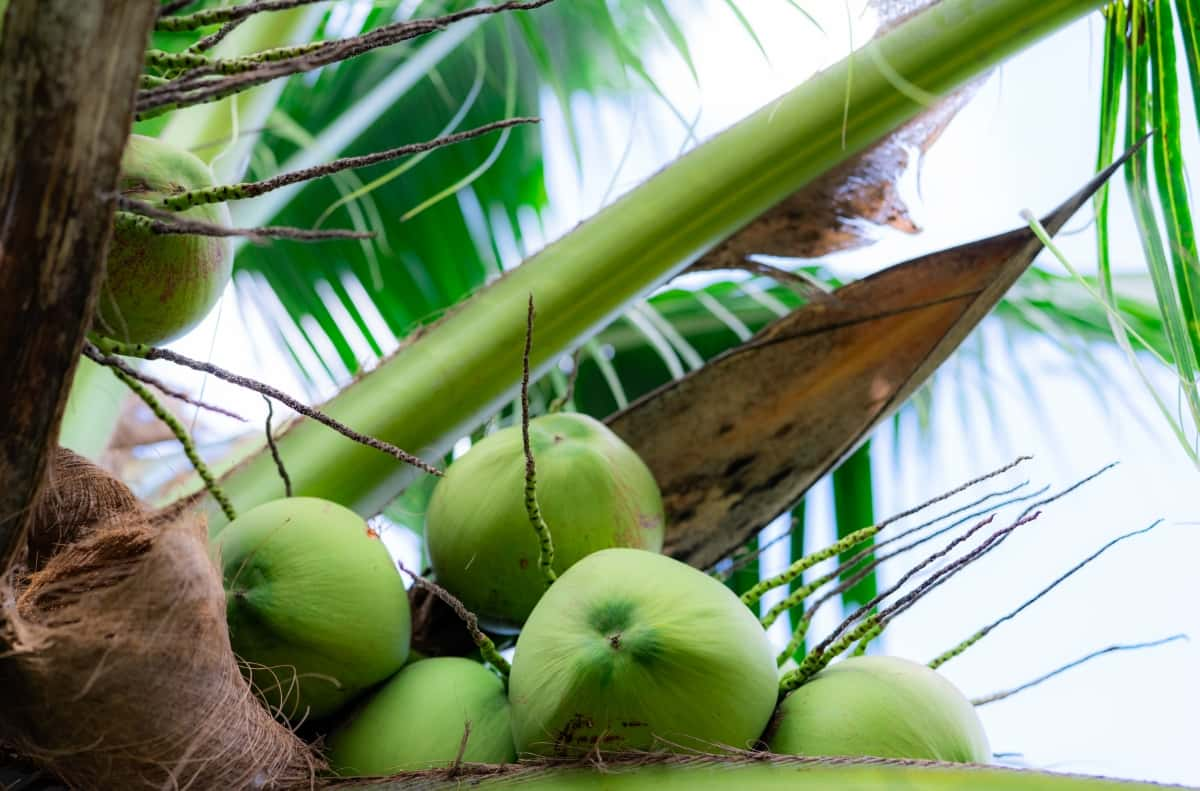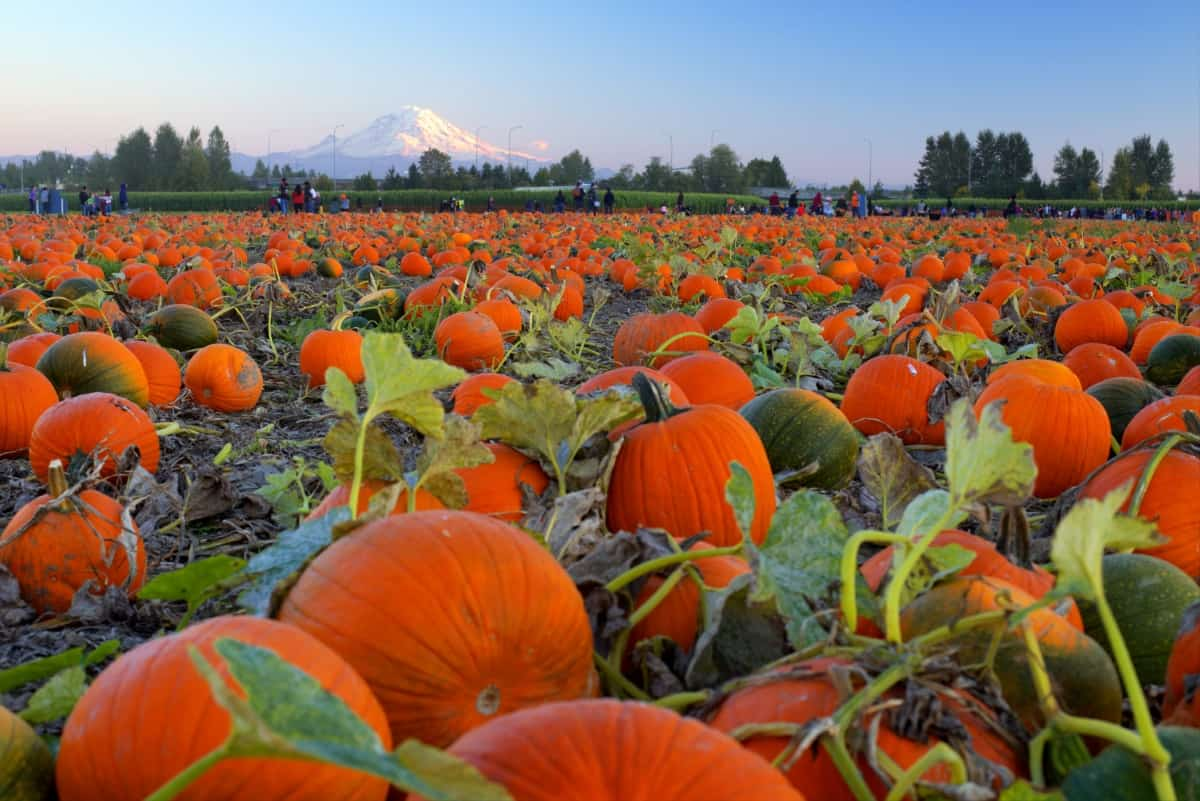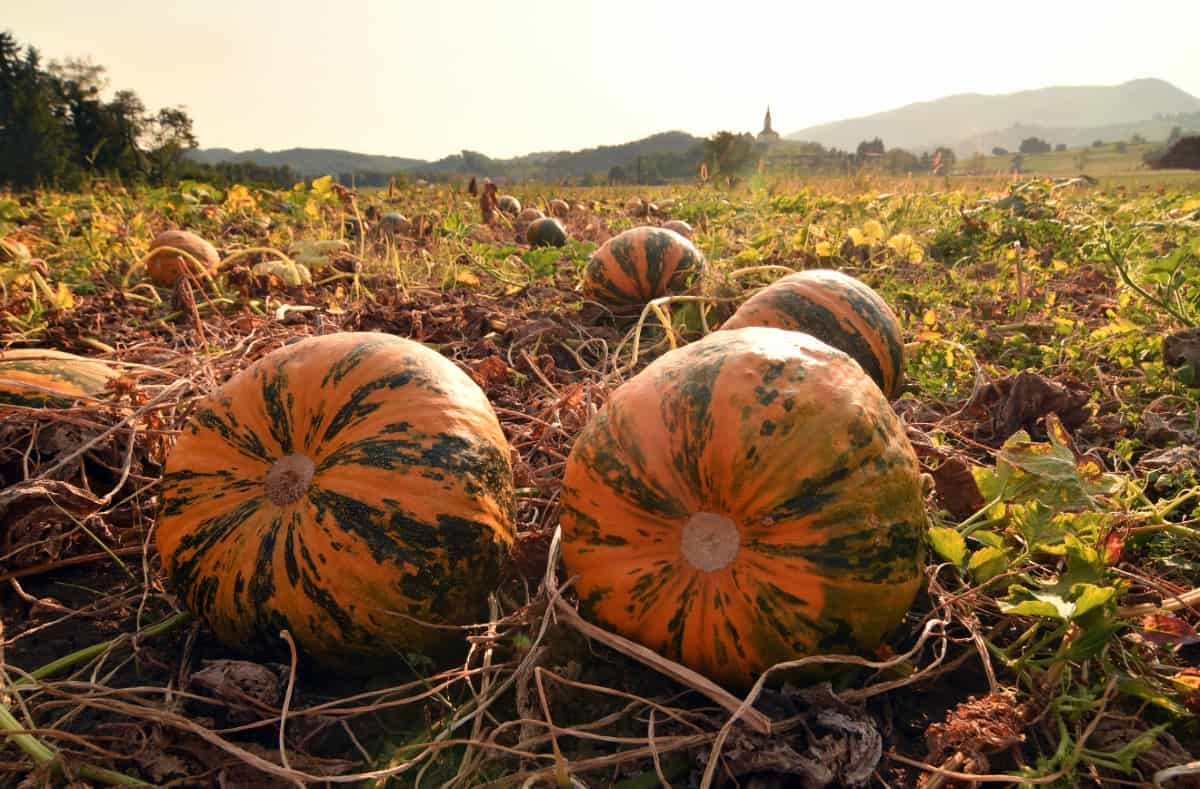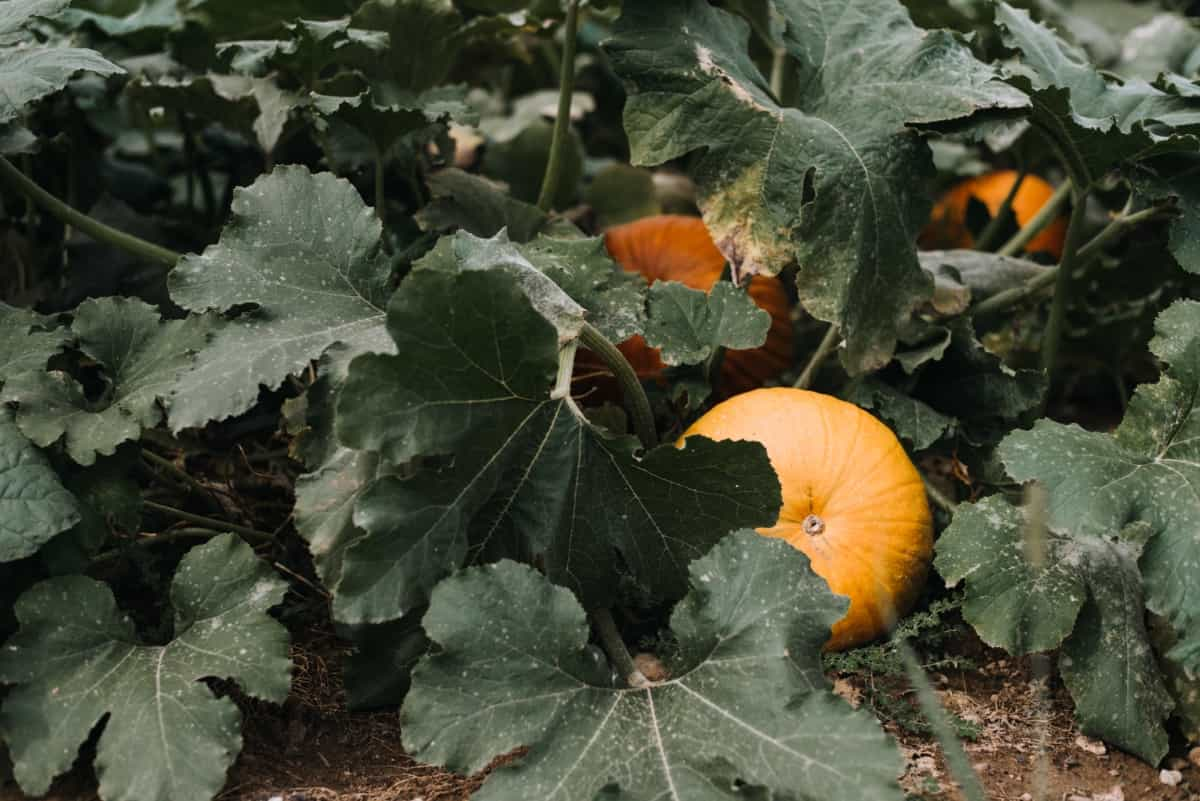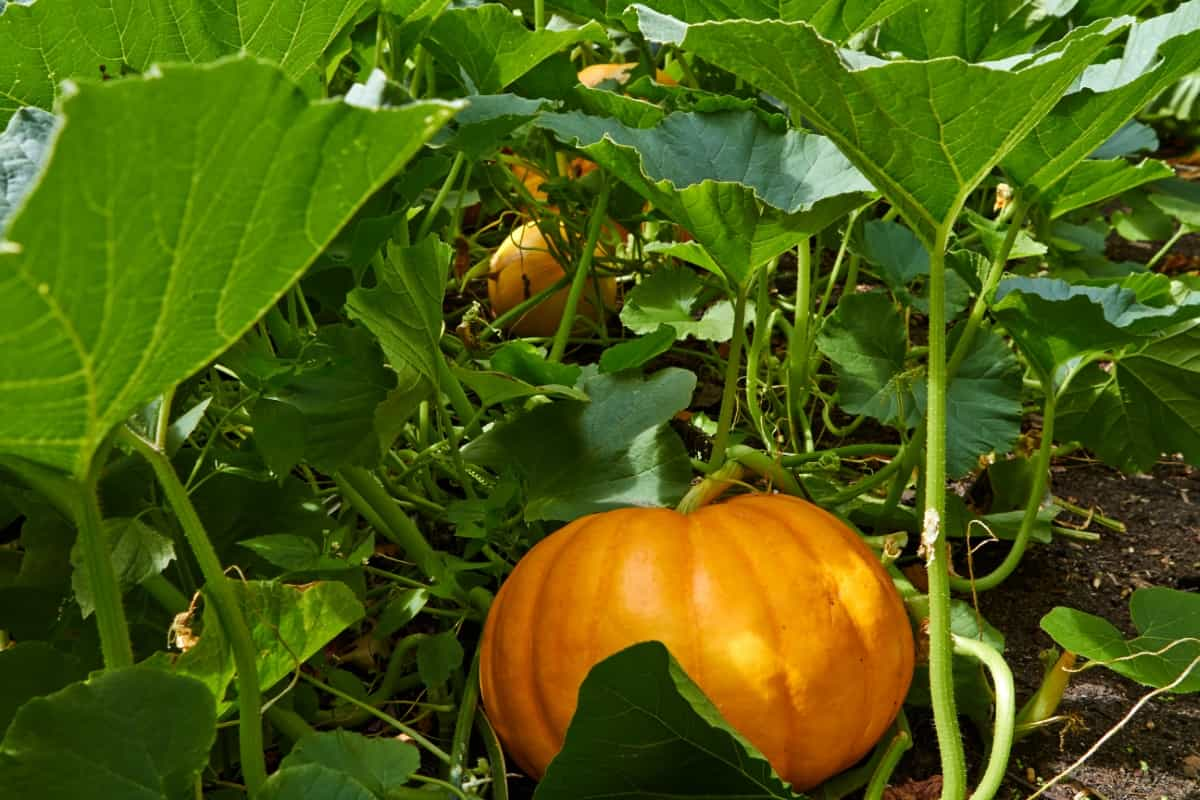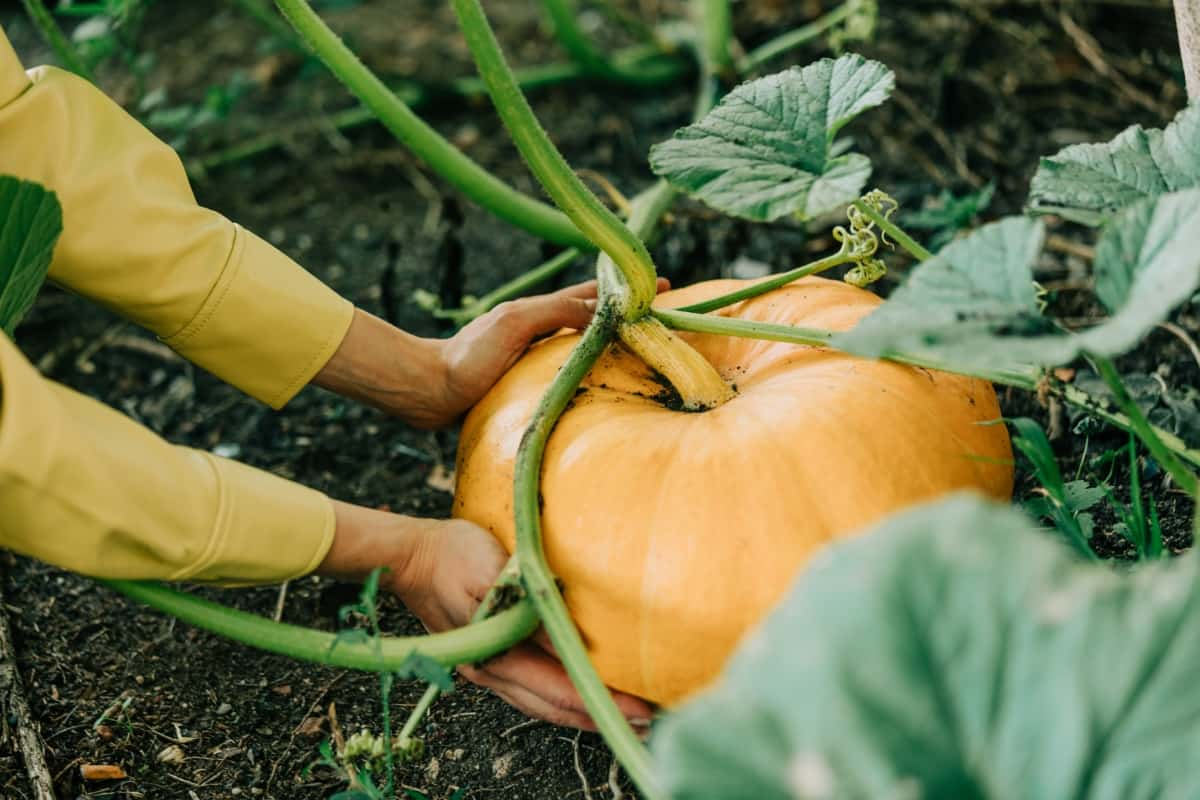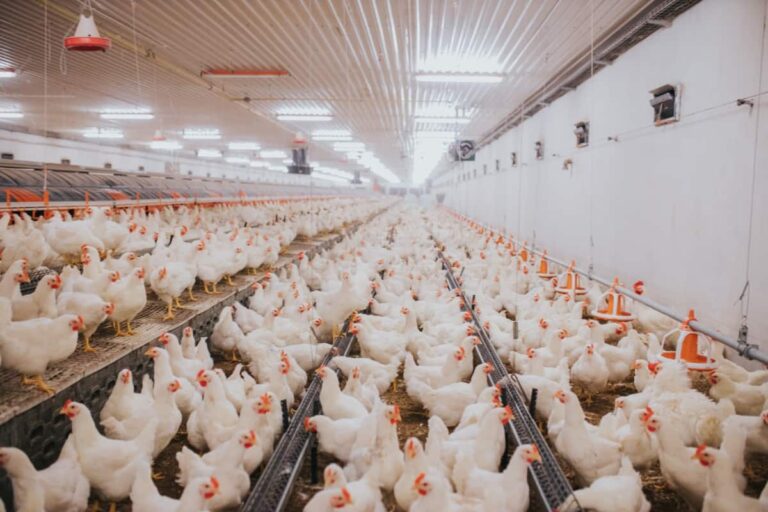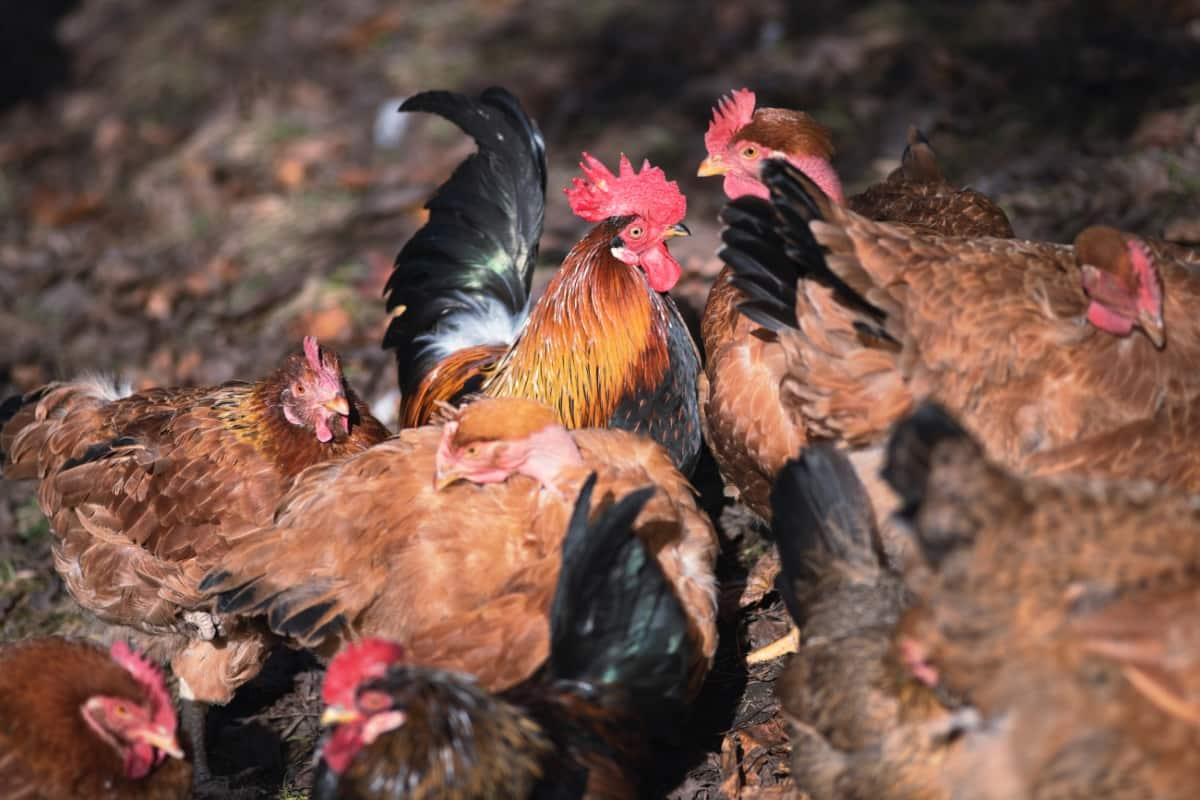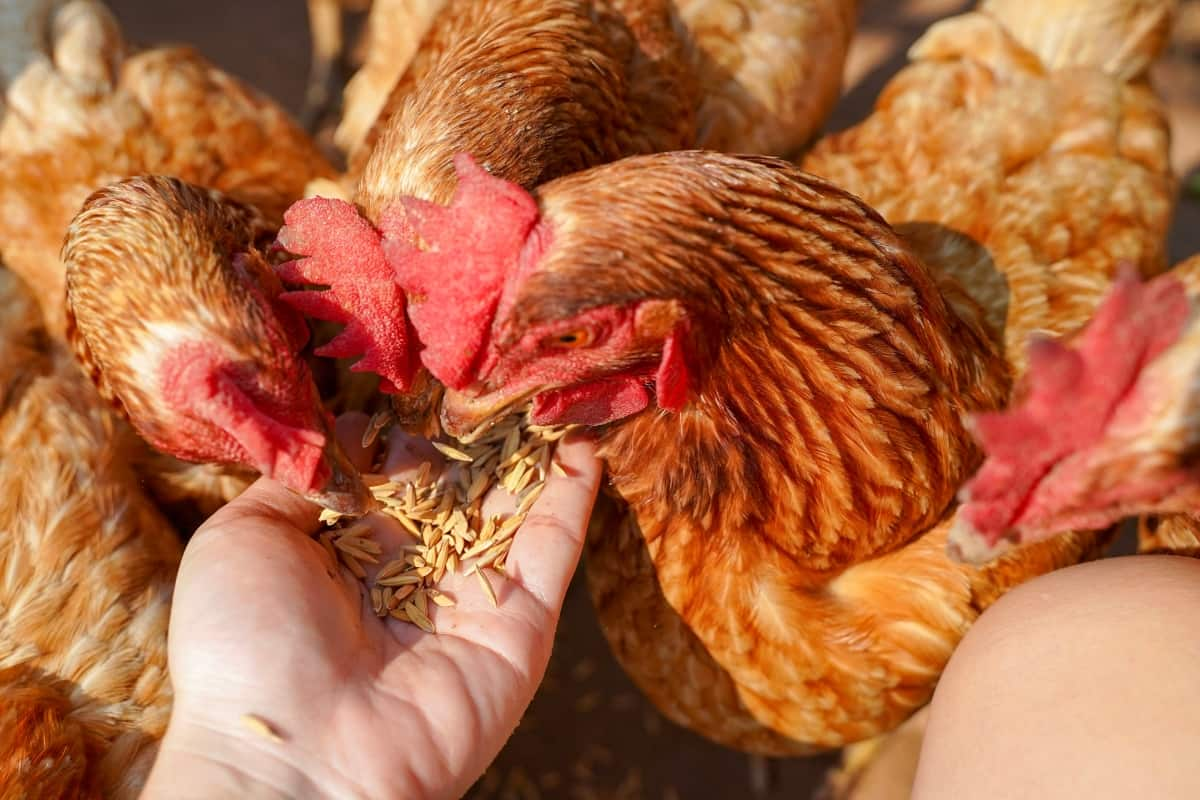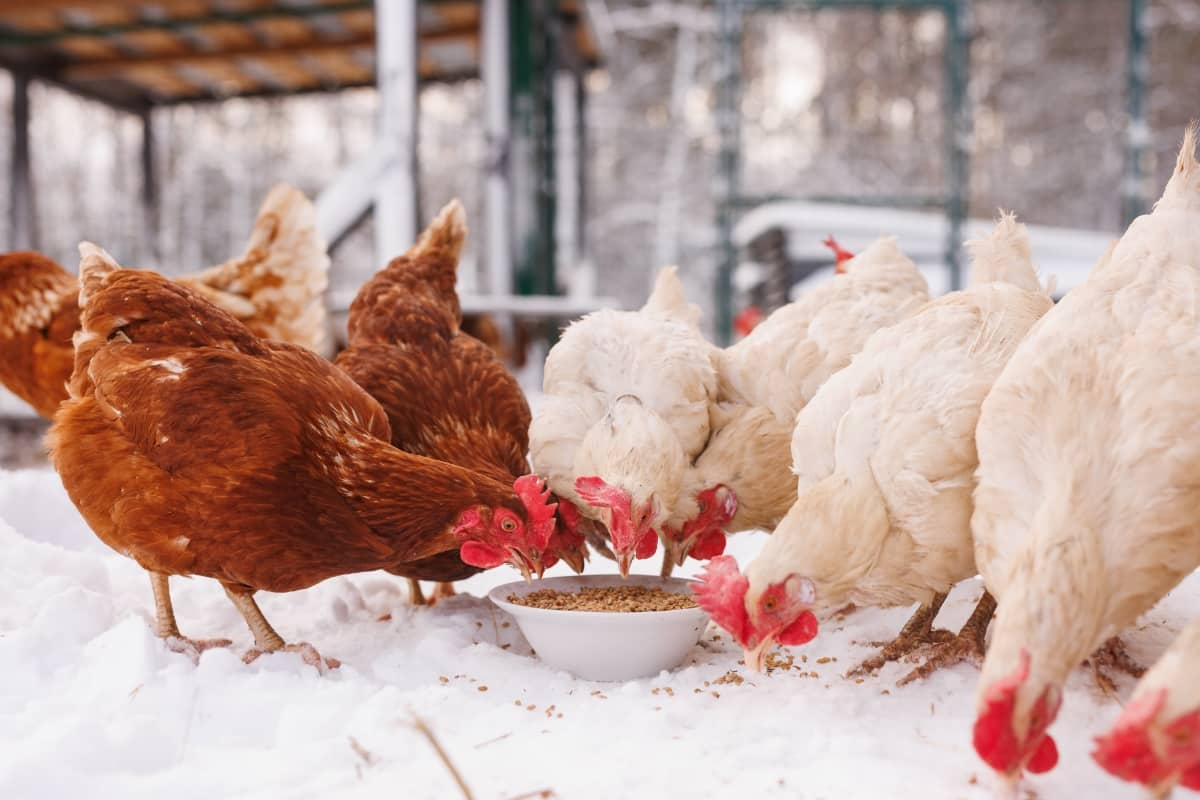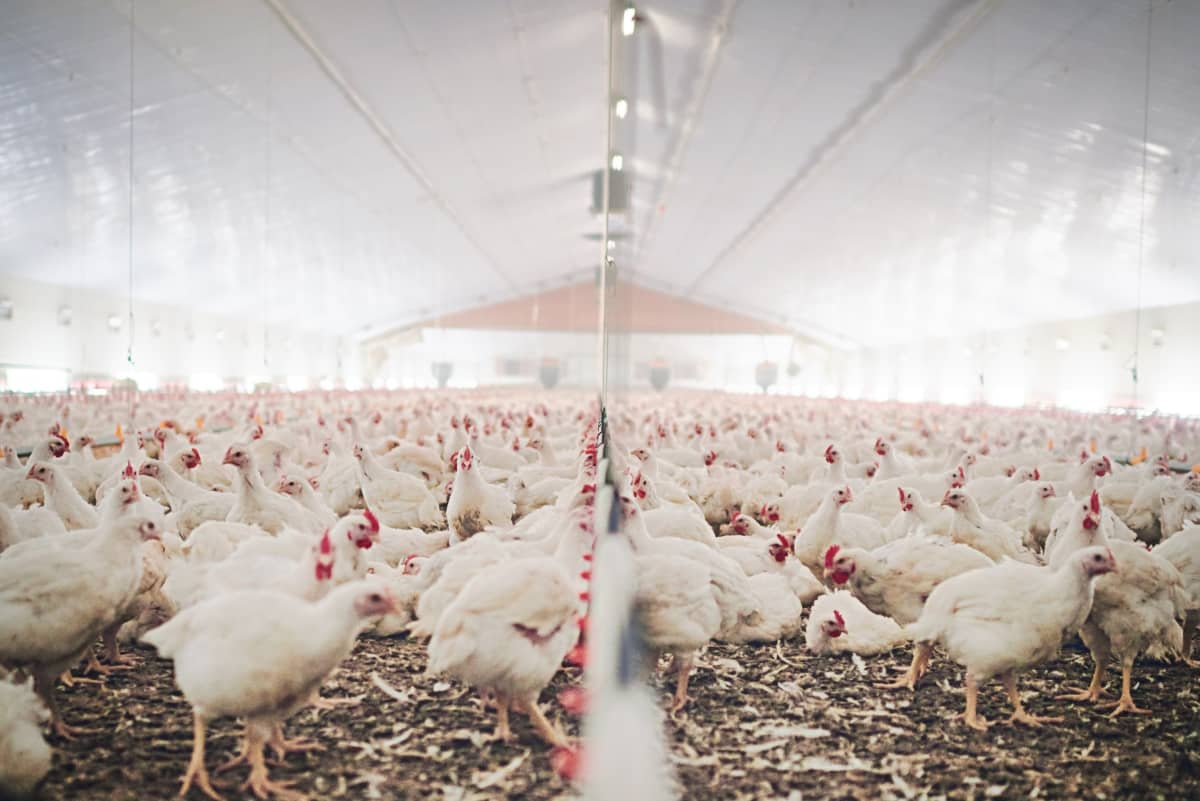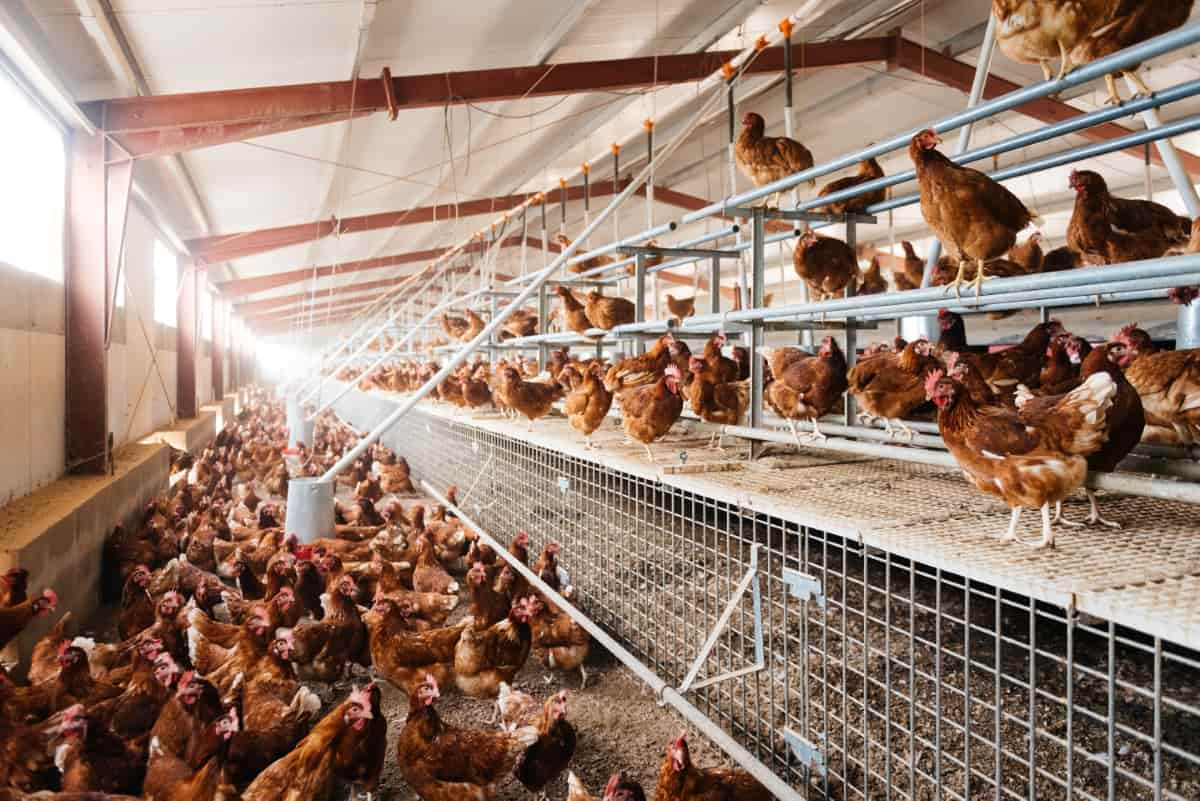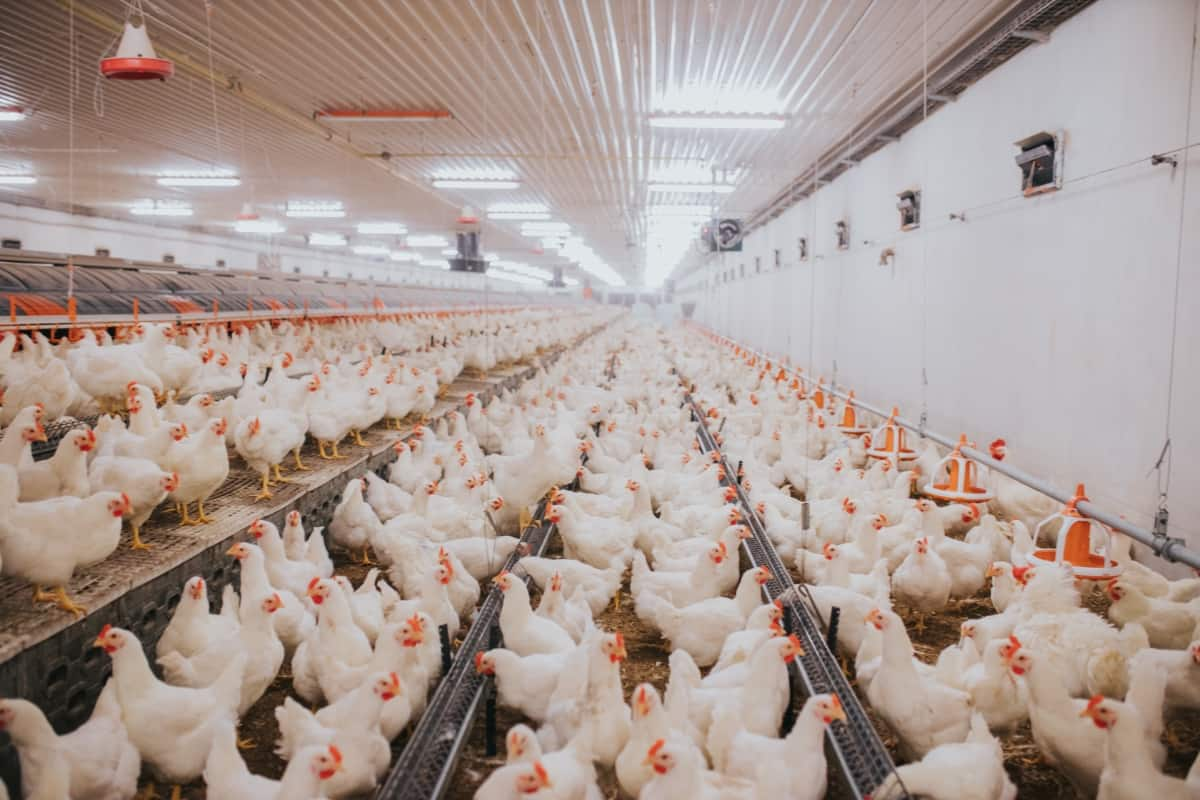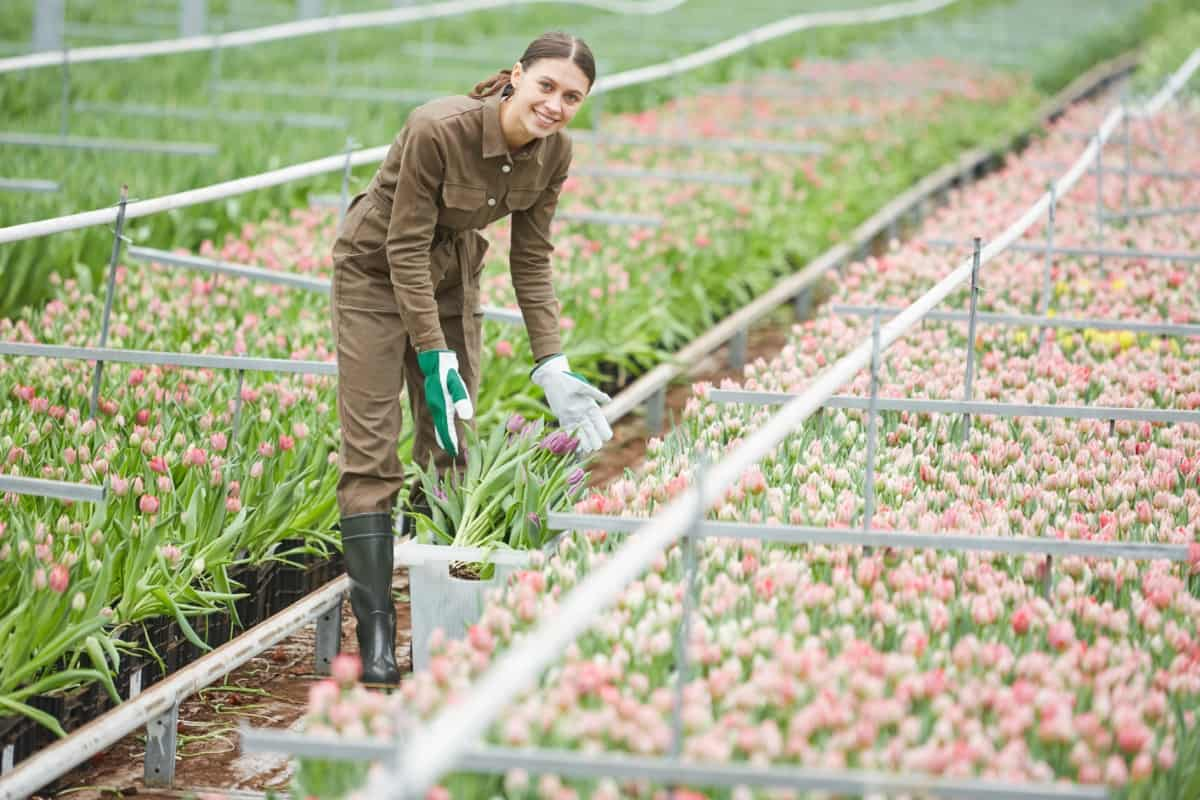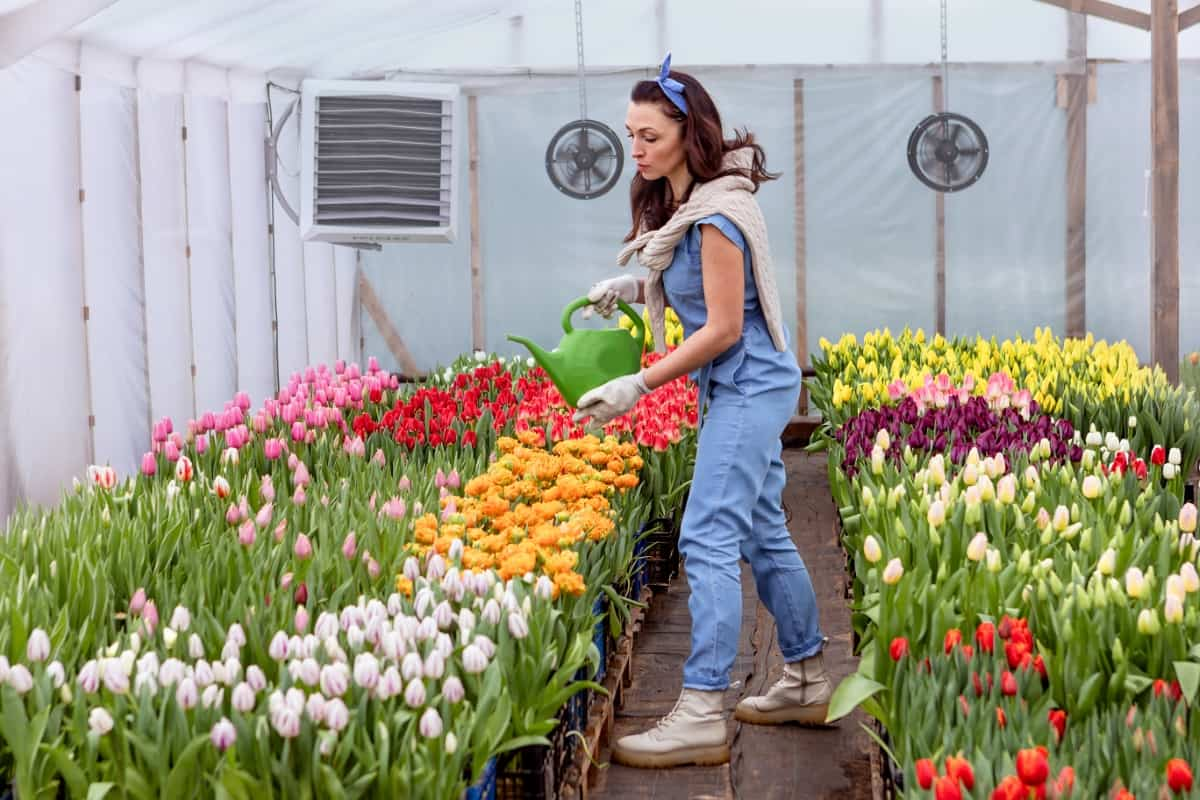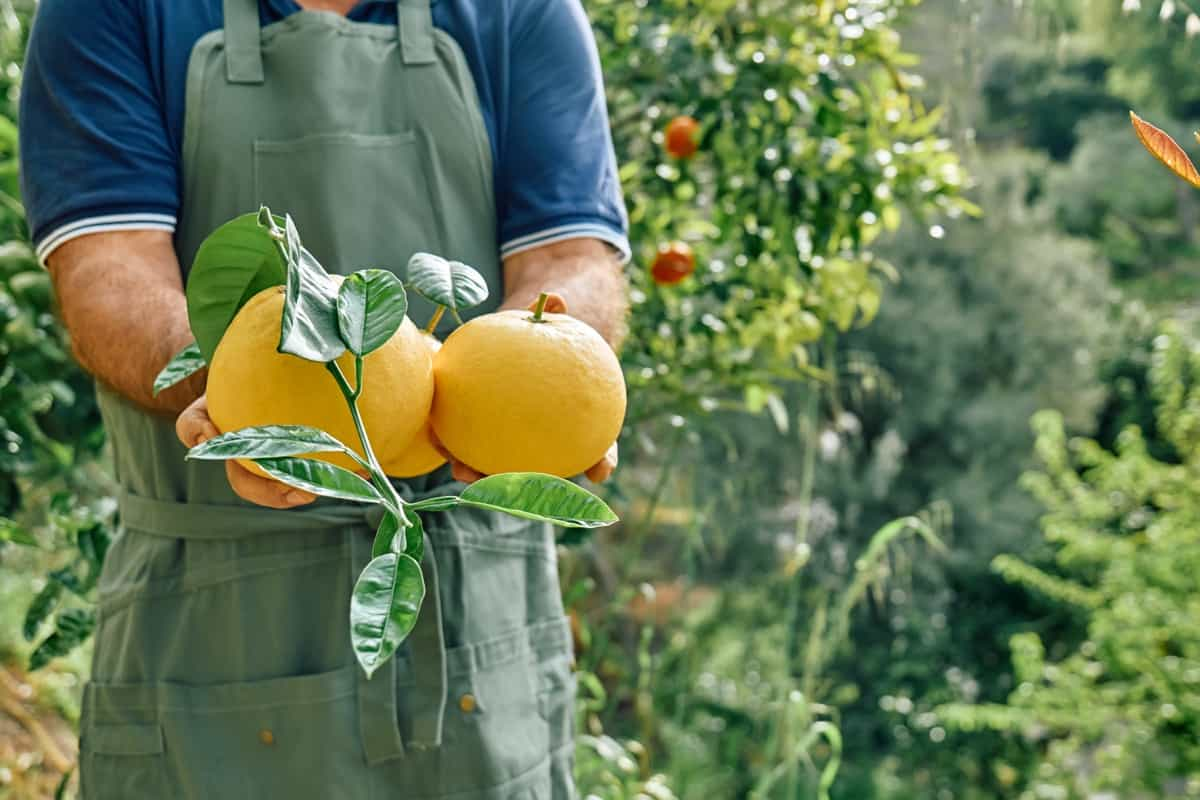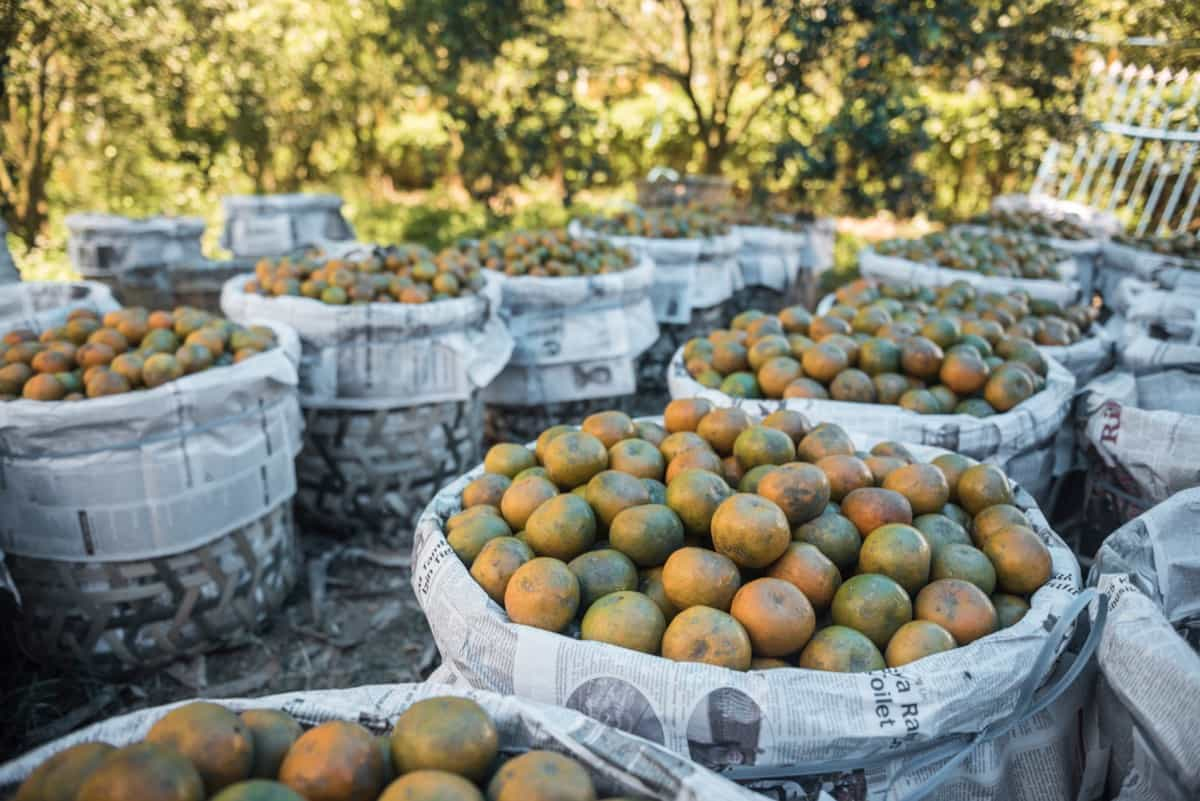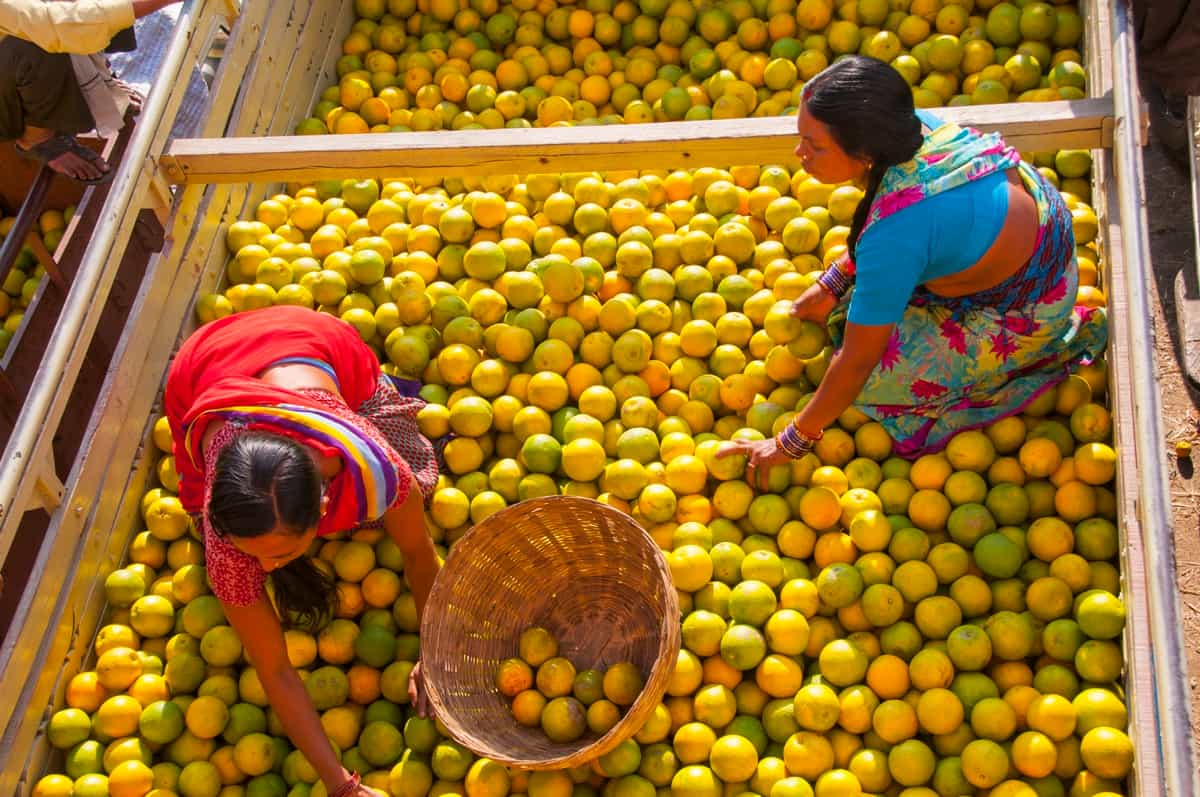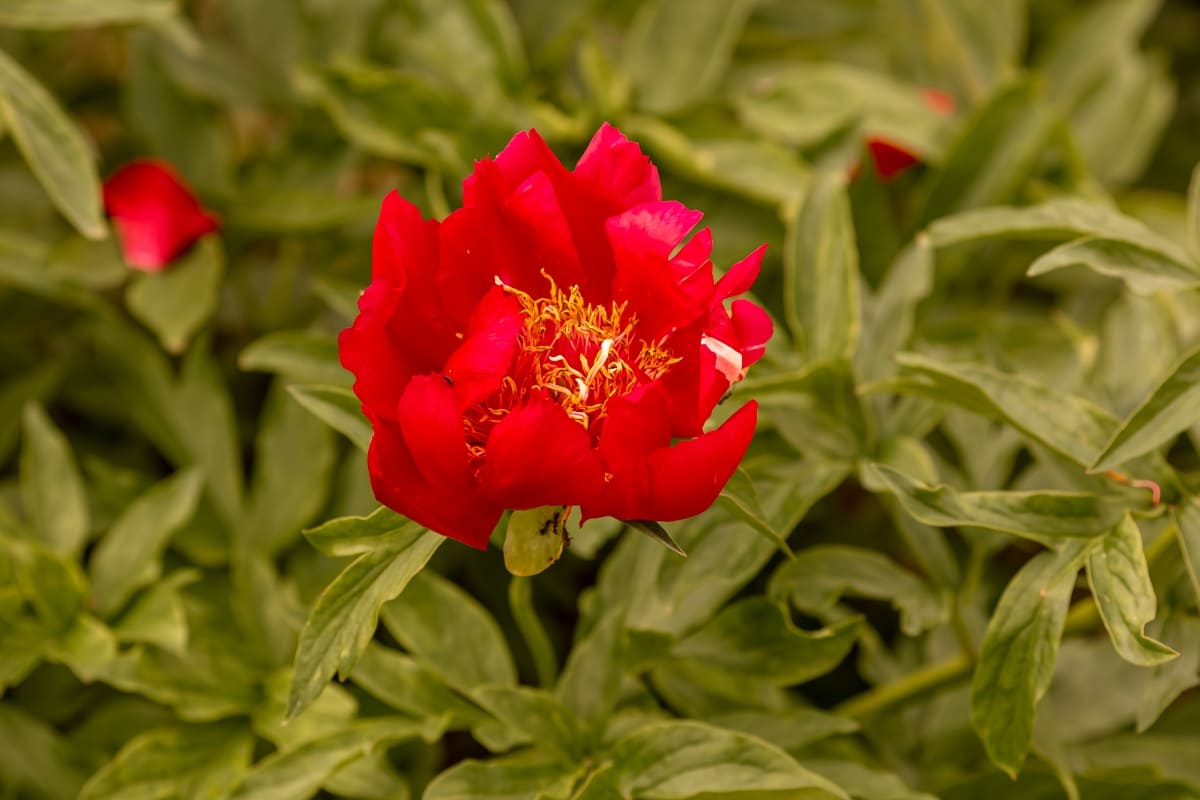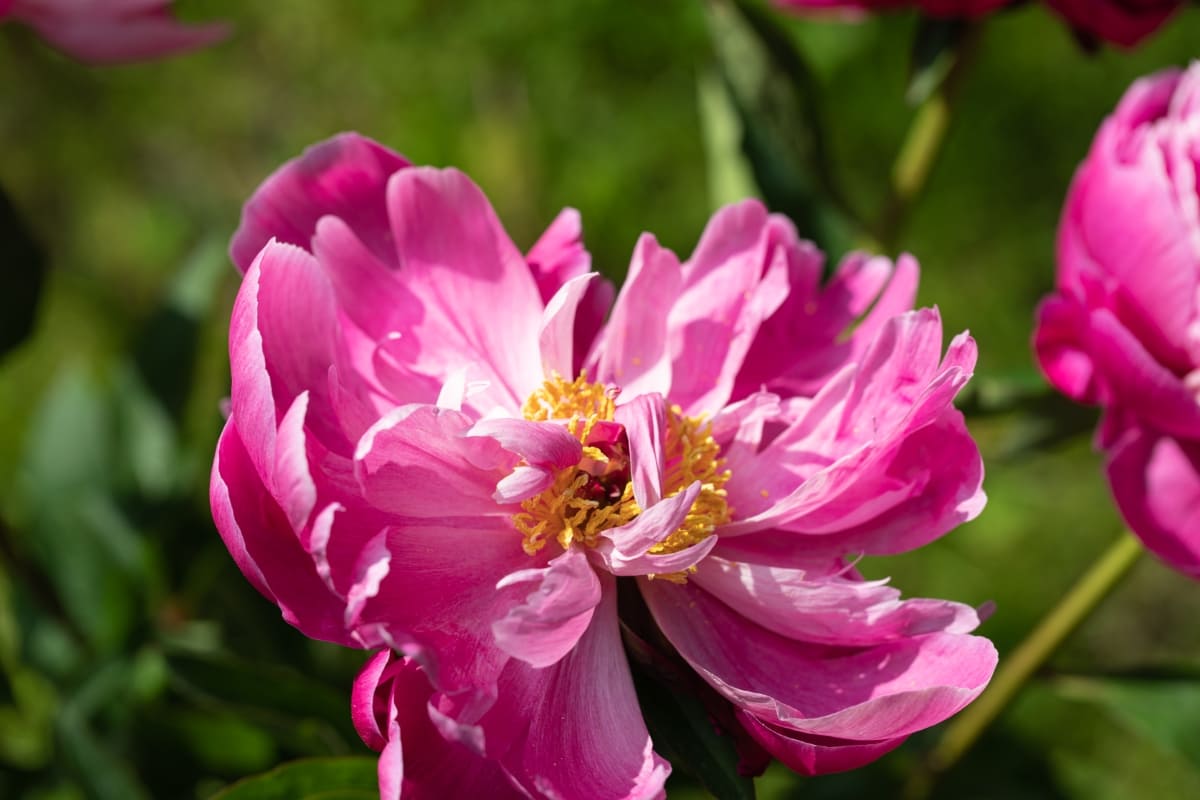Village organic farming is a way of cultivating the land while respecting nature’s balance. It goes beyond just producing food; it sustains communities and preserves traditions. In these rural settings, organic farming means working hand in hand with the environment, using natural methods to nurture crops and soil. This farming approach encourages traditional farming techniques passed down through generations in rural communities.
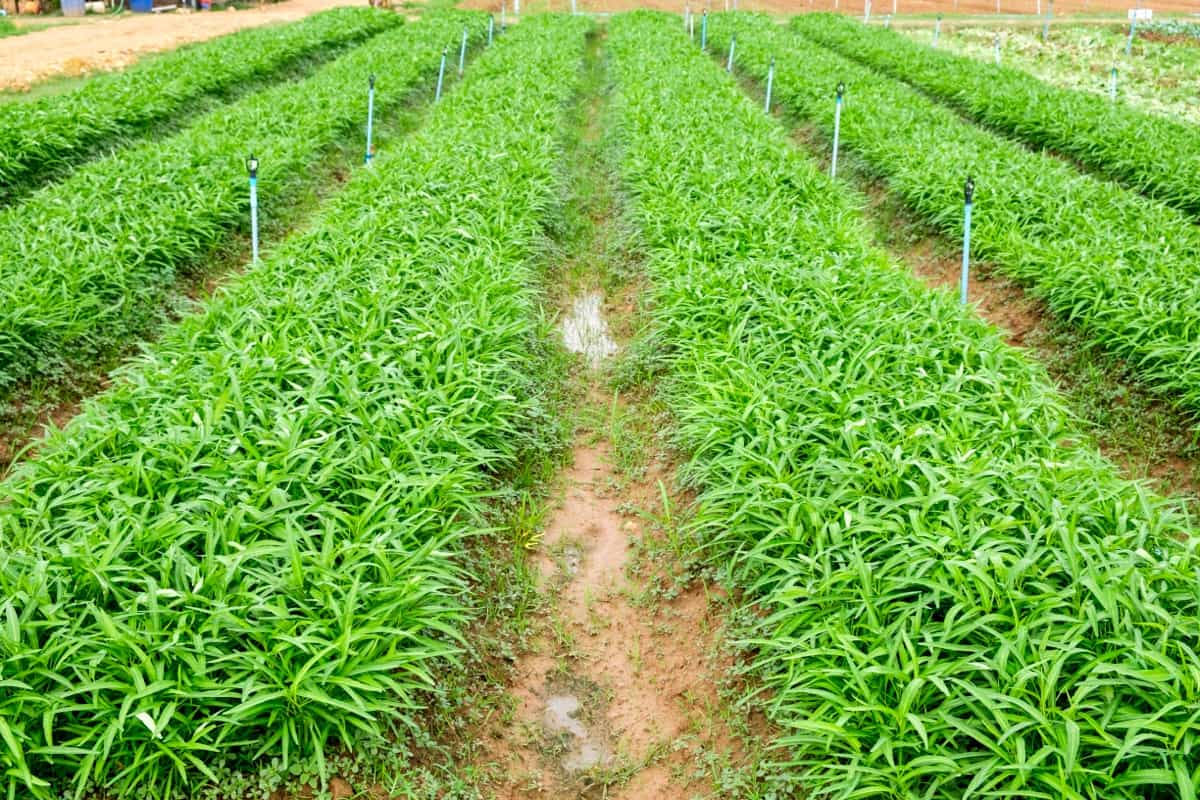
Benefits of Organic Farming for Village Sustainability
The importance of village organic farming cannot be overstated. It plays a major role in promoting sustainability and ensuring food security for local communities. By adopting organic practices, villages can reduce reliance on harmful chemicals and pesticides, leading to healthier ecosystems. Organic farming helps to keep soil fertility and biodiversity, which are essential for long-term agricultural productivity. Moreover, by growing organic crops, villages contribute to improving health by providing access to nutritious and chemical-free food options.
This allows the natural ecosystem to thrive, supporting various plant and animal species essential for a balanced environment. Integrating organic farming practices into village agriculture not only sustains the land but also fosters a more resilient and self-sufficient community for future generations. Villagers benefit from access to fresh, nutritious produce grown without artificial additives or preservatives.
Assessing Village Soil Health for Organic Farming
Assessing soil health in village settings is crucial for successful organic farming practices. Understanding the composition and fertility of the soil provides valuable insights into how to optimize crop production sustainably. Soil testing can reveal essential information such as pH levels, nutrient content, and potential contaminants. By analyzing these factors, farmers can make informed decisions on which crops to cultivate and what amendments are needed to enhance soil quality naturally.
In case you missed it: Pest Control Cost Per Acre in India: Organic vs Chemical Cost Comparison
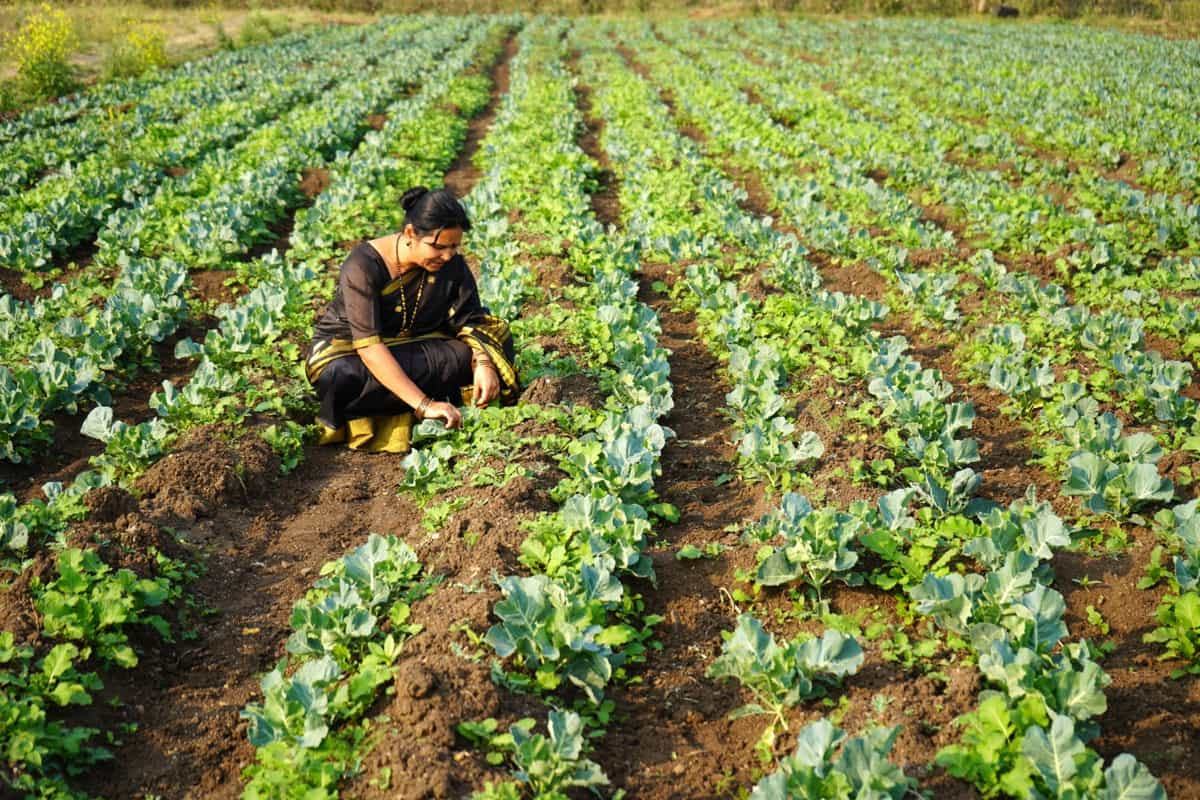
Regular monitoring of soil health allows farmers to adapt their farming techniques accordingly. This proactive approach helps prevent nutrient depletion, erosion, and other issues that could impact crop yields in the long run. Applying organic matter can improve soil structure, promote beneficial microbial activity, and increase water retention capacity. These practices contribute to building a resilient ecosystem within village farms conducive to sustainable agriculture practices.
Selecting Suitable Crops for Village Organic Farms
Different regions have unique characteristics that can influence crop success. Thoroughly assessing these factors is crucial in determining which crops are suitable. In villages, traditional and indigenous varieties often thrive due to their resilience and compatibility with the environment. Root vegetables like carrots and beets thrive in colder regions, while warmer areas may be perfect for growing tomatoes and peppers.
Diversify your crop selection to reduce risks associated with pests or diseases that could wipe out an entire harvest. Rotate crops each season to maintain soil fertility and prevent the depletion of nutrients. Additionally, consider the community’s needs when selecting crops. Growing staples like rice or wheat can help ensure food security for villagers.
Don’t forget about incorporating herbs and flowers into your farm as well; they can provide additional income streams through sales at local markets or restaurants. Diversifying crop selection can also benefit village organic farms by reducing risks associated with monoculture farming. Rotating between different types of crops helps maintain soil fertility, minimizes pest outbreaks, and promotes overall farm health.
Organic Fertilizers: Using Local Resources for Soil Enrichment
Local farmers can nourish their fields without relying on synthetic chemicals by harnessing the power of natural materials. Organic fertilizers improve soil fertility and also promote biodiversity in the ecosystem by supporting beneficial microorganisms and earthworms. By recycling organic waste from the farm and surrounding areas, villagers can minimize waste production while enhancing the health of their crops.
Composting kitchen scraps, yard trimmings, and livestock waste creates a nutrient-rich mixture that boosts soil structure and water retention capacity. This cost-effective method reduces the need for external inputs and fosters self-sufficiency within the community.
In case you missed it: Weed Management in Onion Farms: Control with Organic, Mechanical, Biological, and Herbicides
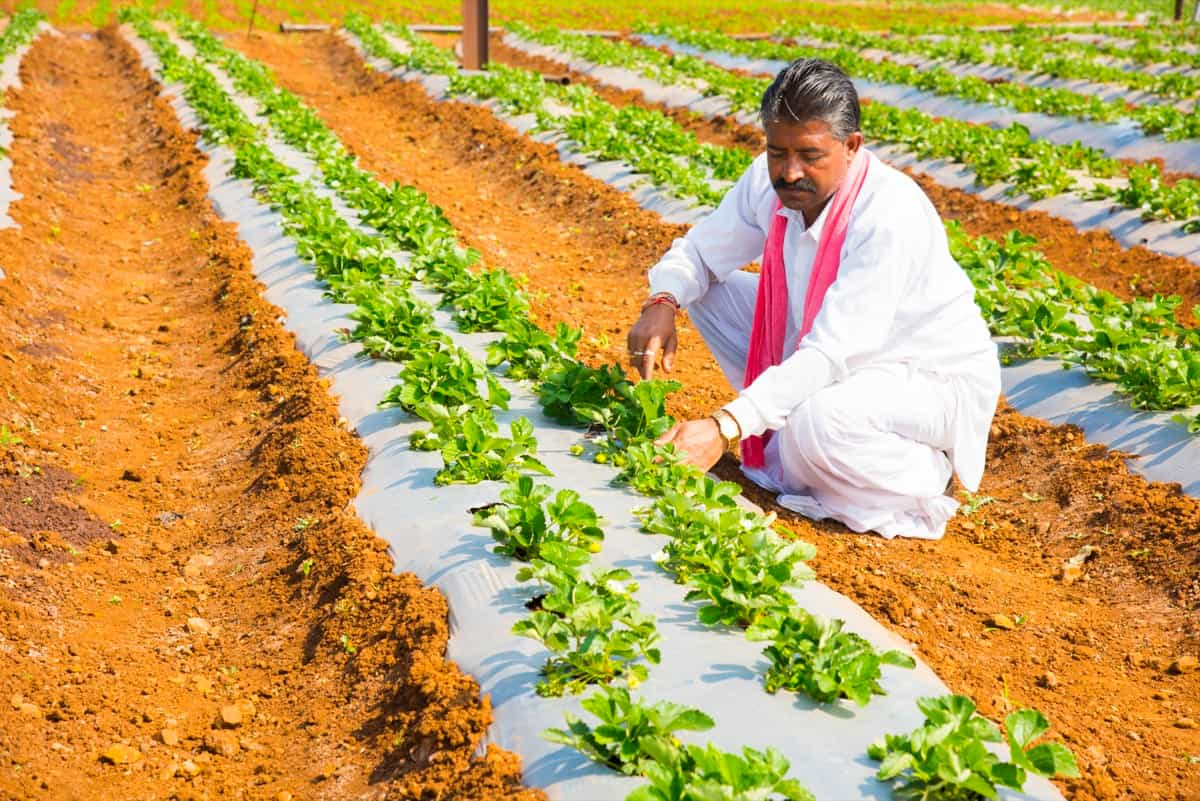
Implementing Crop Rotation in Village Organic Farming
Crop rotation is a key practice in village organic farming. It involves planting different crops in the same area in sequential seasons to maintain soil fertility and naturally reduce pests and diseases. By rotating crops, farmers can break pest cycles, prevent nutrient depletion, and improve soil structure. For example, legumes like peas or beans can fix nitrogen into the soil for the next crop to use efficiently.
Rotating deep-rooted plants with shallow-rooted ones can help break up soil layers and enhance water retention capacity. This diversity also supports beneficial microorganisms that contribute to healthy plant growth. Farmers need to plan their crop rotations carefully based on factors like plant families, nutrient requirements, and growth habits. Proper planning ensures maximum benefits while minimizing potential risks of disease buildup or nutrient deficiencies.
Village-Based Natural Pest Control Methods
Natural pest control ways play a crucial role in maintaining the health and productivity of organic farms. Instead of relying on harmful chemicals, villagers can harness the power of nature to keep pests at bay. The effective method is planting companion crops that naturally repel pests or attract beneficial insects. For example, marigolds can deter nematodes while attracting pollinators like bees. Encouraging biodiversity by creating habitats for natural predators such as ladybugs and birds helps keep pest populations in check.
Villagers can also use homemade remedies like garlic spray or neem oil to ward off common pests without harming the environment. Implementing physical barriers like nets or row covers can protect crops from insect damage without resorting to synthetic pesticides. By adopting these sustainable practices, village farmers can cultivate healthy produce while preserving the ecosystem around them.
Setting Up a Composting System in the Village
Composting is a fundamental aspect of village organic farming, turning kitchen scraps and yard waste into nutrient-rich soil amendments. Setting up a composting system in the village can be simple yet highly beneficial. Start by designating an area for composting, ideally in a spot that gets some sunlight and is easily accessible to villagers.
Encourage everyone in the community to contribute kitchen scraps, yard waste, and other biodegradable materials. To create a successful compost pile, balance green materials like fruit peels and grass clippings with brown materials. Turn the compost regularly to aerate it and speed up decomposition. Monitor the moisture levels to ensure the pile remains damp but not waterlogged.
In case you missed it: How to Control Pests and Diseases in Mushrooms: Best Way to Manage with Natural and Organic Remedies
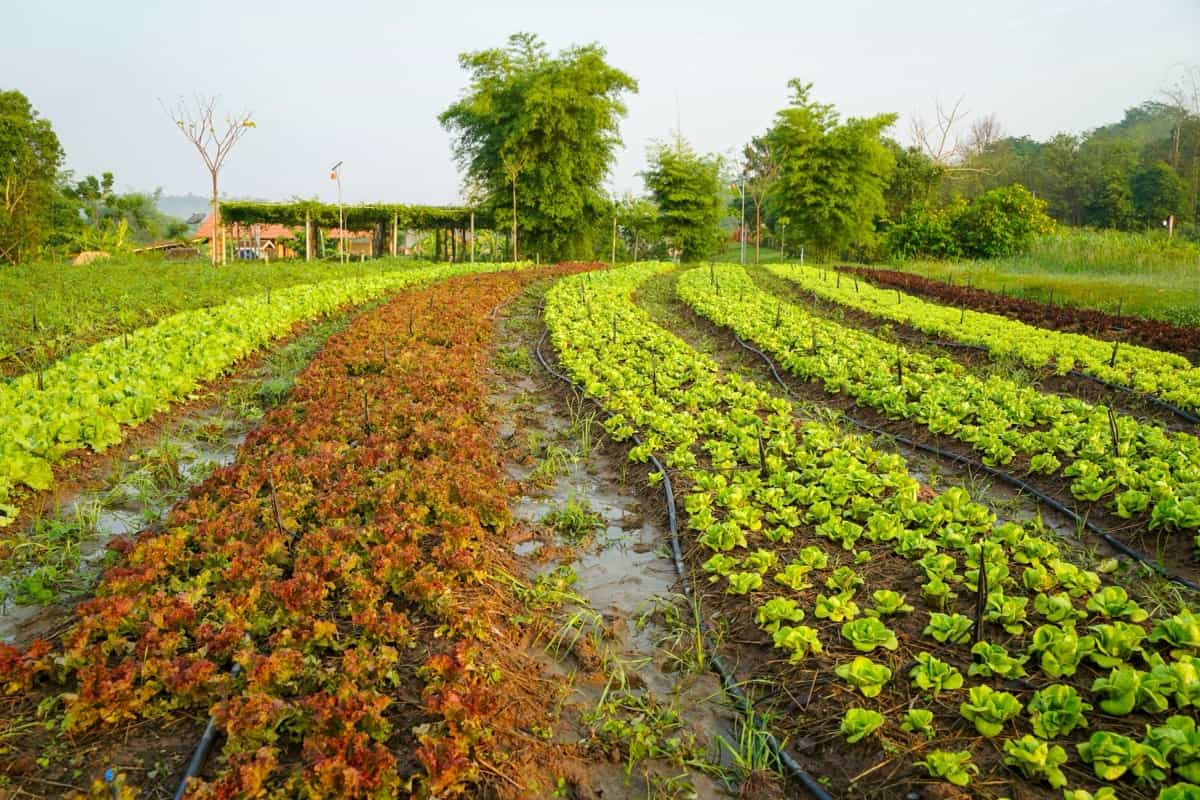
Educate villagers on the benefits of composting for both their gardens and the environment. Consider organizing workshops or demonstrations to teach proper composting techniques. Gather green materials like fruit peels, vegetable scraps, and grass clippings, along with brown materials. Layer these ingredients in the compost pile to create the perfect balance of nitrogen and carbon. Remember to regularly turn the pile to aerate it and speed up decomposition.
Water Conservation Techniques for Organic Farming in Villages
Water conservation is crucial for sustainable organic farming in villages. Implementing techniques like drip irrigation and mulching can help minimize water usage while maximizing crop yield. Drip irrigation delivers water to the plant roots, reducing evaporation and runoff. Mulching helps retain soil moisture by covering the ground with organic materials like straw or leaves. Rainwater harvesting systems are effective methods for collecting and storing water for agricultural use during dry periods.
By capturing rainwater from roofs or fields, farmers can reduce their dependency on external water sources. Utilizing cover crops also aids in retaining soil moisture and preventing erosion. Furthermore, contour farming techniques help slow down water runoff on slopes, allowing more time for absorption into the soil. Properly maintained drainage systems prevent waterlogging in fields, promoting healthy root development in crops.
Integrating Livestock and Poultry in Village Organic Farms
Integrating livestock and poultry into village organic farms is a major aspect of creating a sustainable agricultural ecosystem. By having animals on the farm, farmers can utilize their natural behaviors to help maintain soil fertility and manage pests. Chickens, for example, can provide valuable manure for composting while also helping control insects in the fields. Cows and goats can graze on cover crops, helping to fertilize the land with their droppings naturally.
In addition to providing nutrient-rich manure, animals like cows and goats can also be used for milk production or meat consumption within the village community. This creates a self-sustaining cycle where resources are utilized efficiently without relying on external inputs. By integrating livestock and poultry into village organic farms, farmers can create a holistic farming system that benefits both plant and animal life while promoting biodiversity in the local environment.
Community Involvement in Village Organic Farming Initiatives
Community involvement is important in the success of village organic farming initiatives. When villagers come together to support and participate in these initiatives, it creates a sense of unity and shared responsibility. Engaging community members in various aspects of organic farming, such as planting, weeding, harvesting, and composting, fosters a strong bond between individuals and the land they cultivate.
In case you missed it: Leaf Spot Management in Plants: Causes, Symptoms, and How to Treat With Natural and Organic Remedies
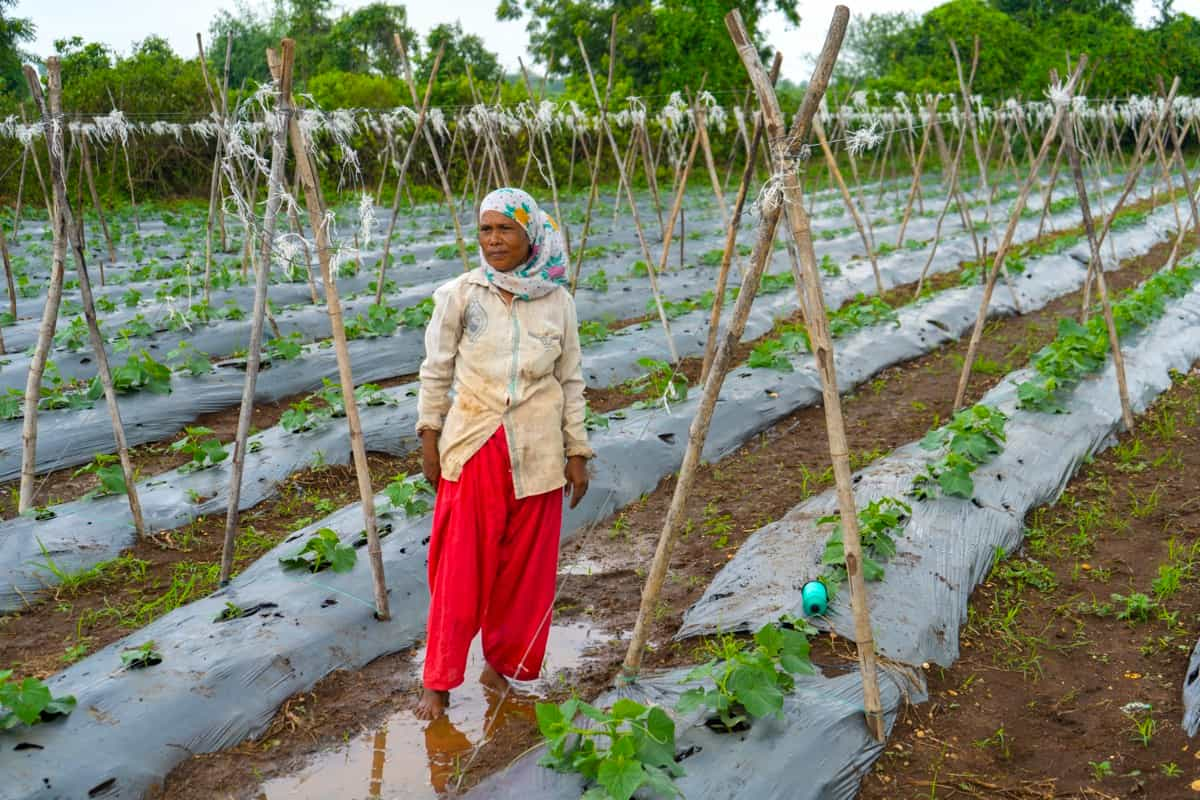
Organizing workshops, training sessions, and field days can further educate villagers on the benefits of organic practices while providing them with hands-on experience. Encouraging collaboration among farmers enables knowledge-sharing and promotes innovation within the community. By working together towards sustainable agriculture practices, villages can create a good environment.
Creating a Market for Village Organic Produce
Building partnerships with local markets, restaurants, and cooperatives can help increase the visibility of village organic products. By showcasing the freshness and quality of their produce, villagers can attract more consumers who value sustainable agriculture. Engaging in farmer’s markets or setting up direct sales points in villages can also create a direct link between growers and consumers. This not only fosters trust but also allows farmers to obtain fair prices for their hard work.
Promoting village organic produce through social media platforms or community events can further raise awareness about the benefits of choosing locally-grown, chemical-free foods. Encouraging word-of-mouth referrals from satisfied customers can also help expand the market reach.
Government Programs and Support for Village Organic Farmers
Government programs play an important role in supporting village organic farmers. These initiatives provide financial assistance, training, and resources to help farmers transition to sustainable practices. By partnering with the government, villagers can access important information on organic farming techniques and receive guidance on obtaining certifications.
Additionally, government support often includes subsidies for organic inputs such as seeds, fertilizers, and pest control methods. This helps reduce the financial burden on small-scale farmers who are making the switch to organic agriculture. Furthermore, governmental policies may incentivize the purchase of organic produce or prioritize sourcing from local village farms. These programs foster collaboration between policymakers and rural communities and contribute to sustainable agriculture growth in villages.
Training and Educating Village Farmers on Organic Practices
Training and educating village farmers is crucial for the success of sustainable agriculture initiatives. By providing workshops and hands-on training sessions, farmers can learn about the benefits of organic farming methods and how to implement them effectively in their fields. These educational programs focus on topics such as soil health management, crop rotation techniques, natural pest control methods, and composting practices. Village farmers gain valuable knowledge that helps them improve their yields while reducing reliance on chemical inputs.
In case you missed it: How to Control Common Plant Pests: Homemade Natural and Organic Remedies to Prevent Plant Bugs
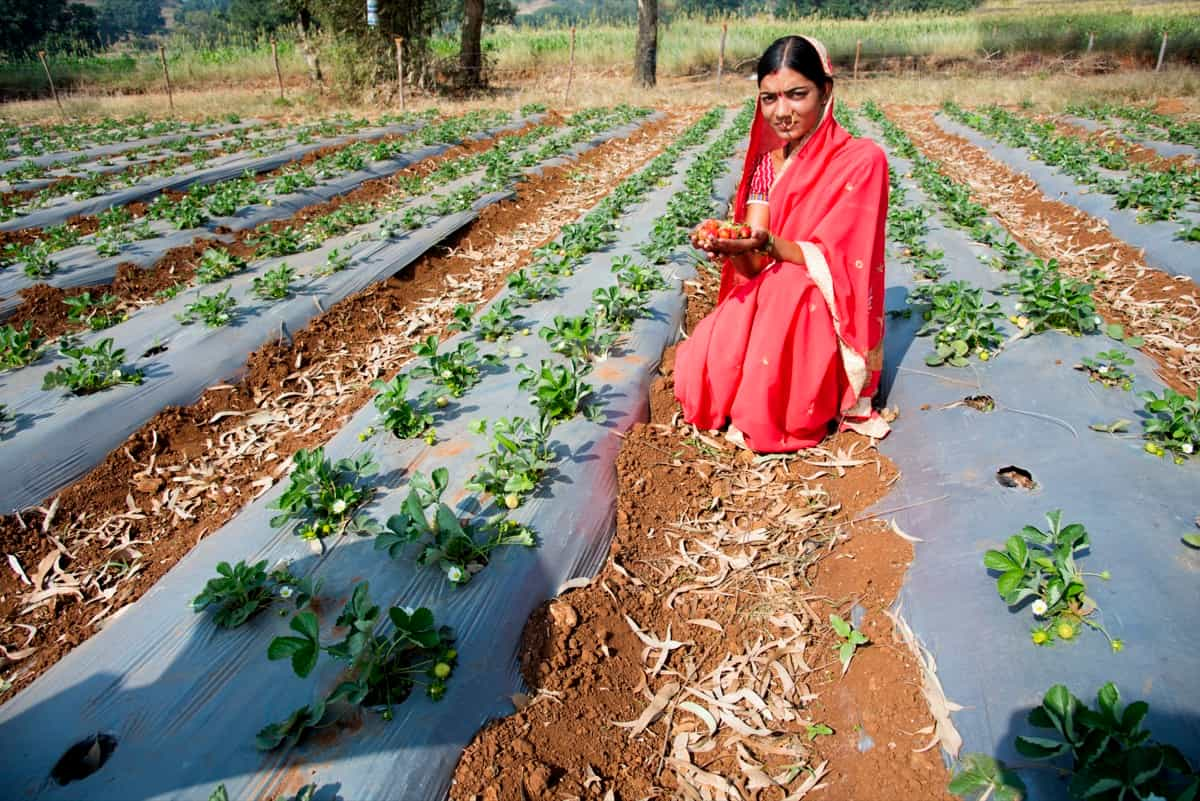
Through interactive learning experiences, farmers develop a deeper understanding of their farms’ ecosystems and the importance of biodiversity in maintaining a healthy agricultural system. By adopting organic practices, they contribute to environmental conservation efforts while producing high-quality crops that are free from harmful chemicals. Continued education and support are key components in fostering a community of knowledgeable and skilled organic farmers who can lead by example in promoting sustainable agriculture practices within their villages.
Overcoming Challenges in Village Organic Farming: Practical Solutions
Village organic farming challenges can be daunting, but there are practical solutions that farmers can implement to overcome them. One common challenge is the lack of access to organic inputs and resources. Farmers can address this by creating compost from farm waste and utilizing natural fertilizers like manure from livestock.
Another obstacle is pest management without synthetic chemicals. Villagers can employ companion planting techniques or introduce beneficial insects to control pests naturally. Additionally, limited knowledge and training on organic practices hinder progress. Encouraging local workshops and educational programs within the community can help bridge this gap. Weather variability poses a significant challenge for farmers relying on nature for crop cultivation.
With the right knowledge, resources, and support systems in place, village farmers can overcome challenges and cultivate bountiful harvests while preserving their land for future generations to come. Village organic farming is important because it provides fresh, nutritious produce while safeguarding the health of both people and the planet.
- Comprehensive Guide to Organic Farming in Villages
- Modern Sheep Farming Technology: The Future of Sheep Husbandry
- Goat Farming Technology: The Future of Goat Husbandry
- How to Build a Low-budget Goat Shed: Cheap Ideas and Tips
- Goat Farming Training Programs in India: A Beginner’s Guide
- Types of Pesticides Used in Agriculture: A Beginner’s Guide
- Economical Aquaculture: A Guide to Low-Budget Fish Farming
- 15 Common Planting Errors That Can Doom Your Fruit Trees
- How to Make Houseplants Bushy: Effective Tips and Ideas
- Innovative Strategies for Boosting Coconut Pollination and Yield
- Pollination Strategies for Maximum Pumpkin Yield
- The Complete Guide to Chicken Fattening: Strategies for Maximum Growth
- Natural Solutions for Tulip Problems: 100% Effective Remedies for Leaf and Bulb-Related Issues
- Revolutionizing Citrus Preservation: Towards a Healthier, Greener Future
- Natural Solutions for Peony Leaf and Flower Problems: 100% Effective Remedies
- Maximizing Profits with Avocado Contract Farming in India: A Comprehensive Guide
- Natural Solutions for Hydrangea Problems: 100% Effective Remedies for Leaf and Flowers
- The Ultimate Guide to Choosing the Perfect Foliage Friend: Bringing Life Indoors
- From Sunlight to Sustainability: 15 Ways to Use Solar Technology in Agriculture
- The Ultimate Guide to Dong Tao Chicken: Exploring from History to Raising
- The Eco-Friendly Makeover: How to Convert Your Unused Swimming Pool into a Fish Pond
- Mastering the Art of Delaware Chicken Farming: Essentials for Healthy Backyard Flocks
- 20 Best Homemade Fertilizers for Money Plant: DIY Recipes and Application Methods
- How to Craft a Comprehensive Free-Range Chicken Farming Business Plan
- Brighten Your Flock: Raising Easter Egger Chickens for Beauty and Bounty
- How to Optimize Your Poultry Egg Farm Business Plan with These Strategies
- Subsidy for Spirulina Cultivation: How Indian Government Schemes Encouraging Spirulina Farmers
- Ultimate Guide to Raising Dominique Chickens: Breeding, Feeding, Egg-Production, and Care
- Mastering the Art of Raising Jersey Giant Chickens: Care, Feeding, and More
- Ultimate Guide to Raising Legbar Chickens: Breeding, Farming Practices, Diet, Egg-Production
- How to Raise Welsummer Chickens: A Comprehensive Guide for Beginners
- How to Protect Indoor Plants in Winter: A Comprehensive Guide
- Ultimate Guide to Grow Bag Gardening: Tips, Tricks, and Planting Ideas for Urban Gardeners
- Guide to Lotus Cultivation: How to Propagate, Plant, Grow, Care, Cost, and Profit
- Agriculture Drone Subsidy Scheme: Government Kisan Subsidy, License, and How to Apply Online
- Ultimate Guide to Raising Araucana Chickens: Breed Profile, Farming Economics, Diet, and Care
